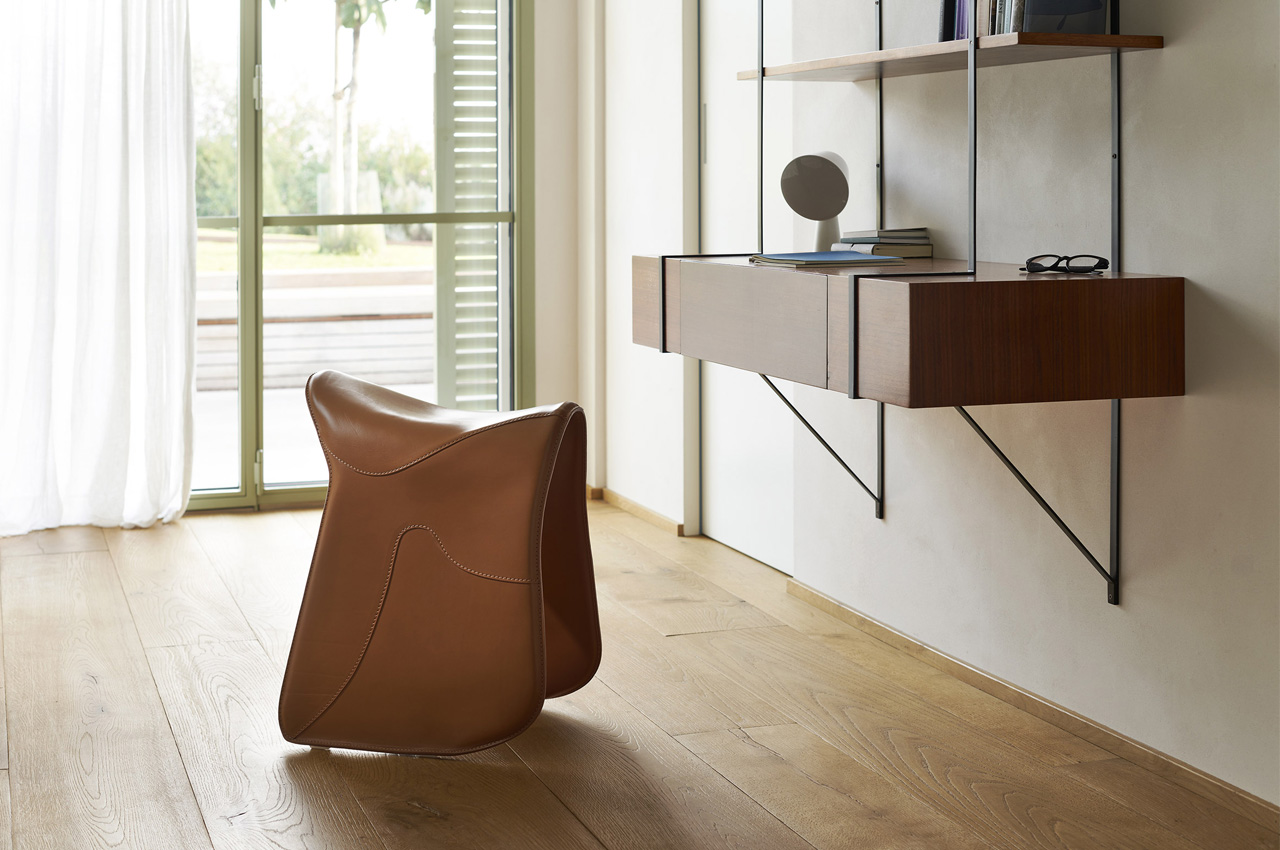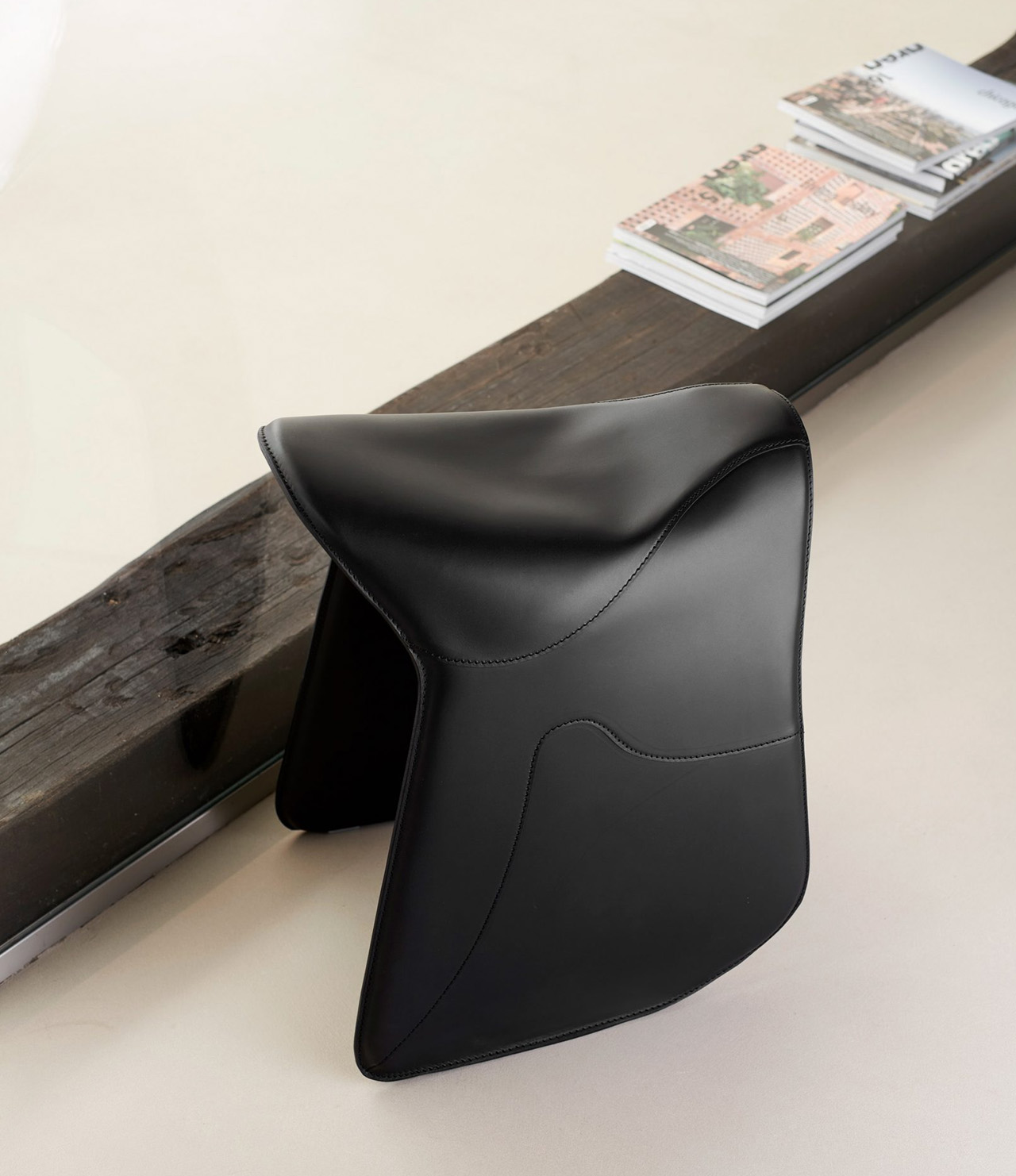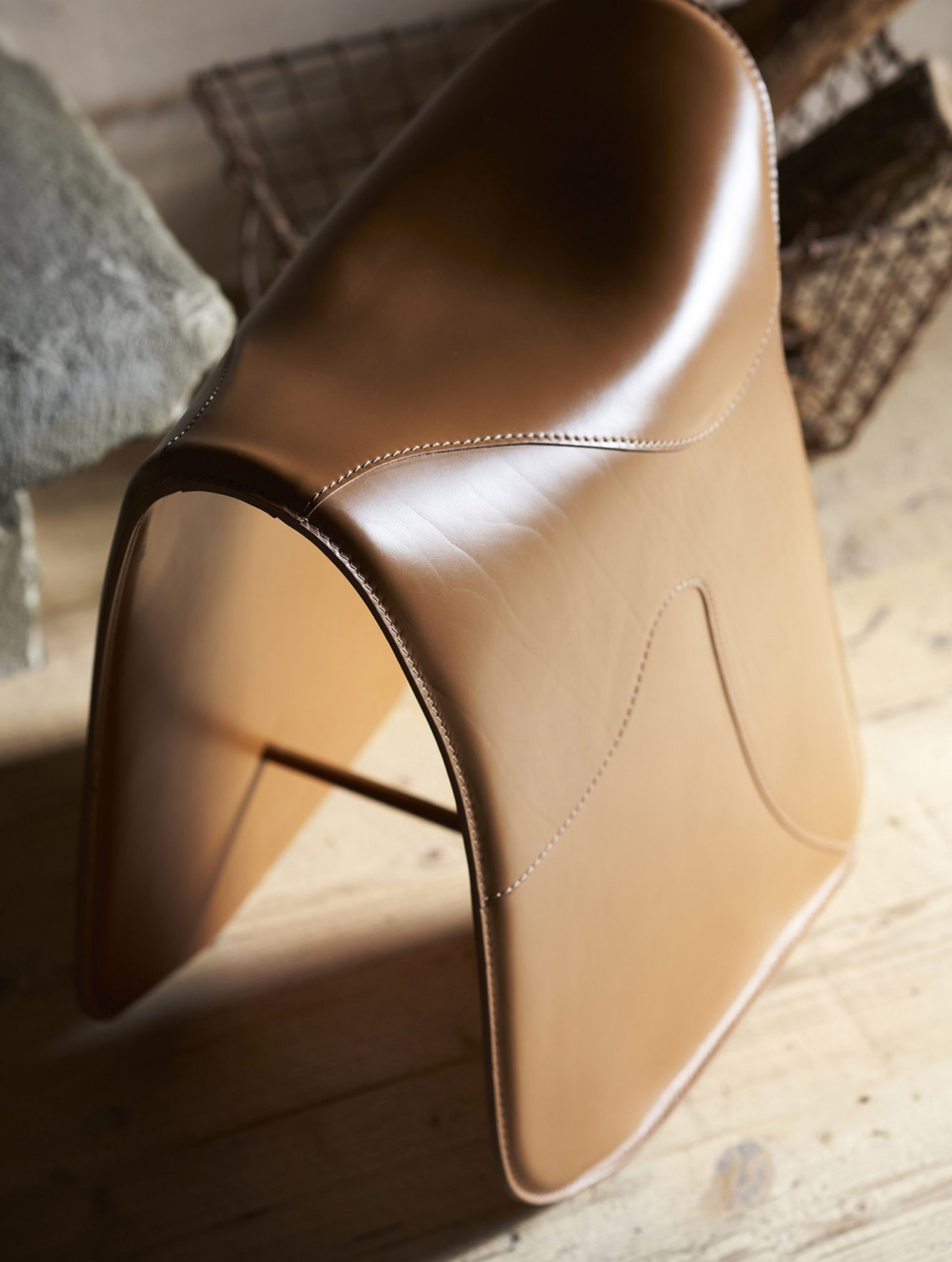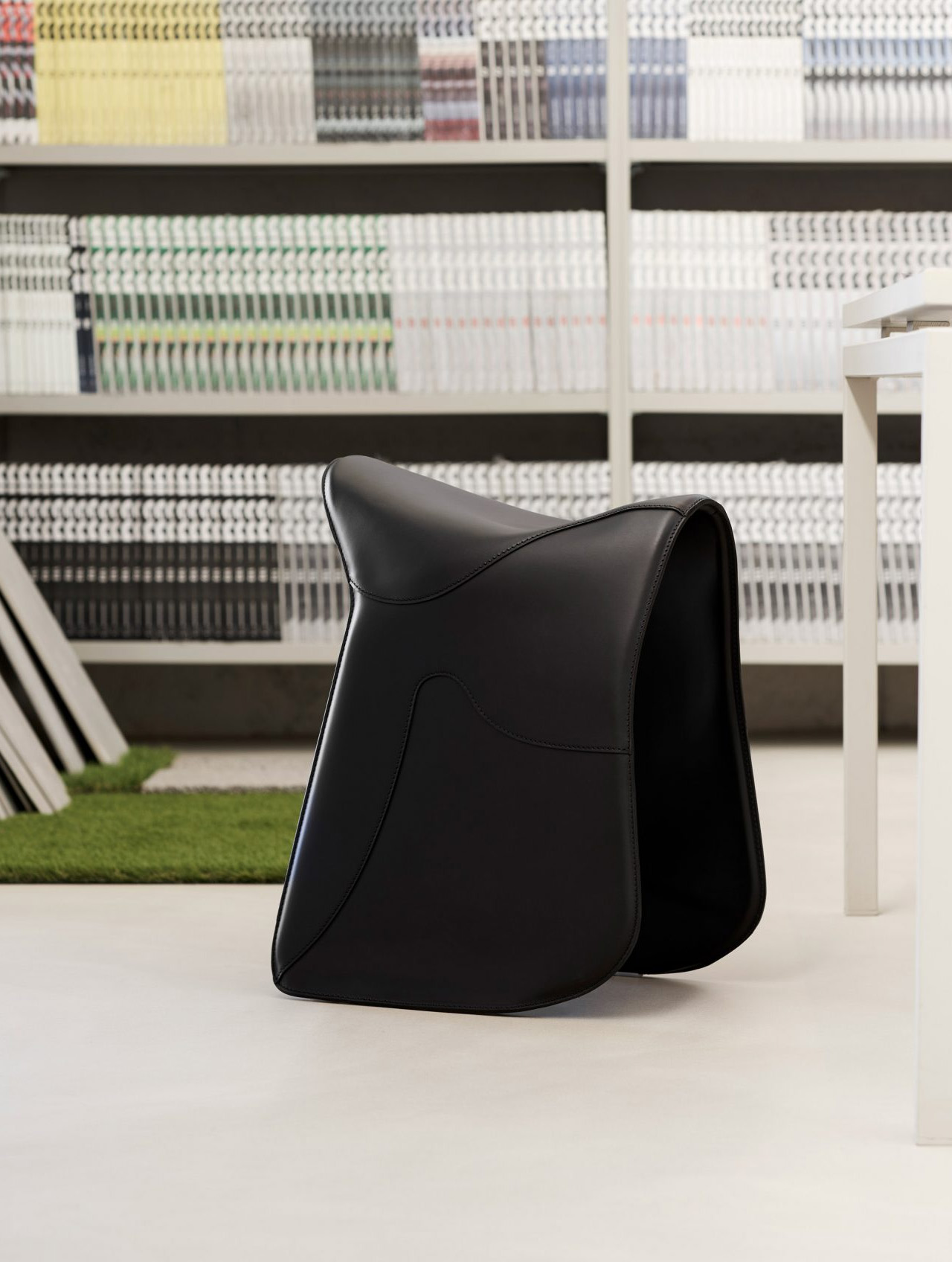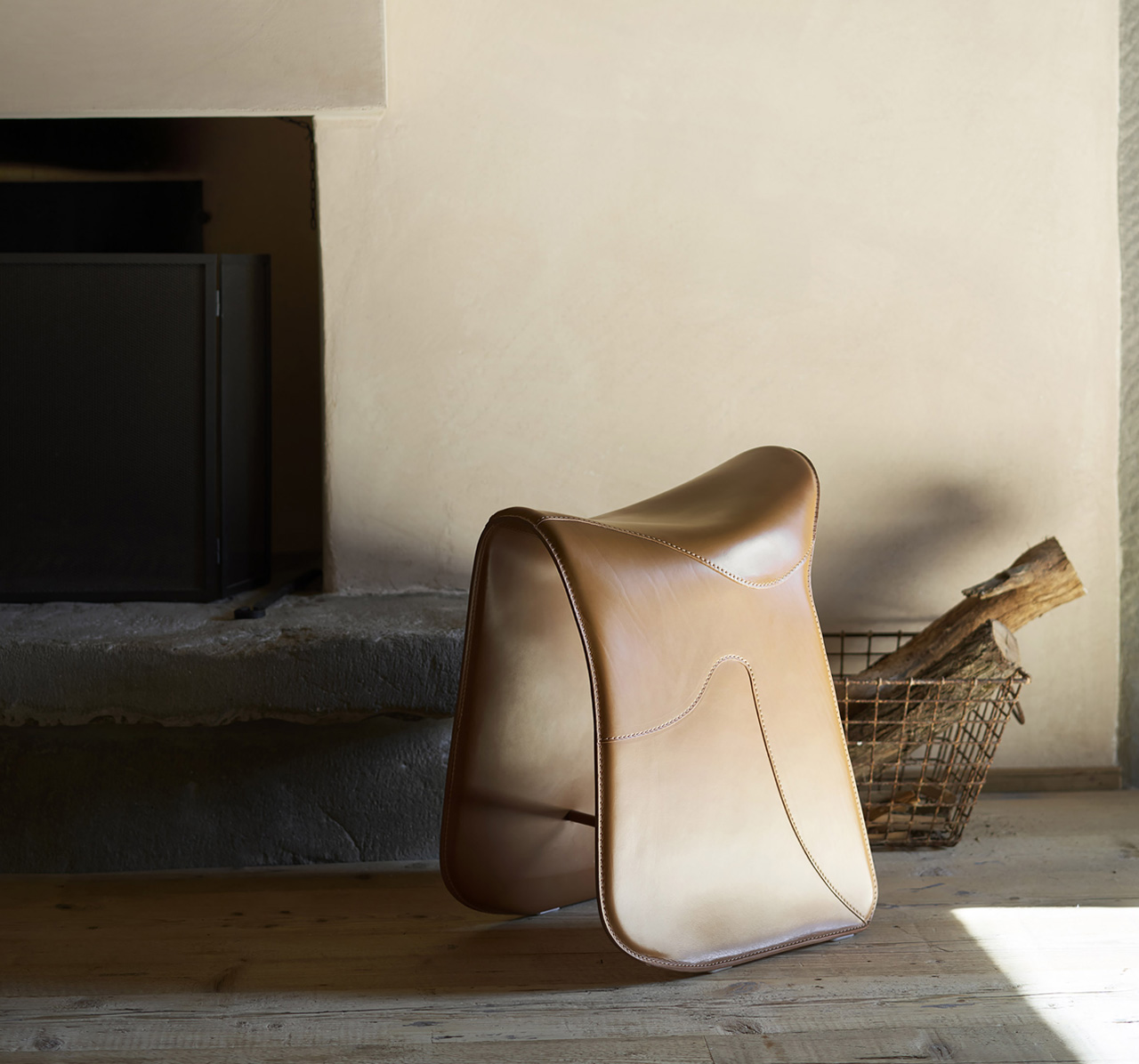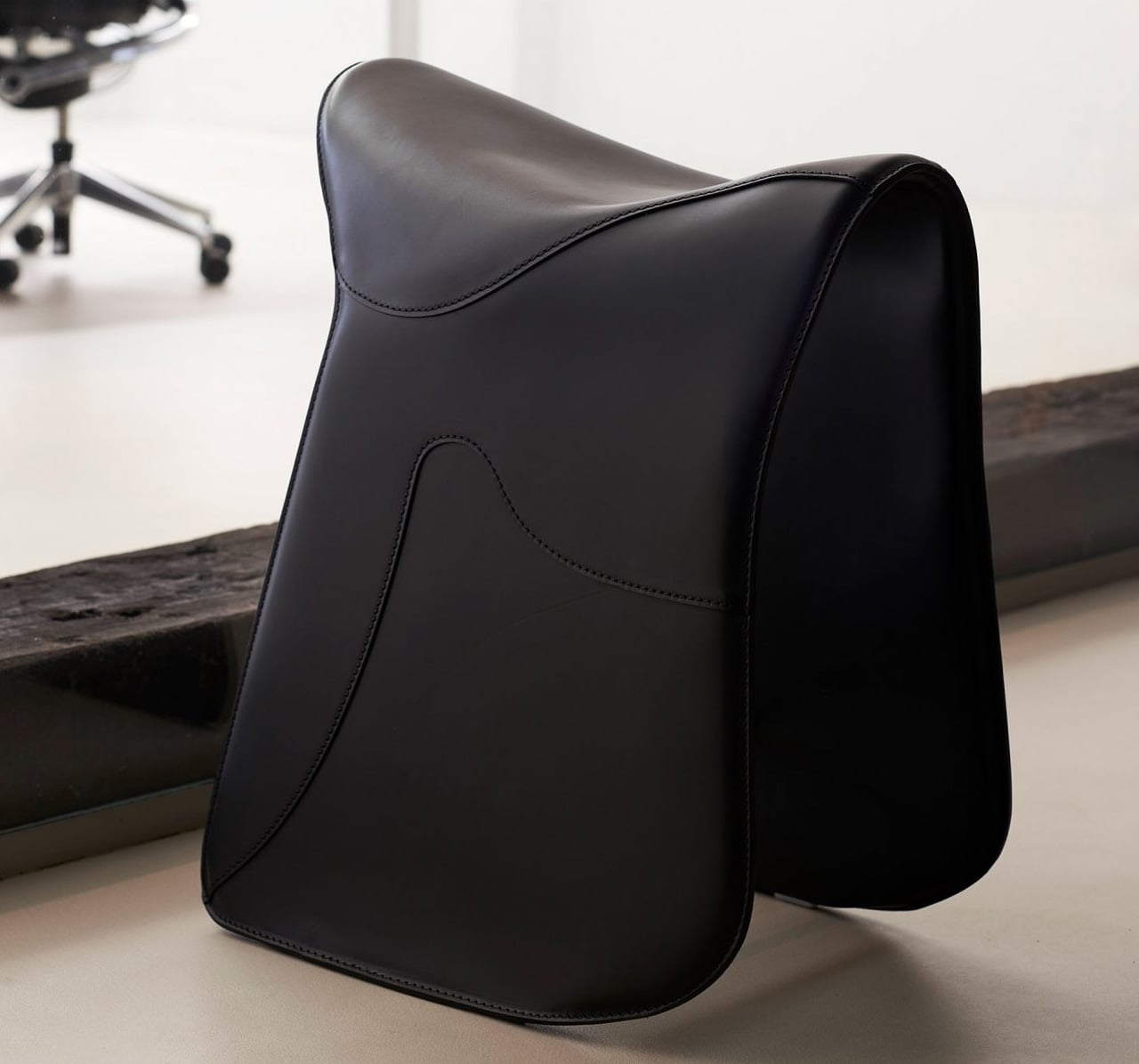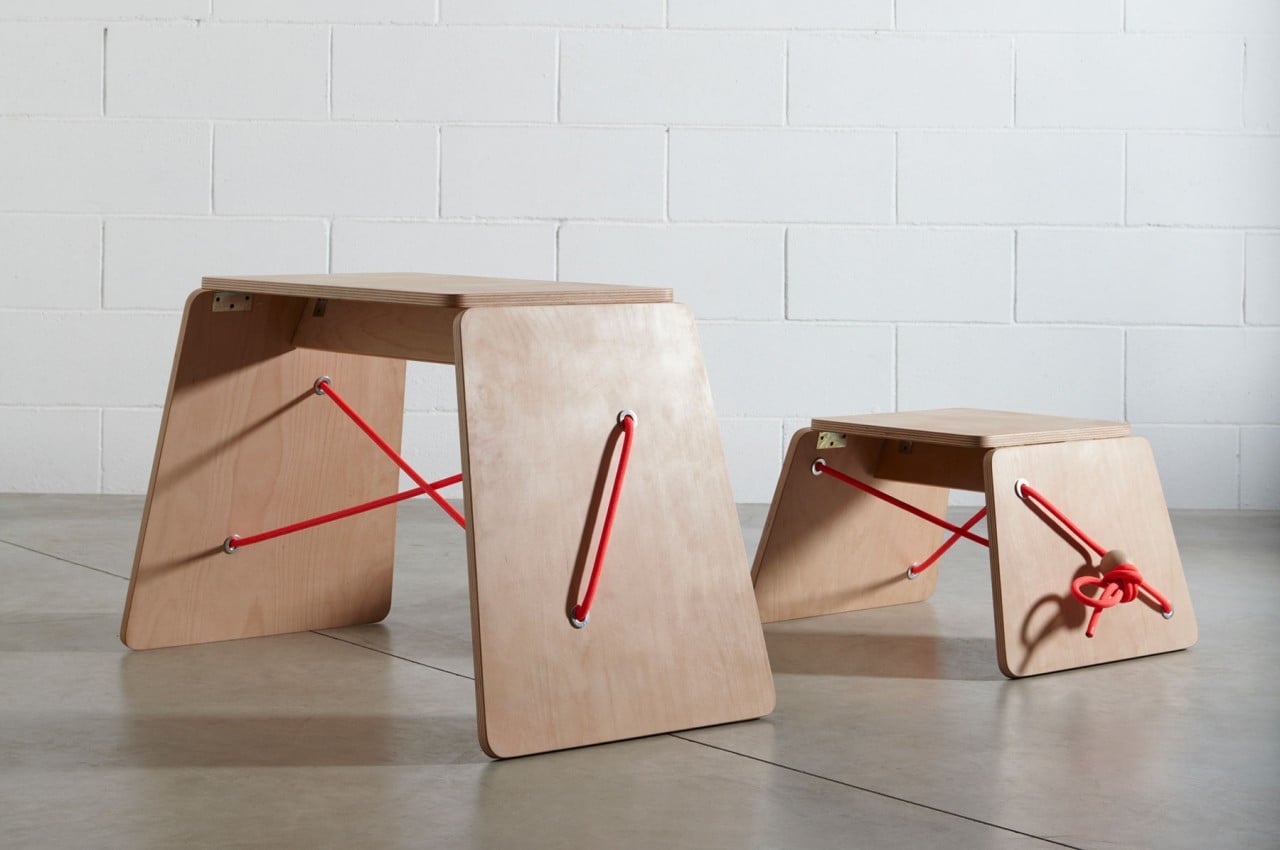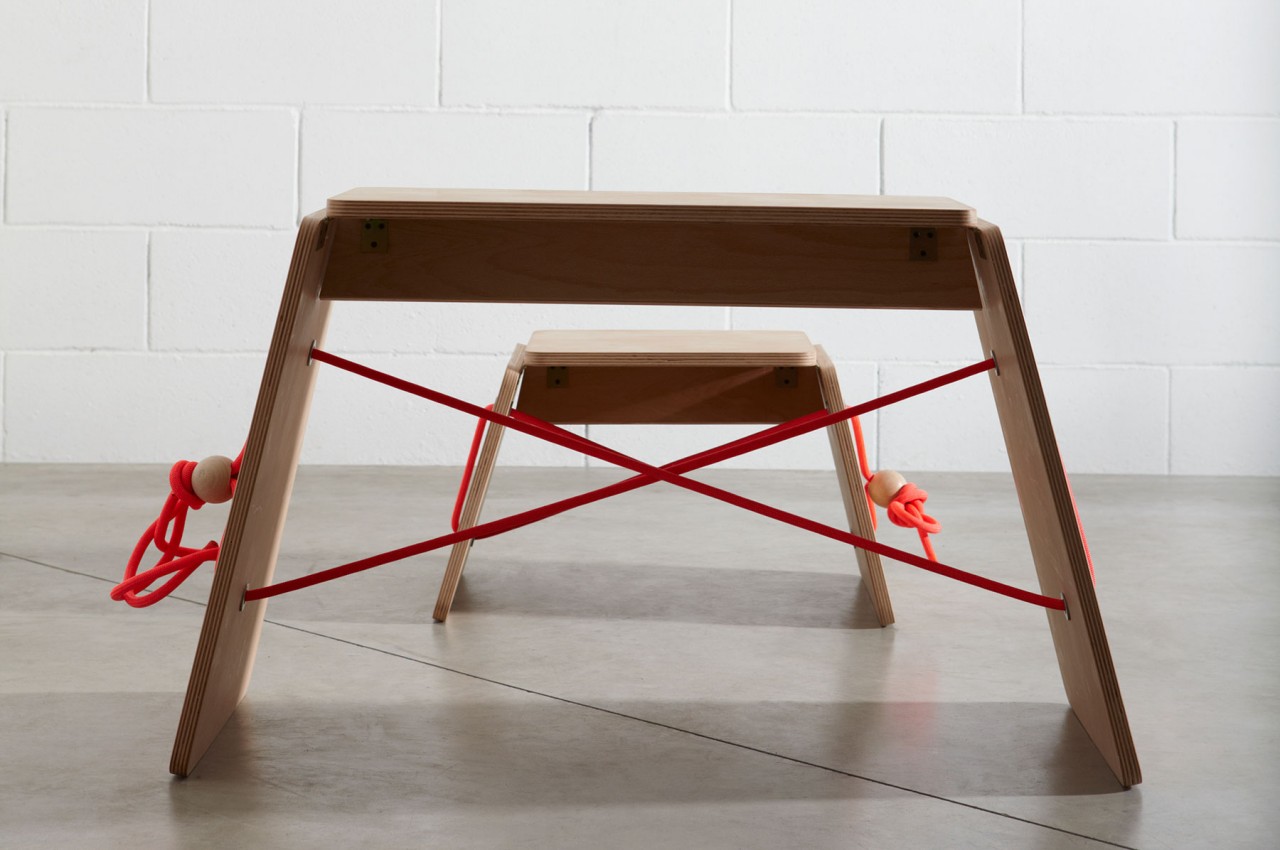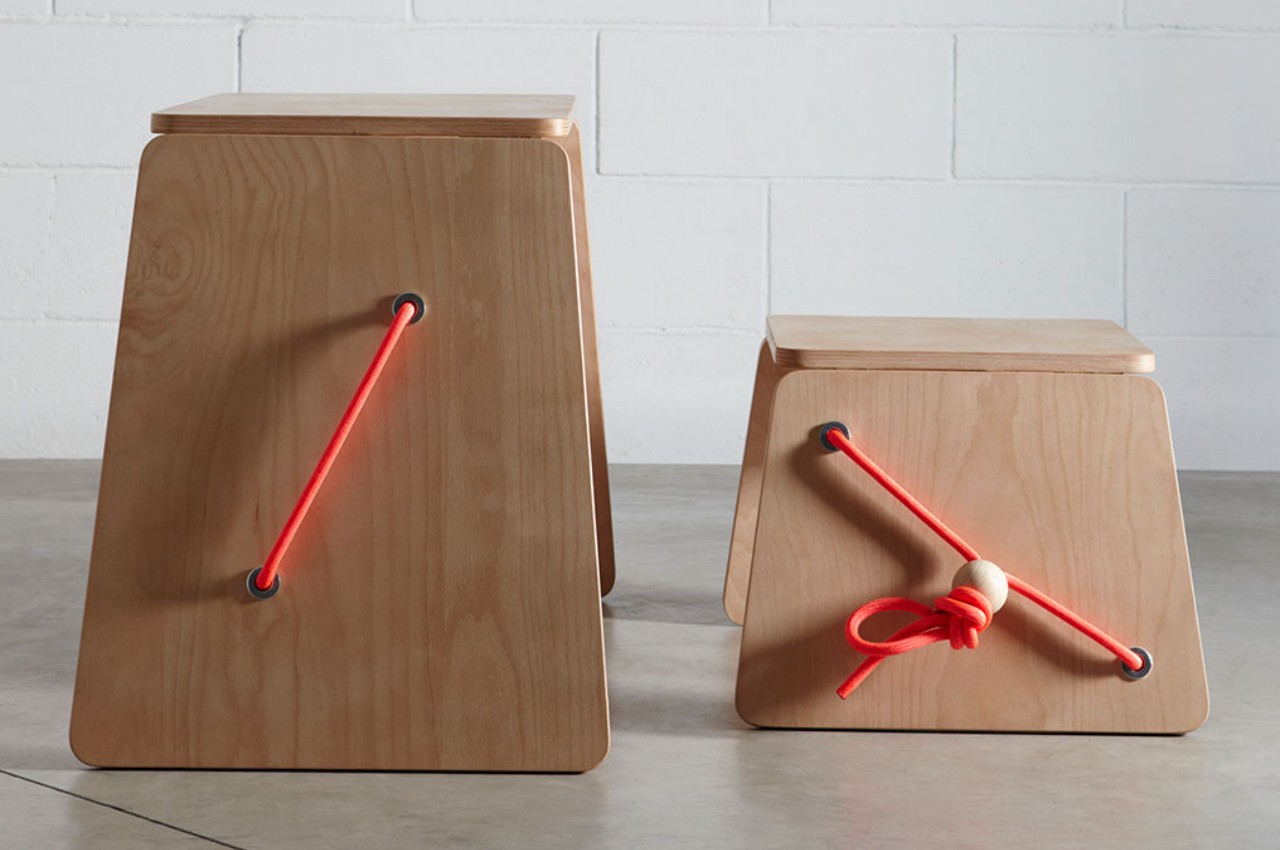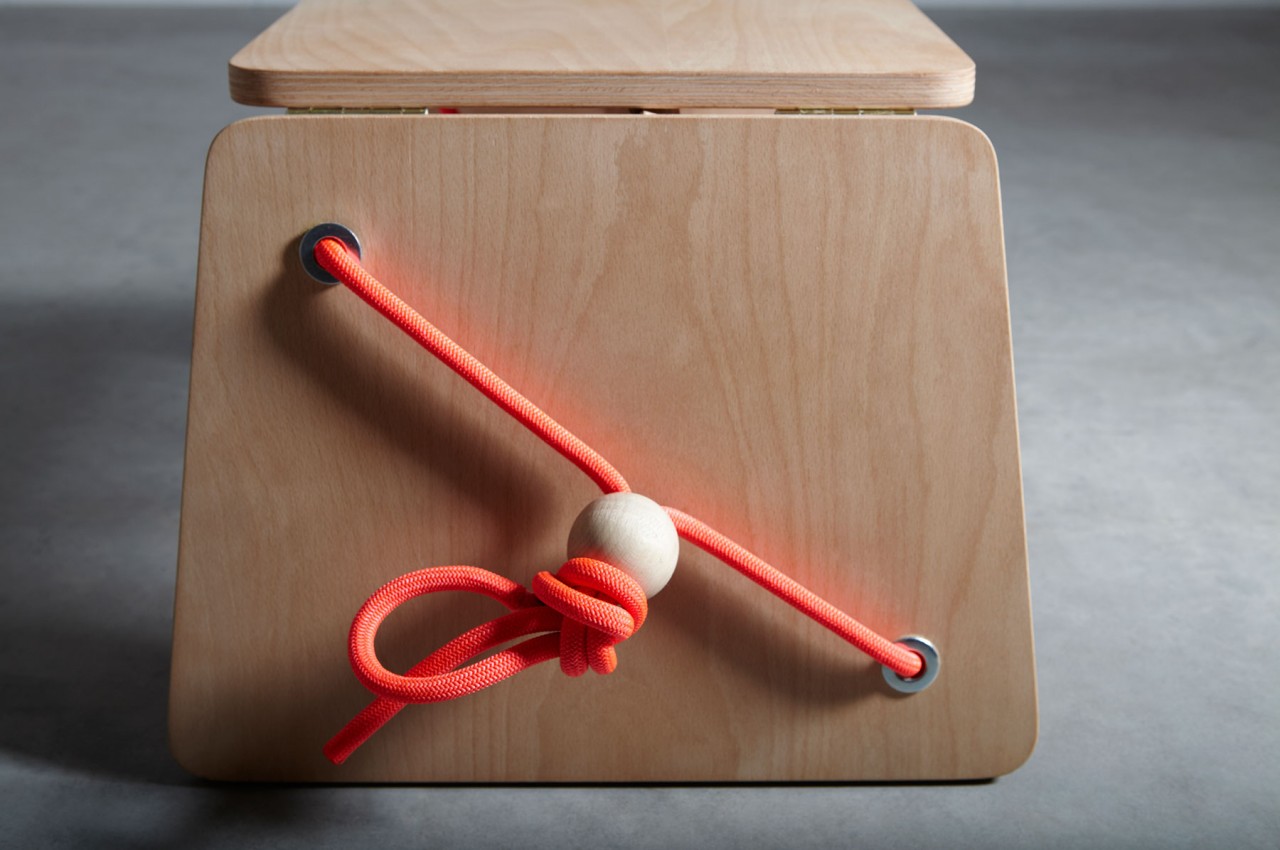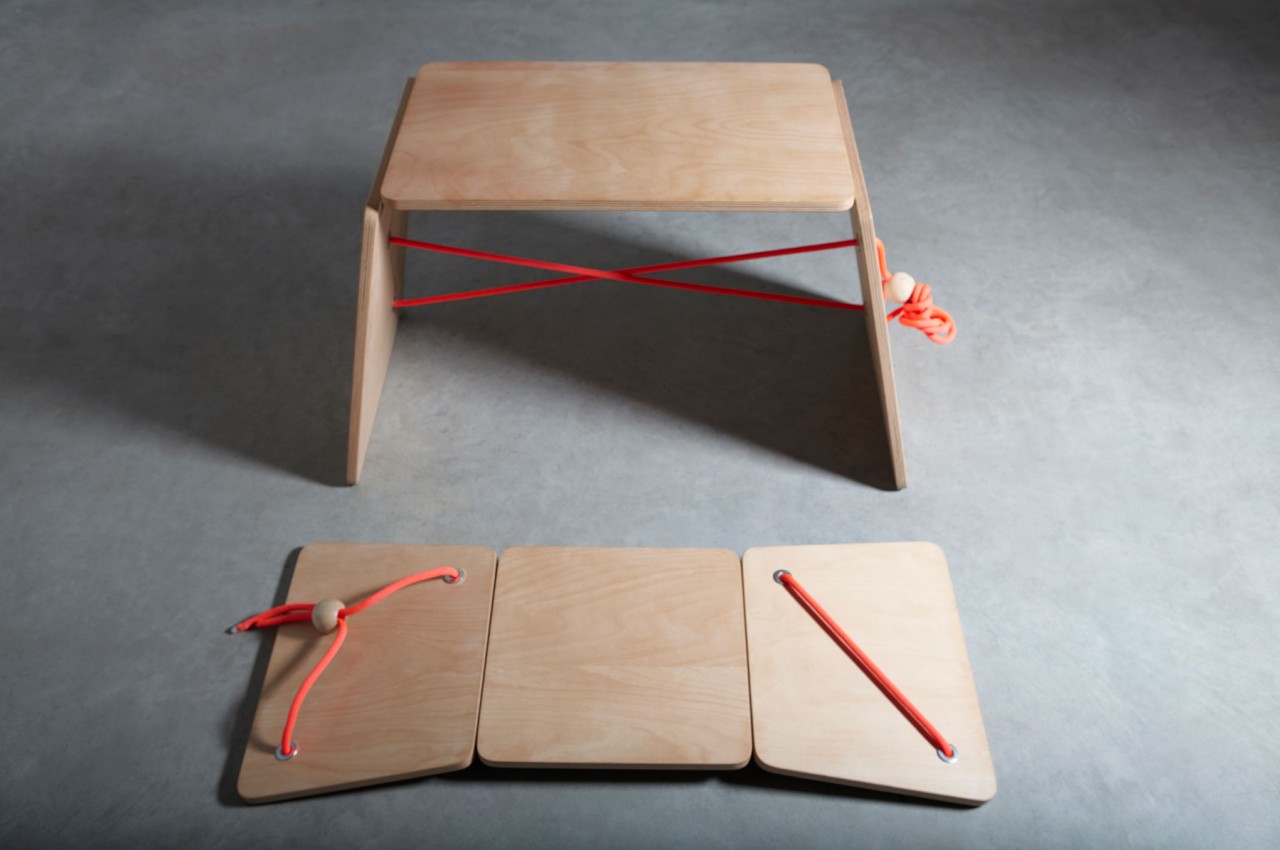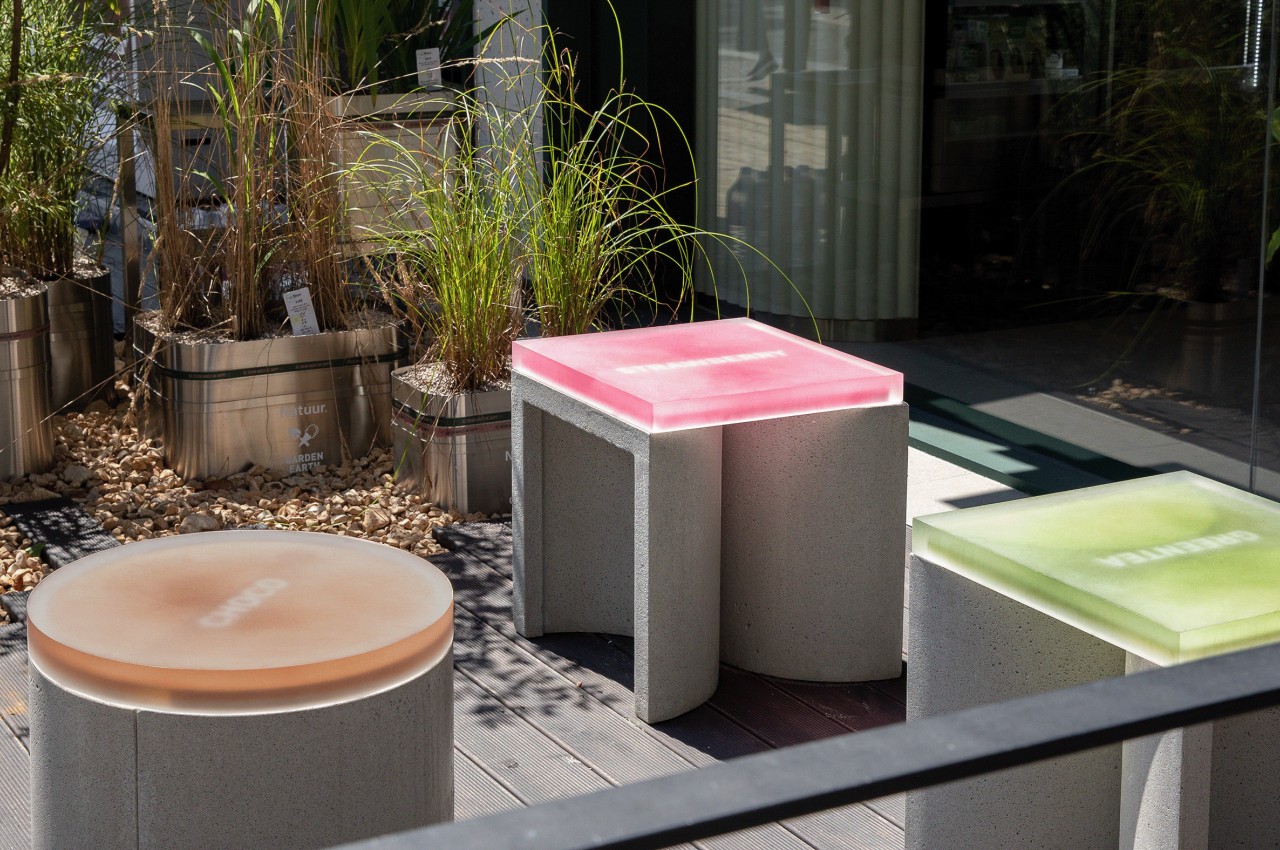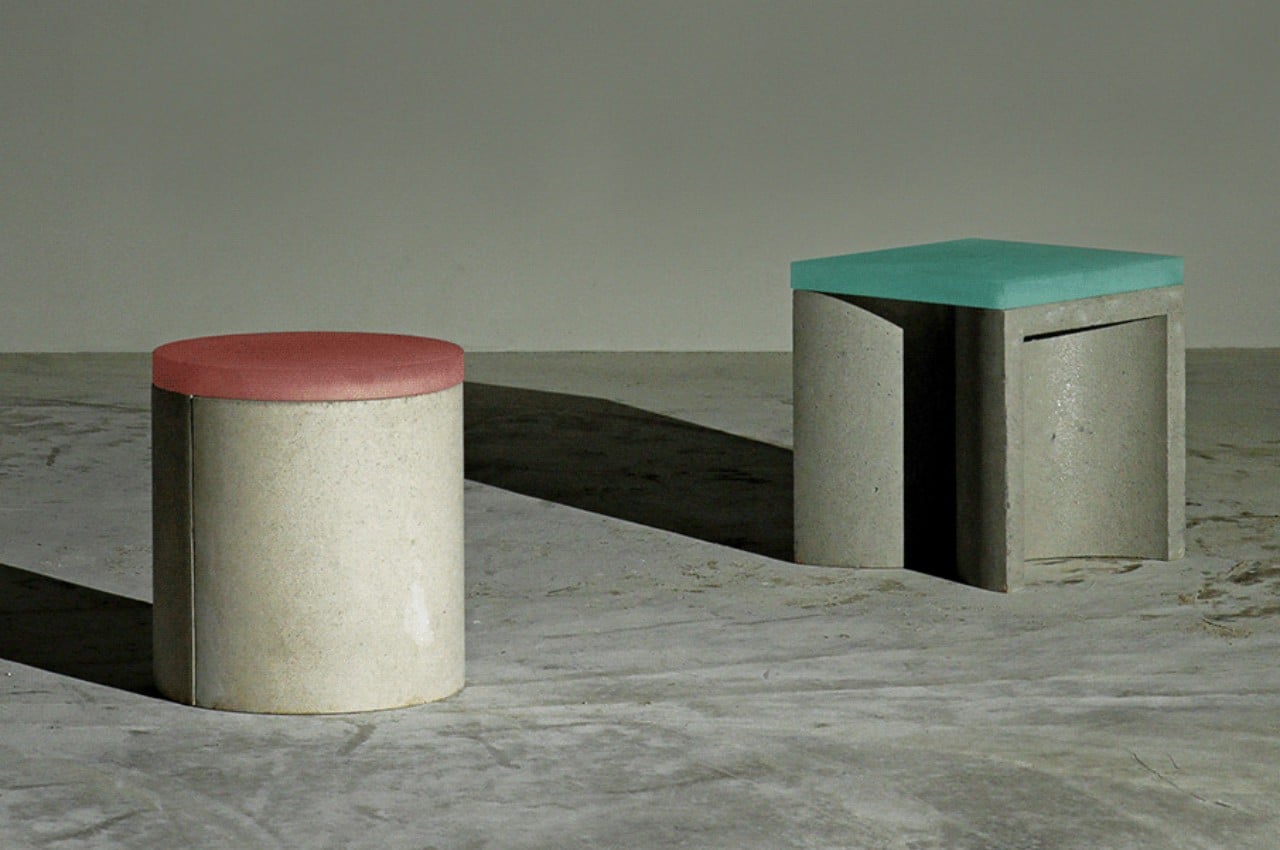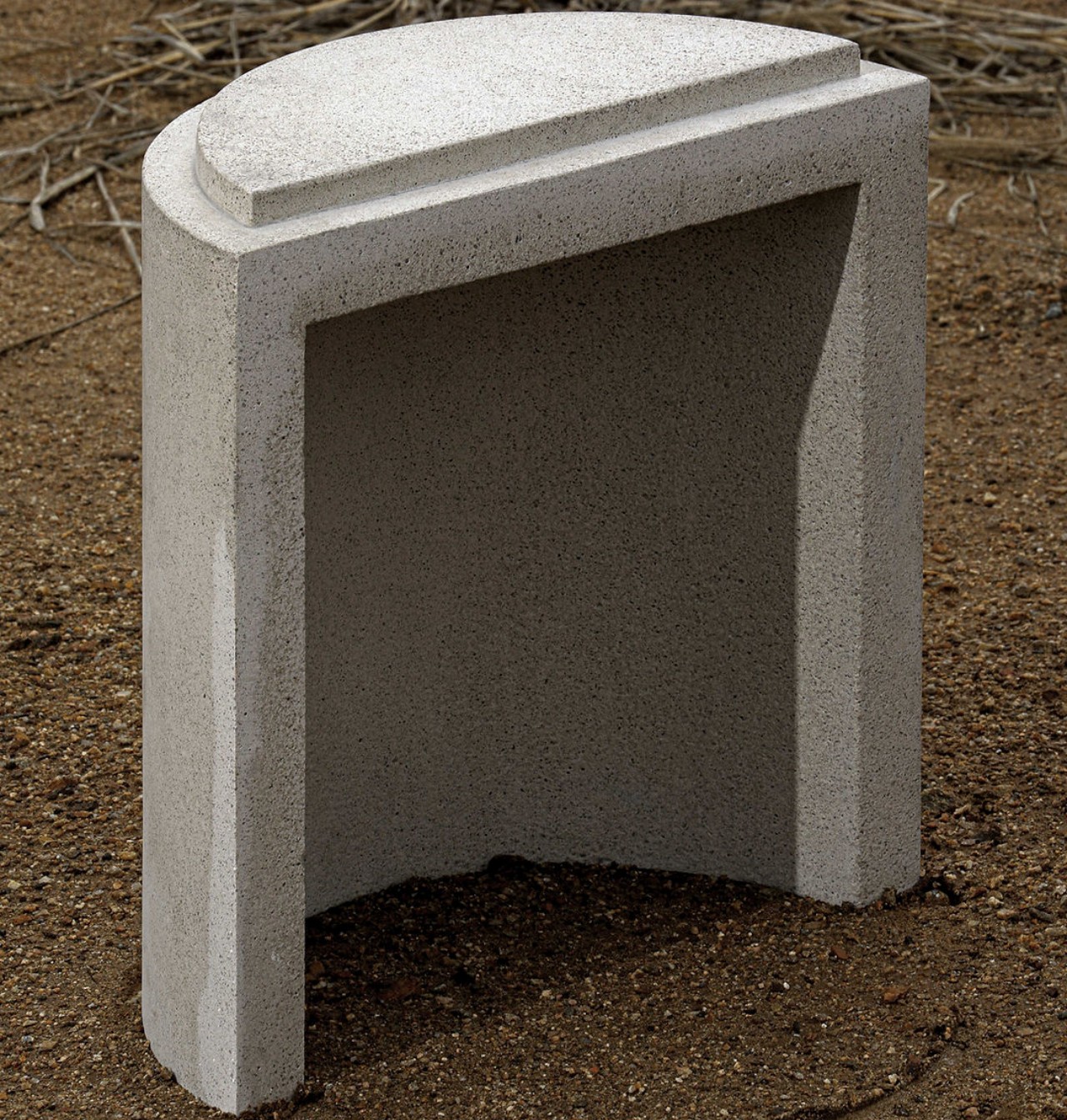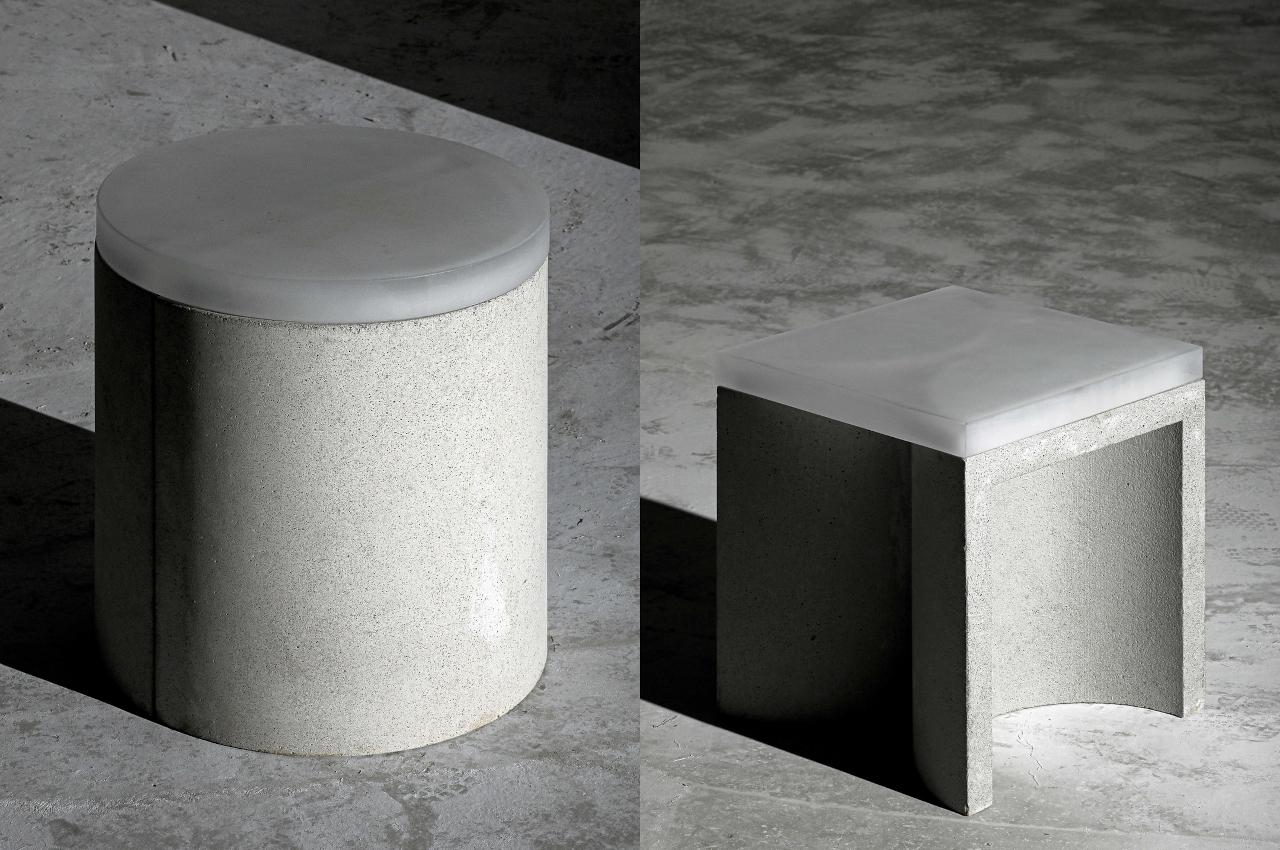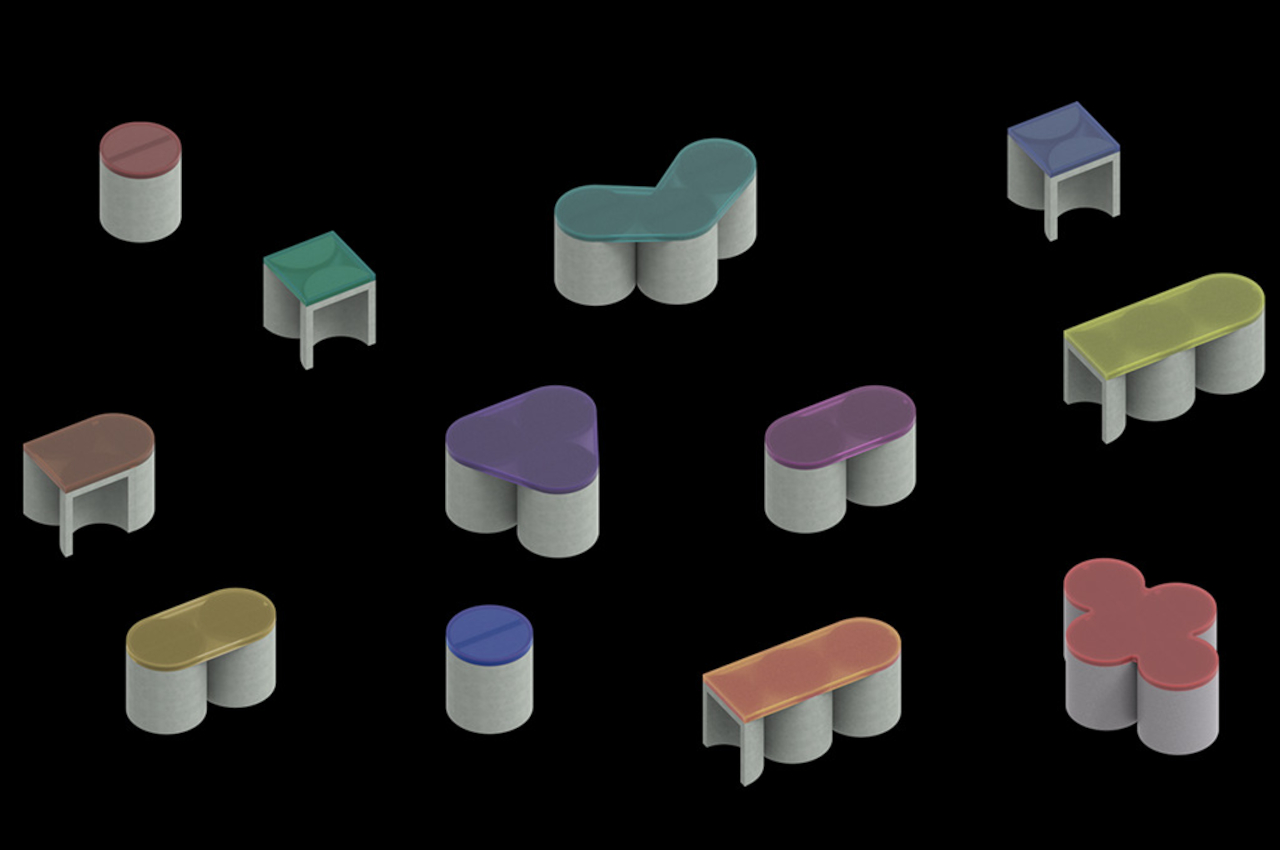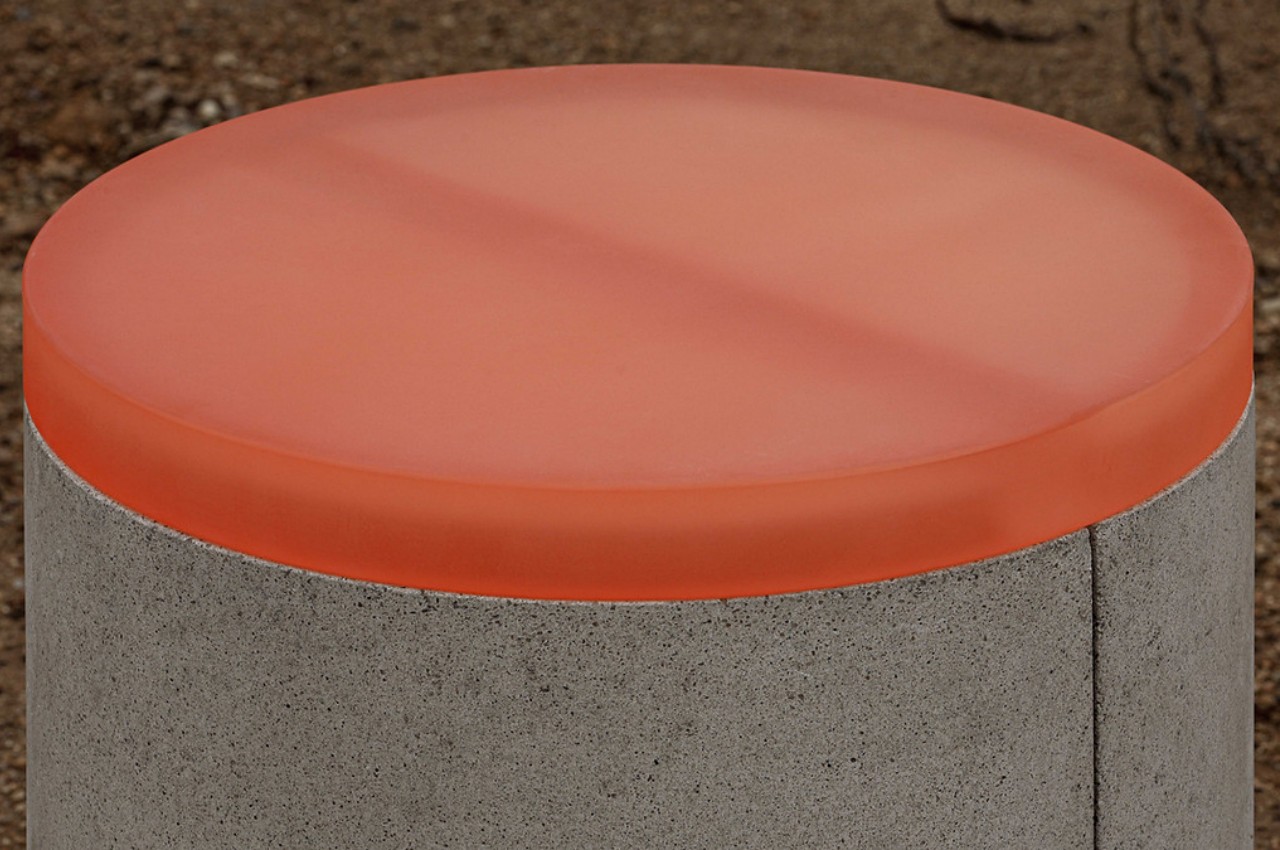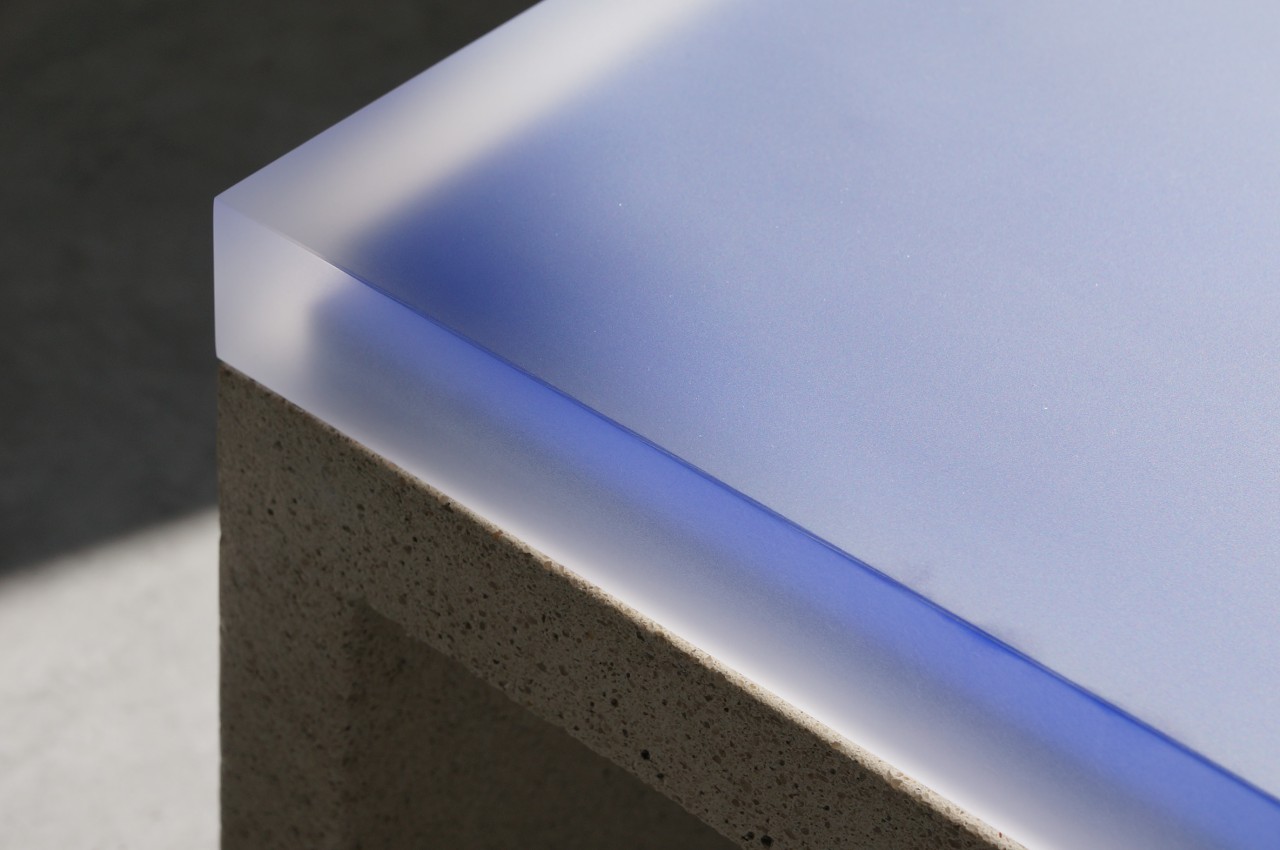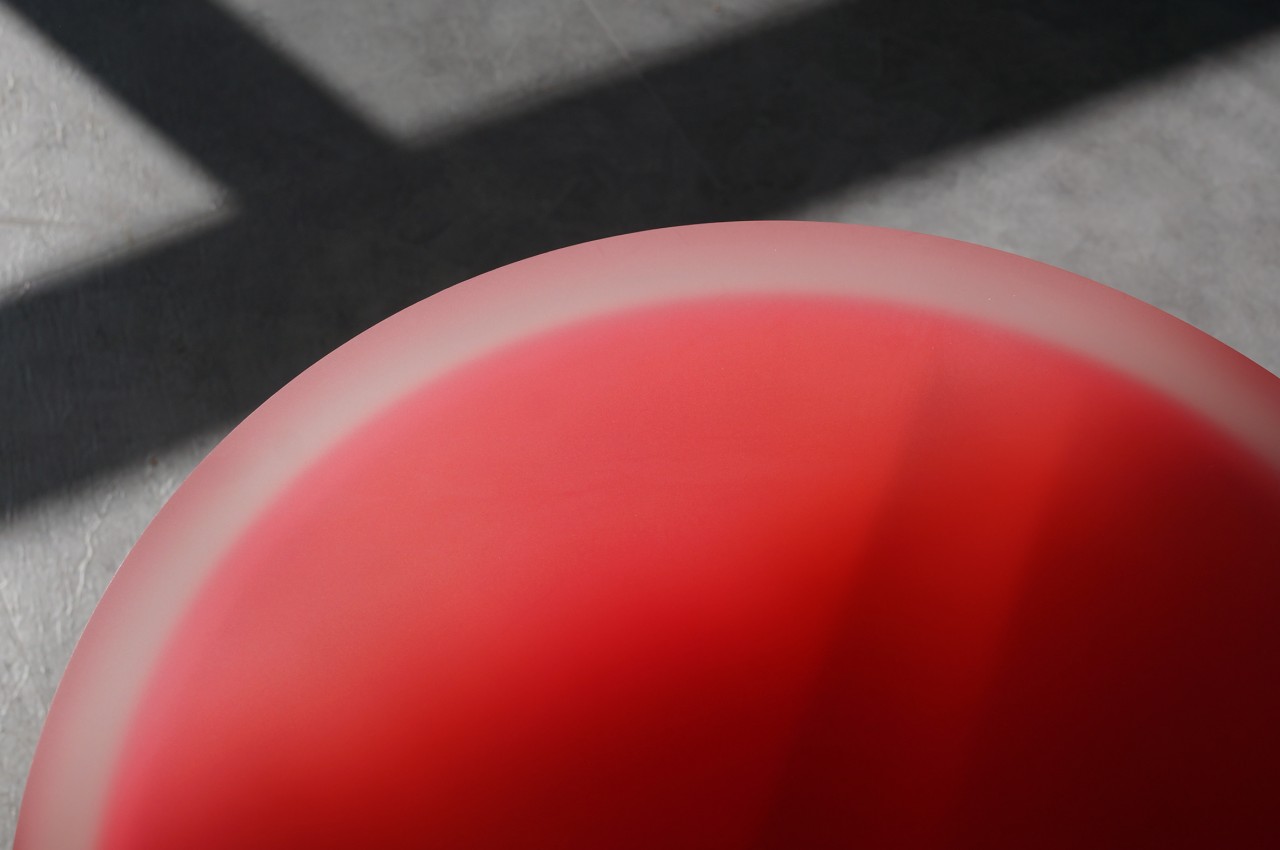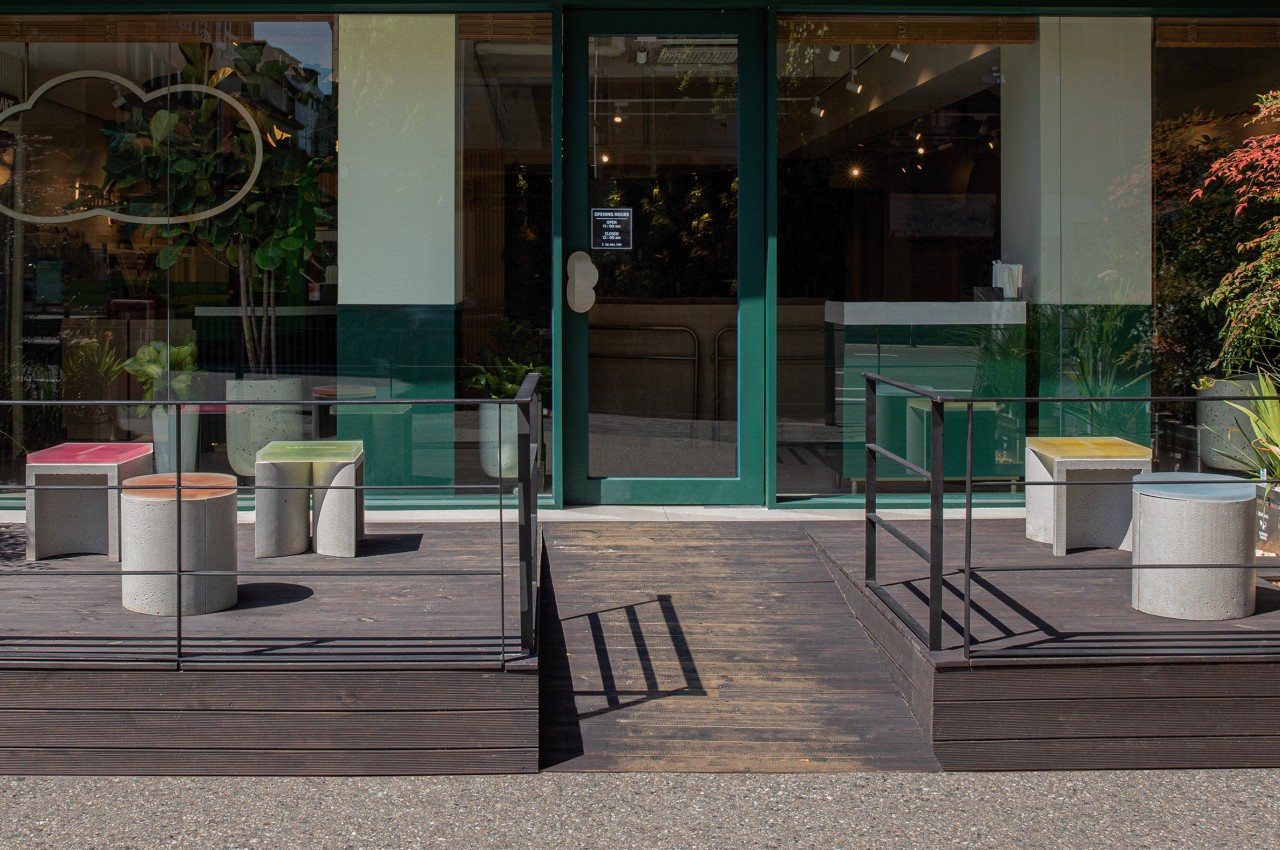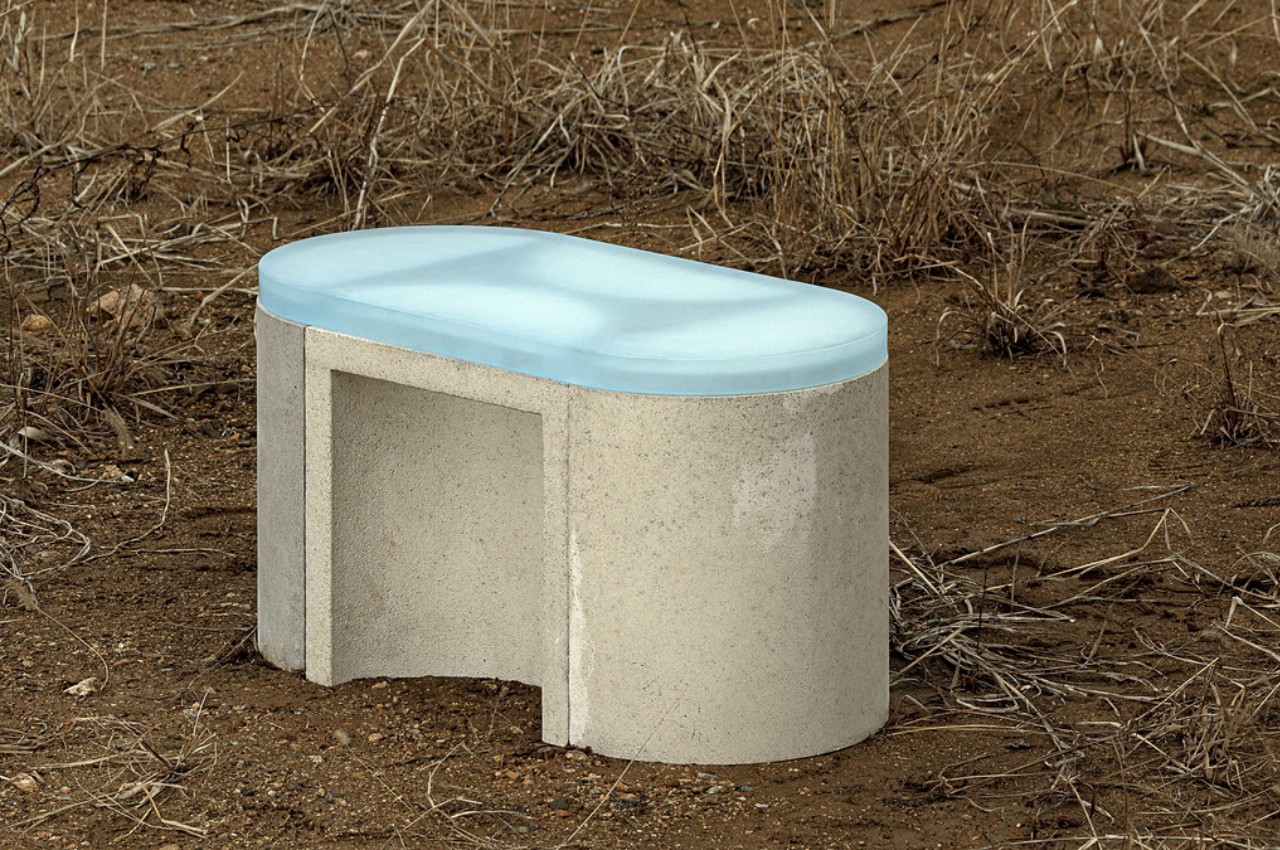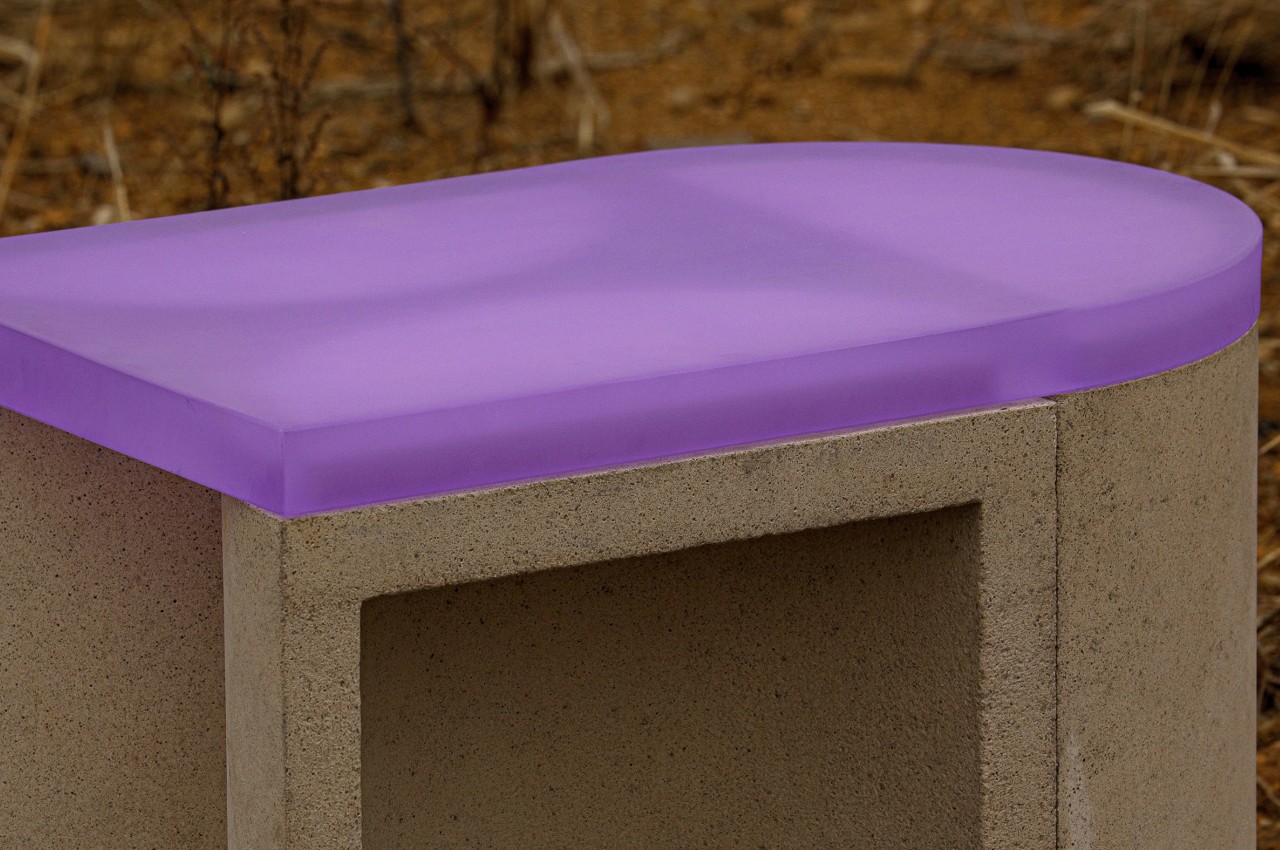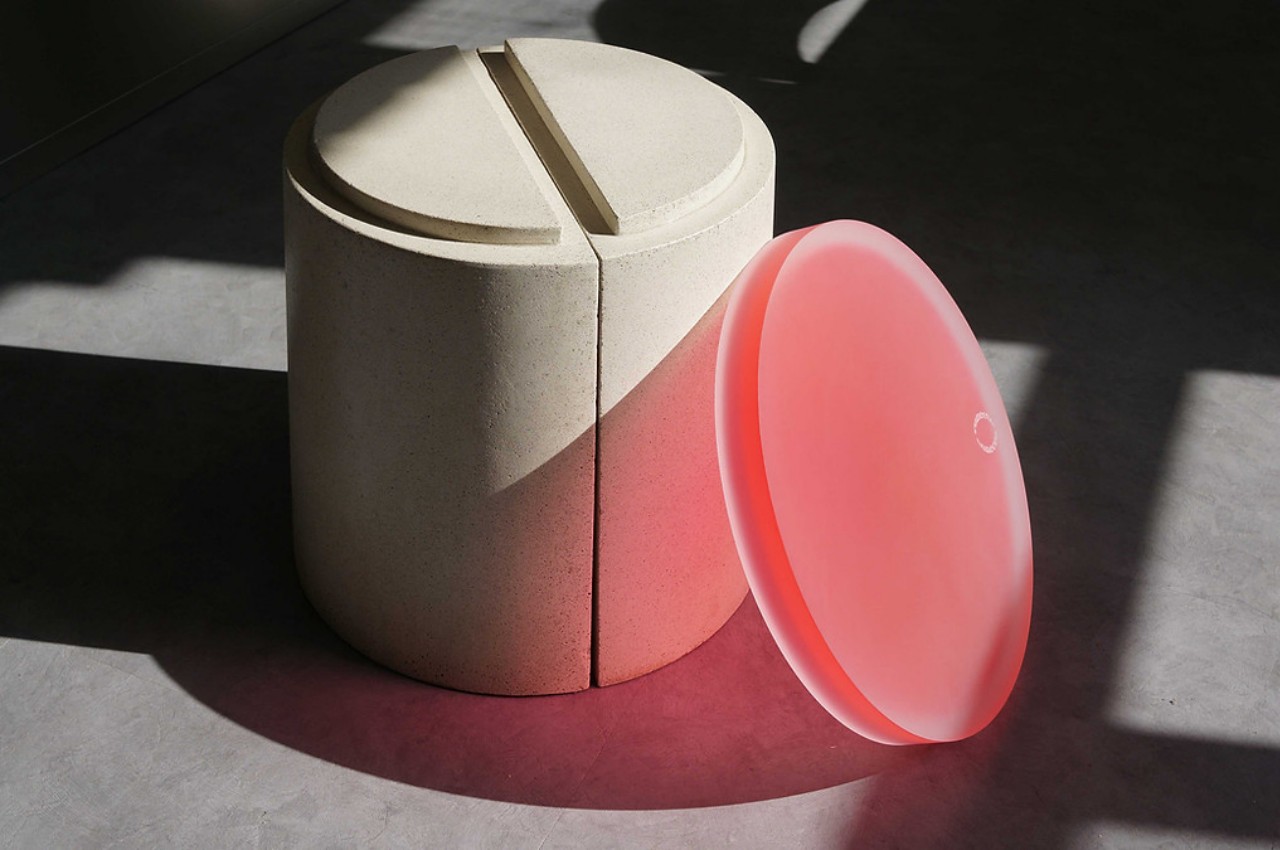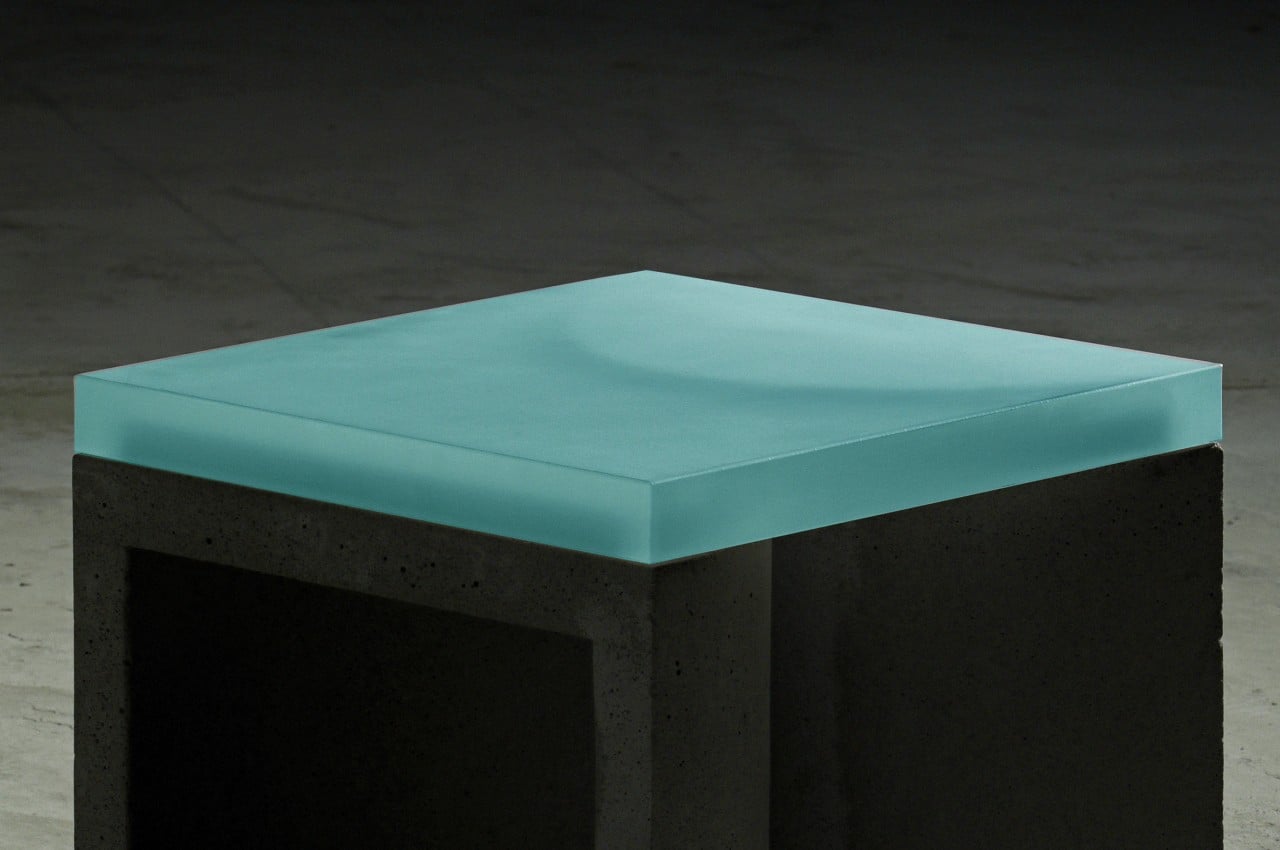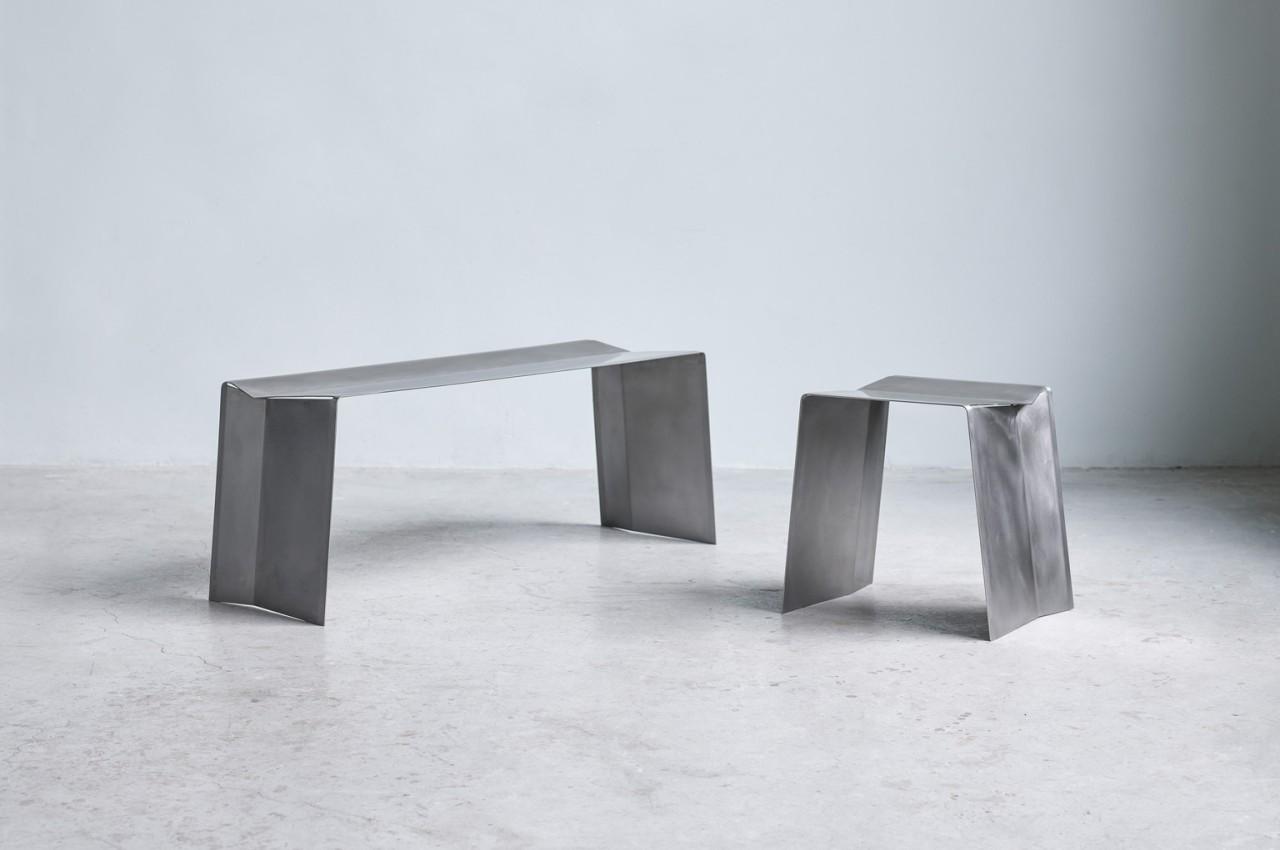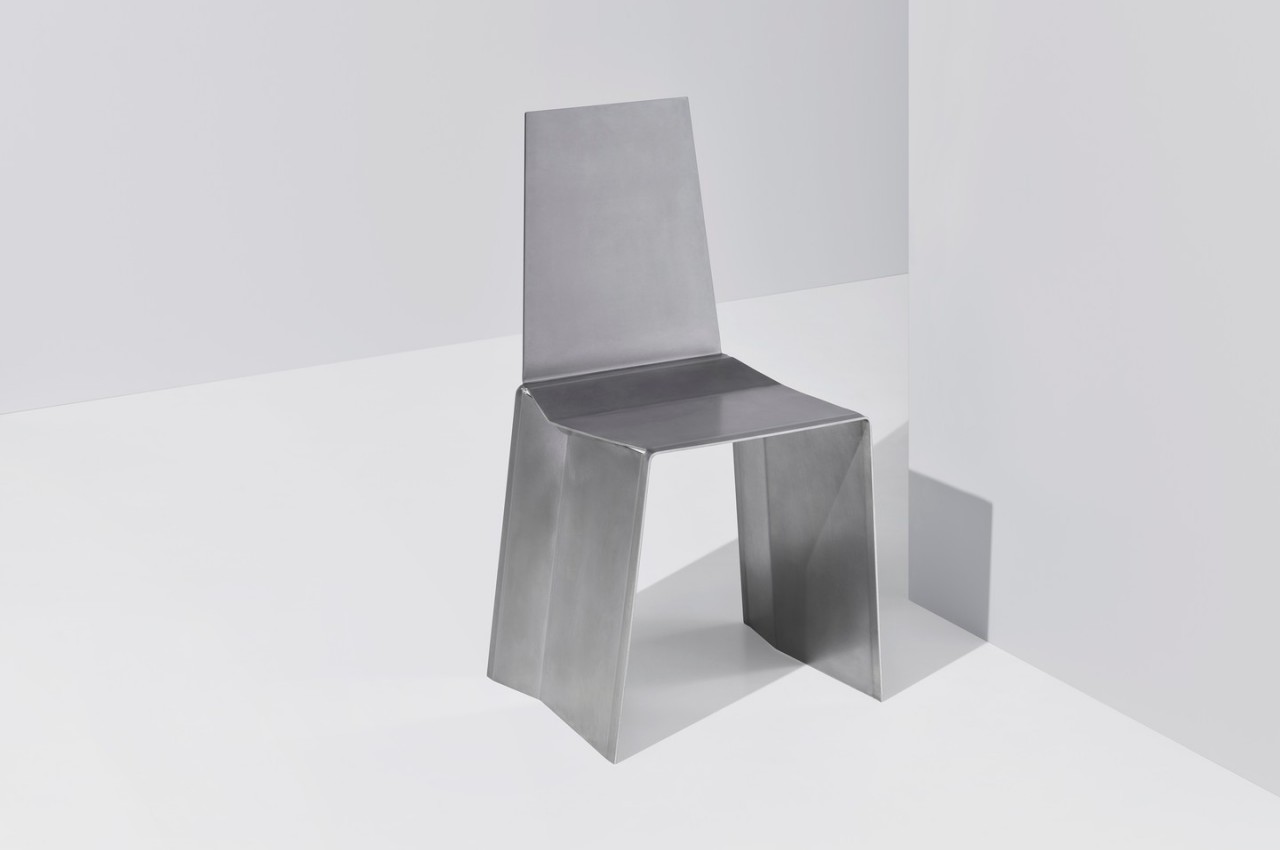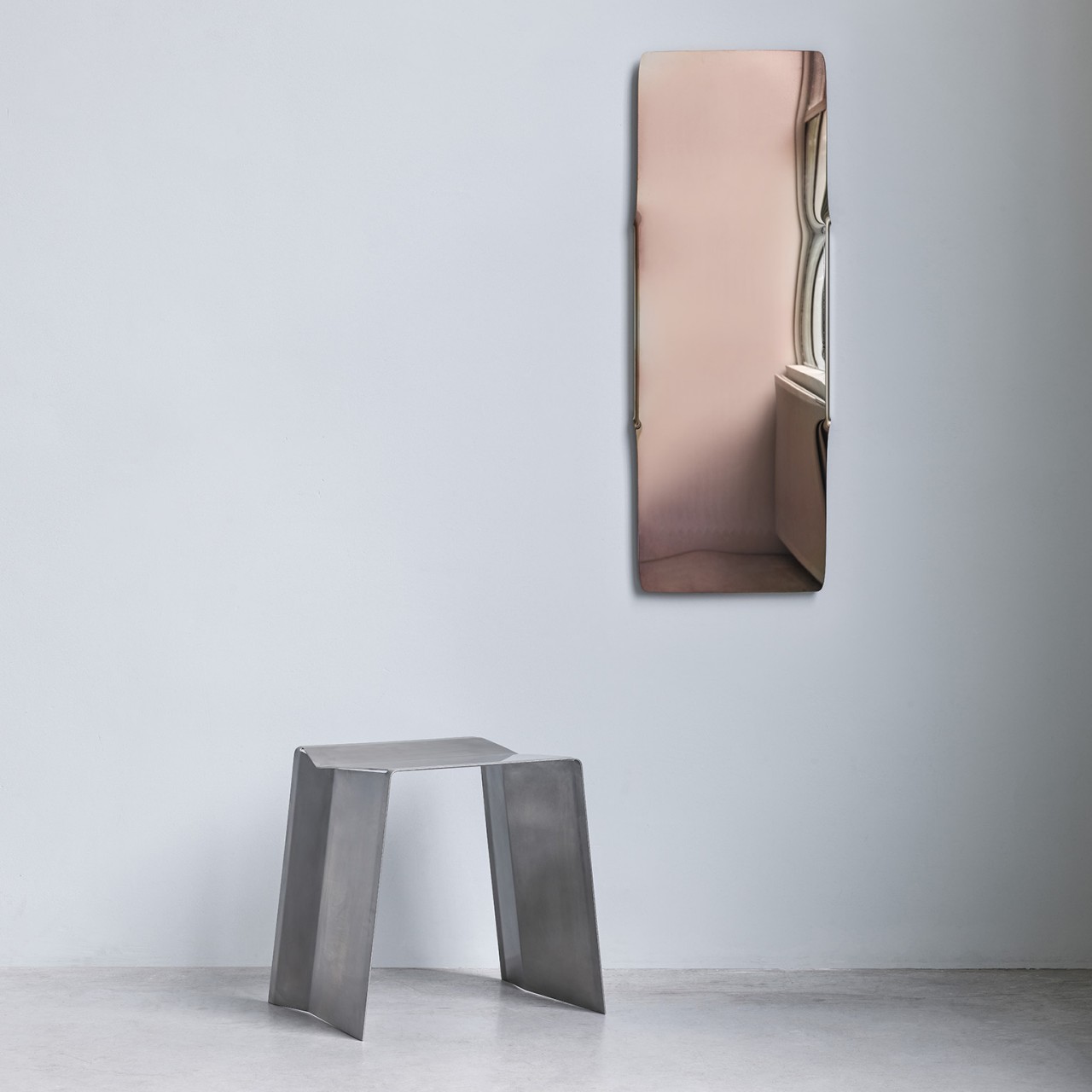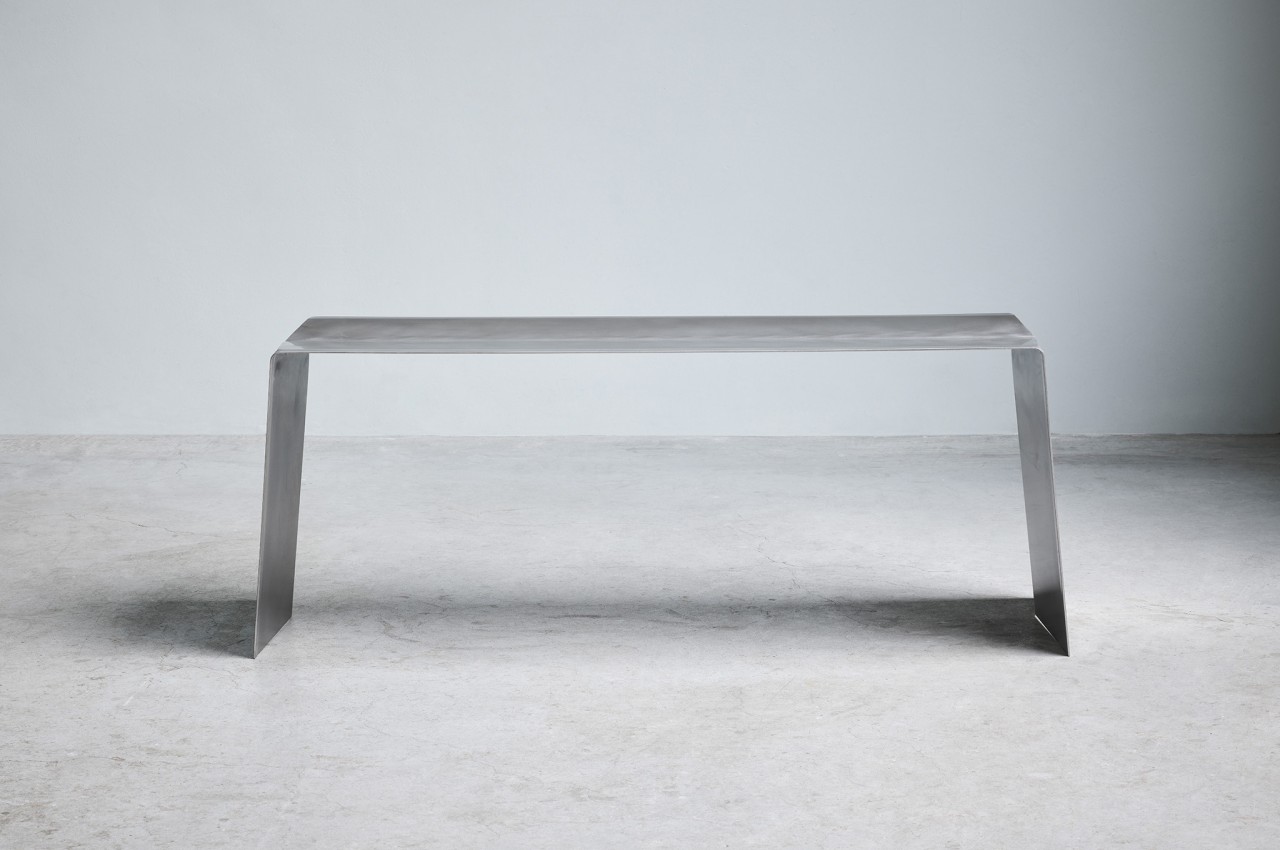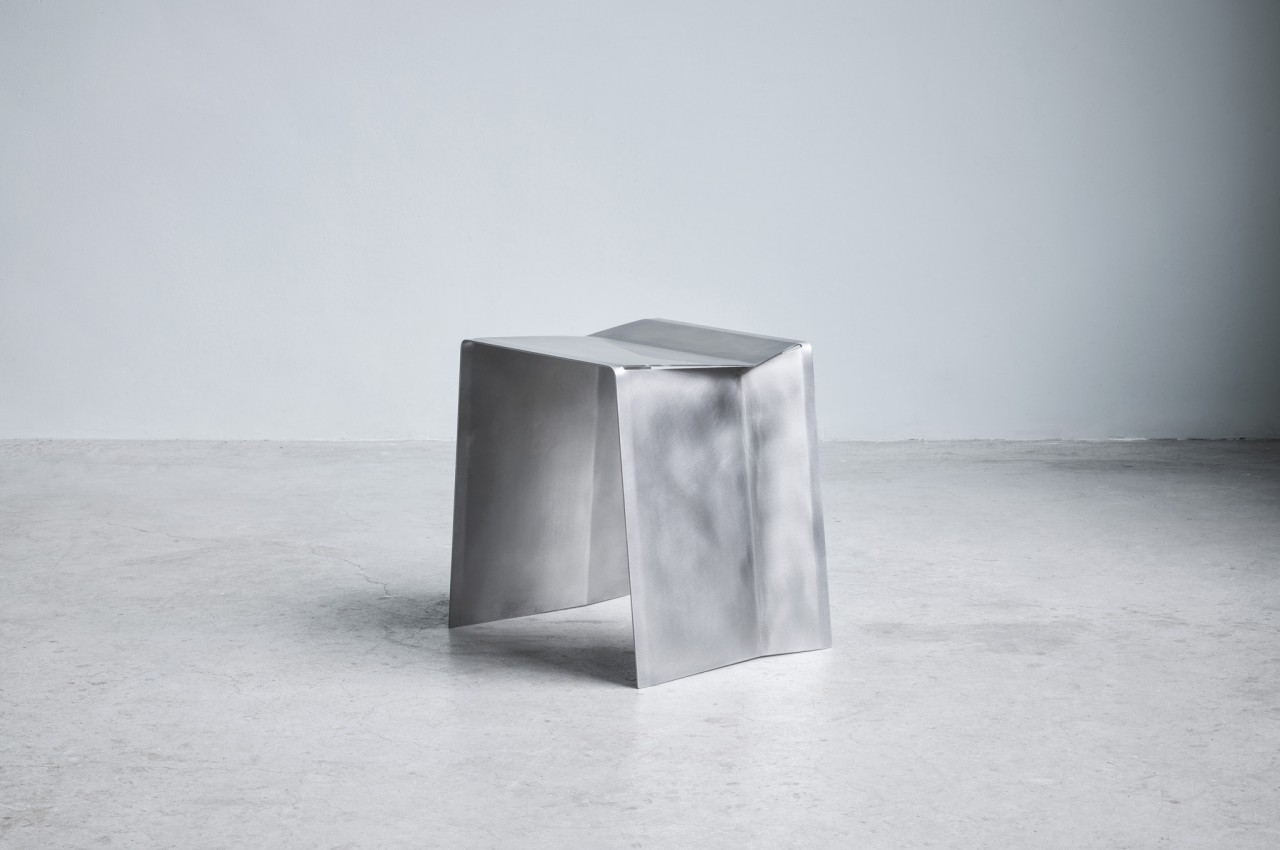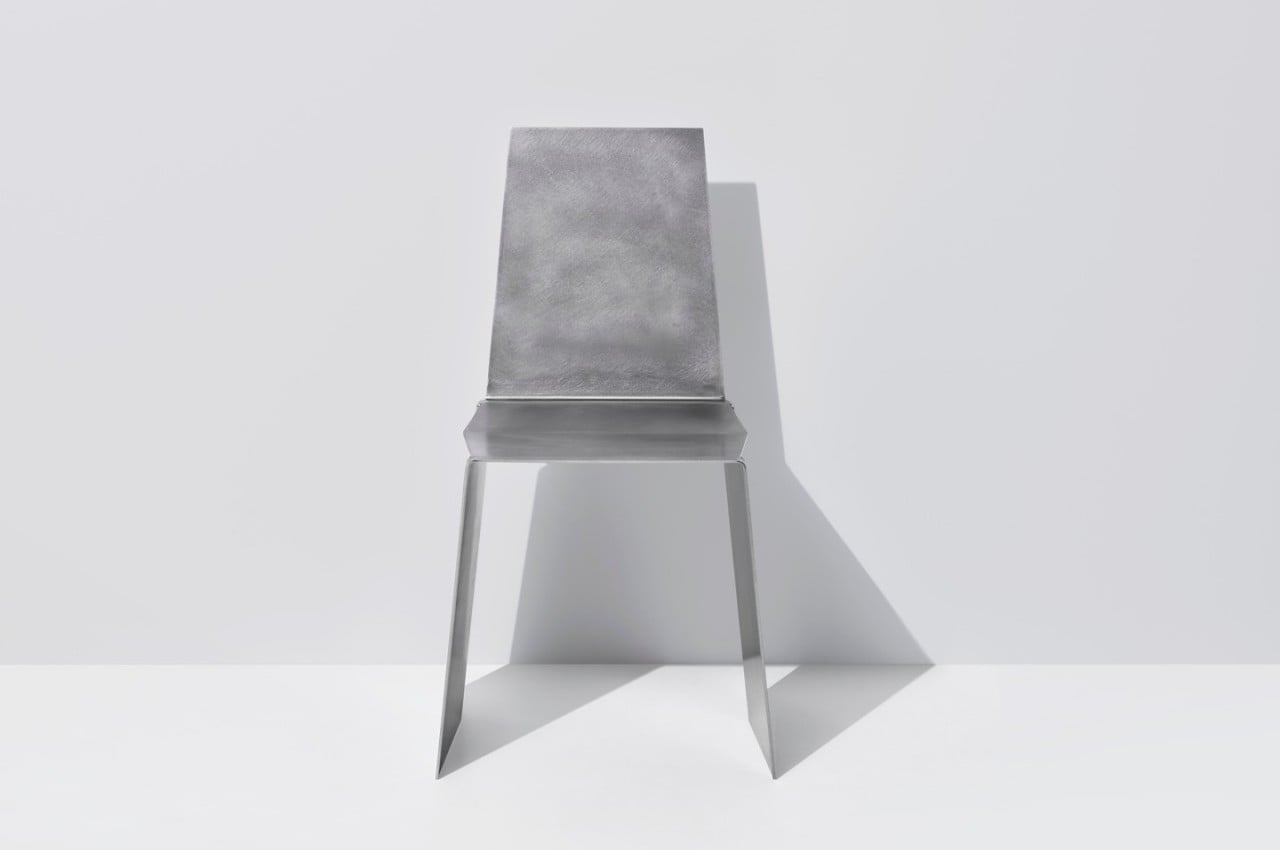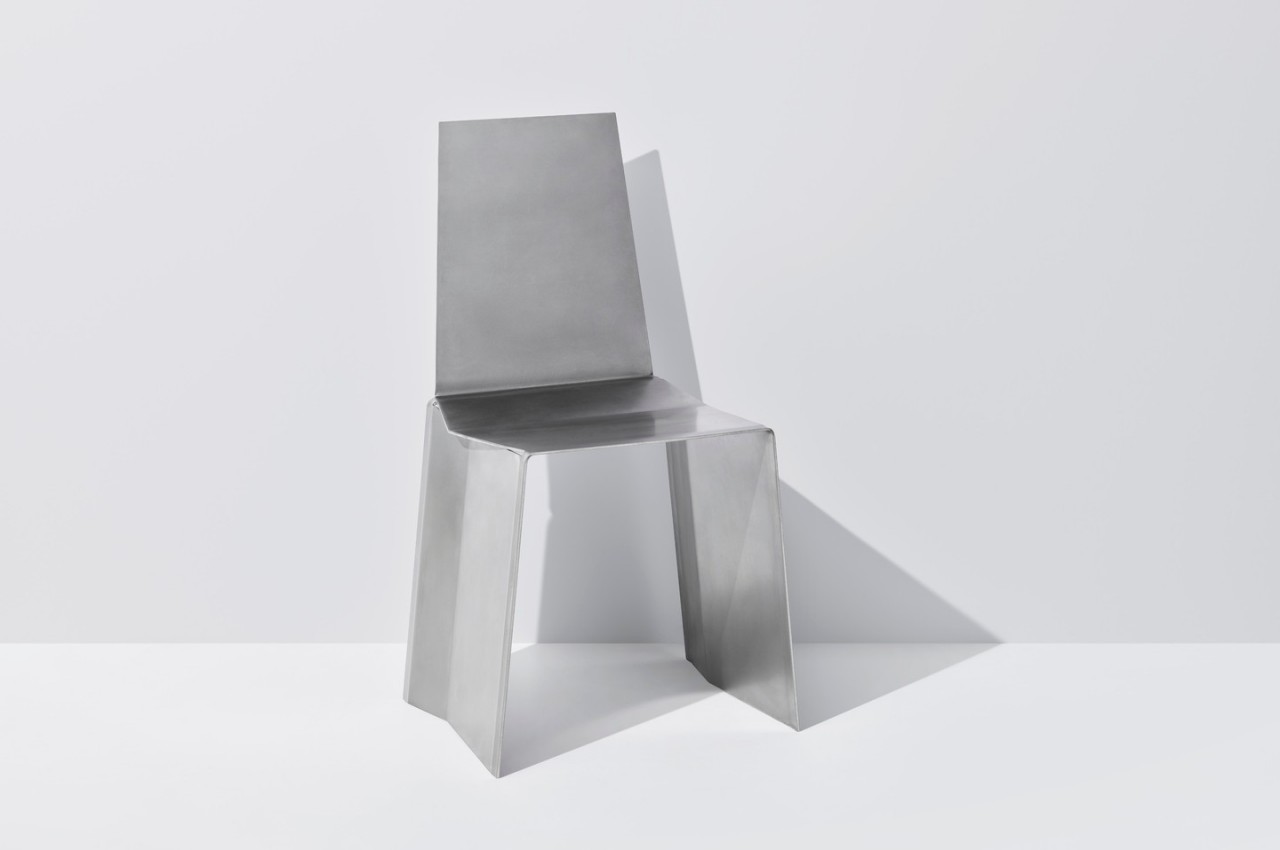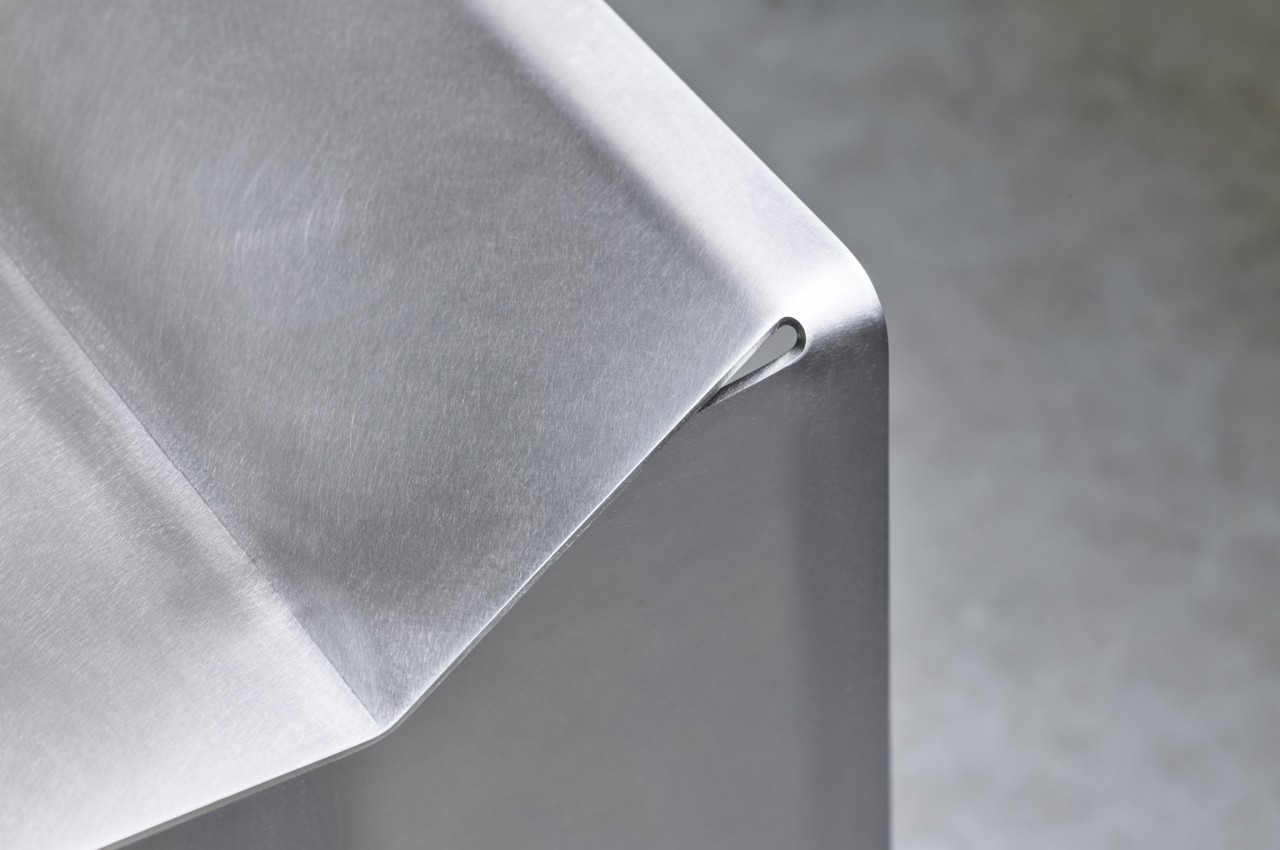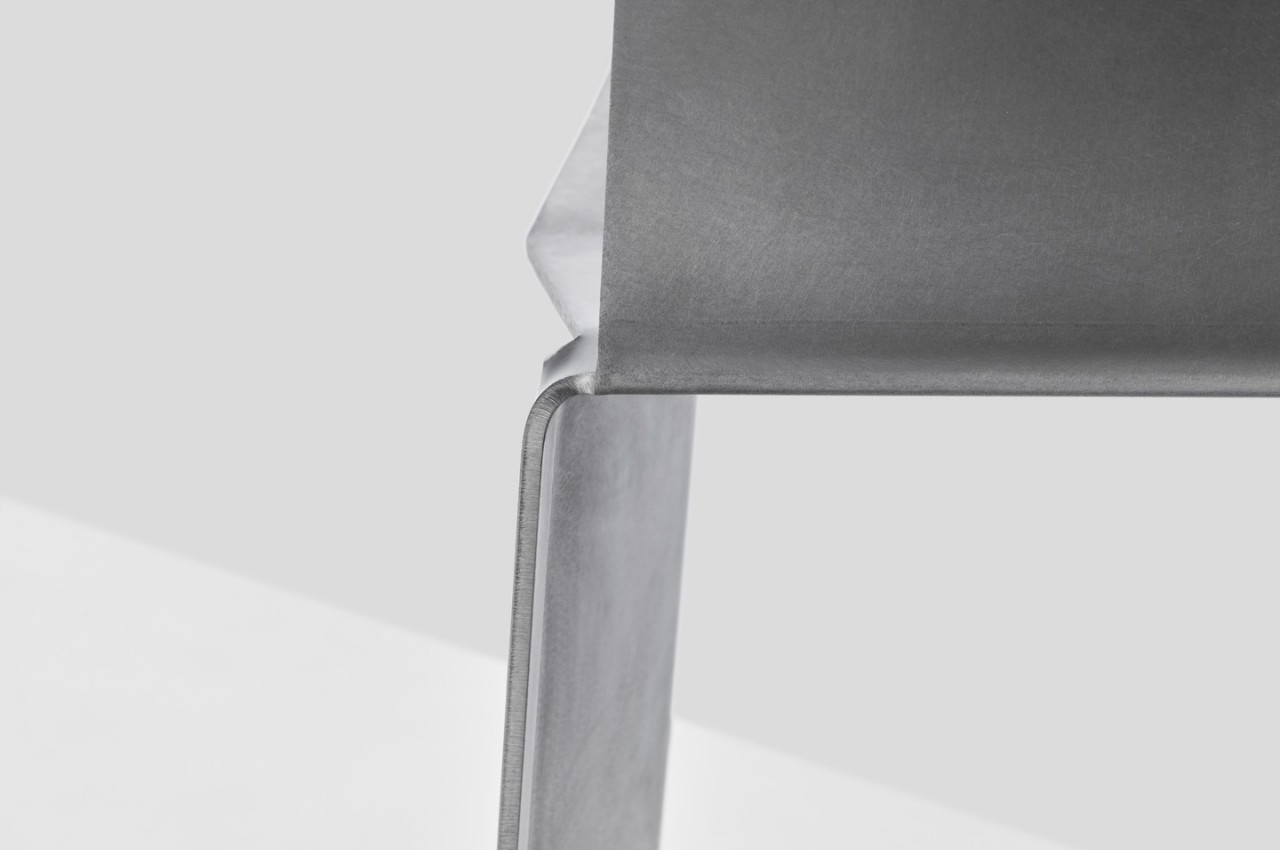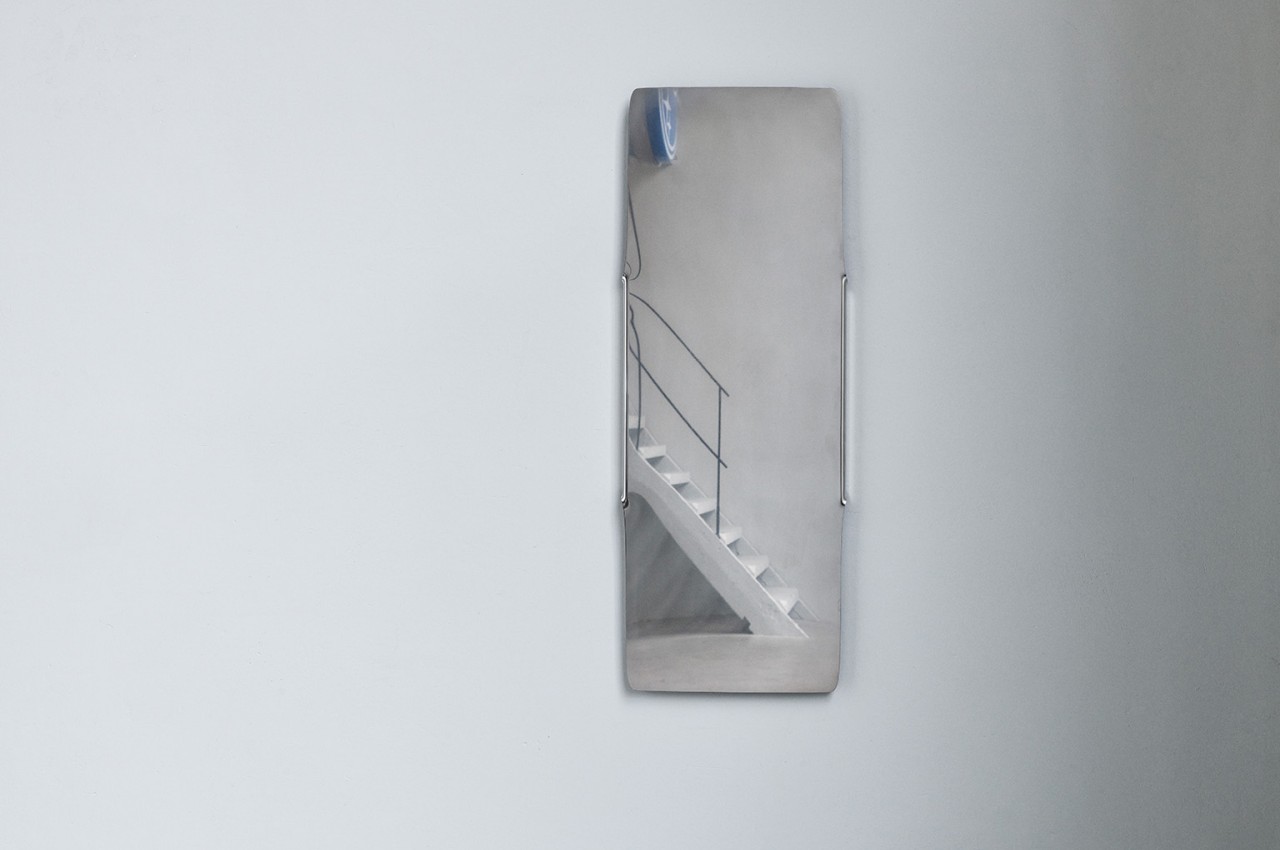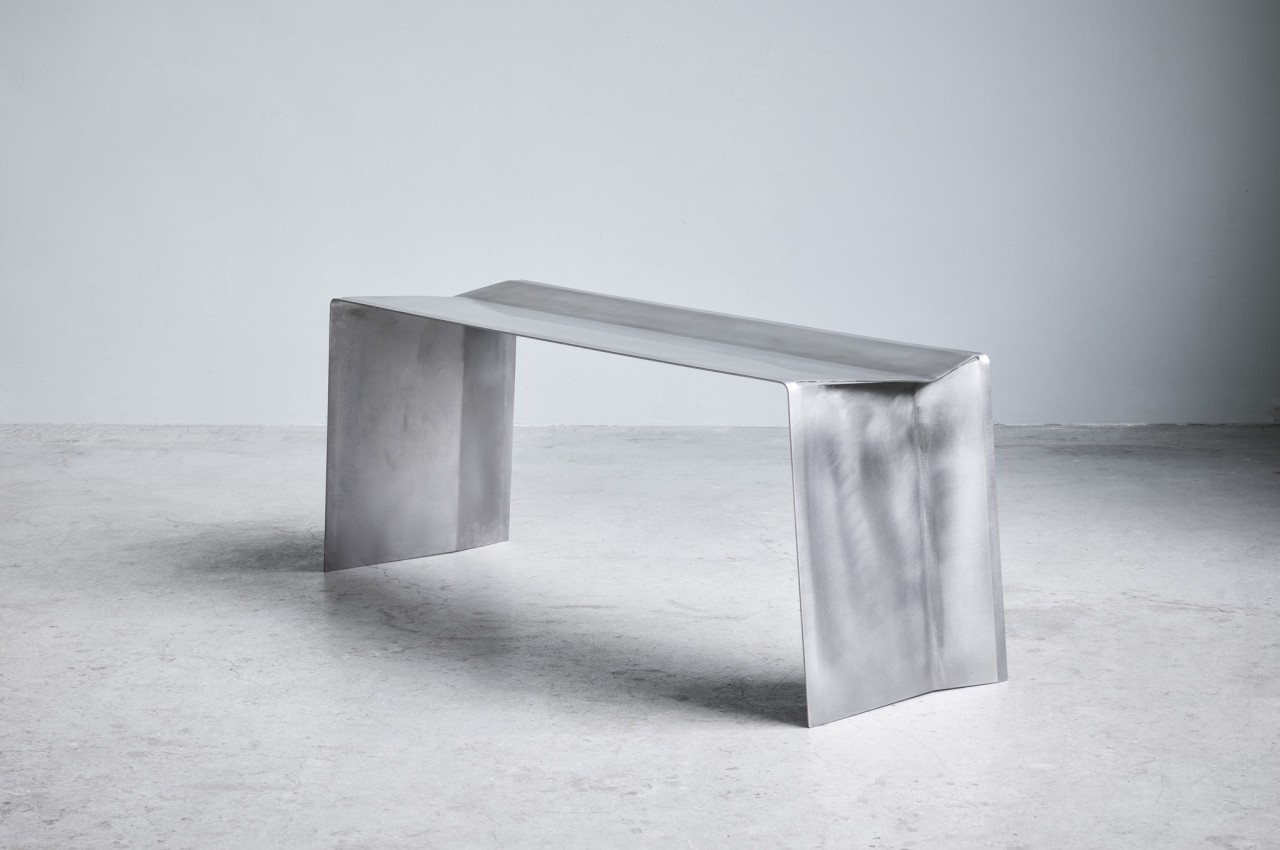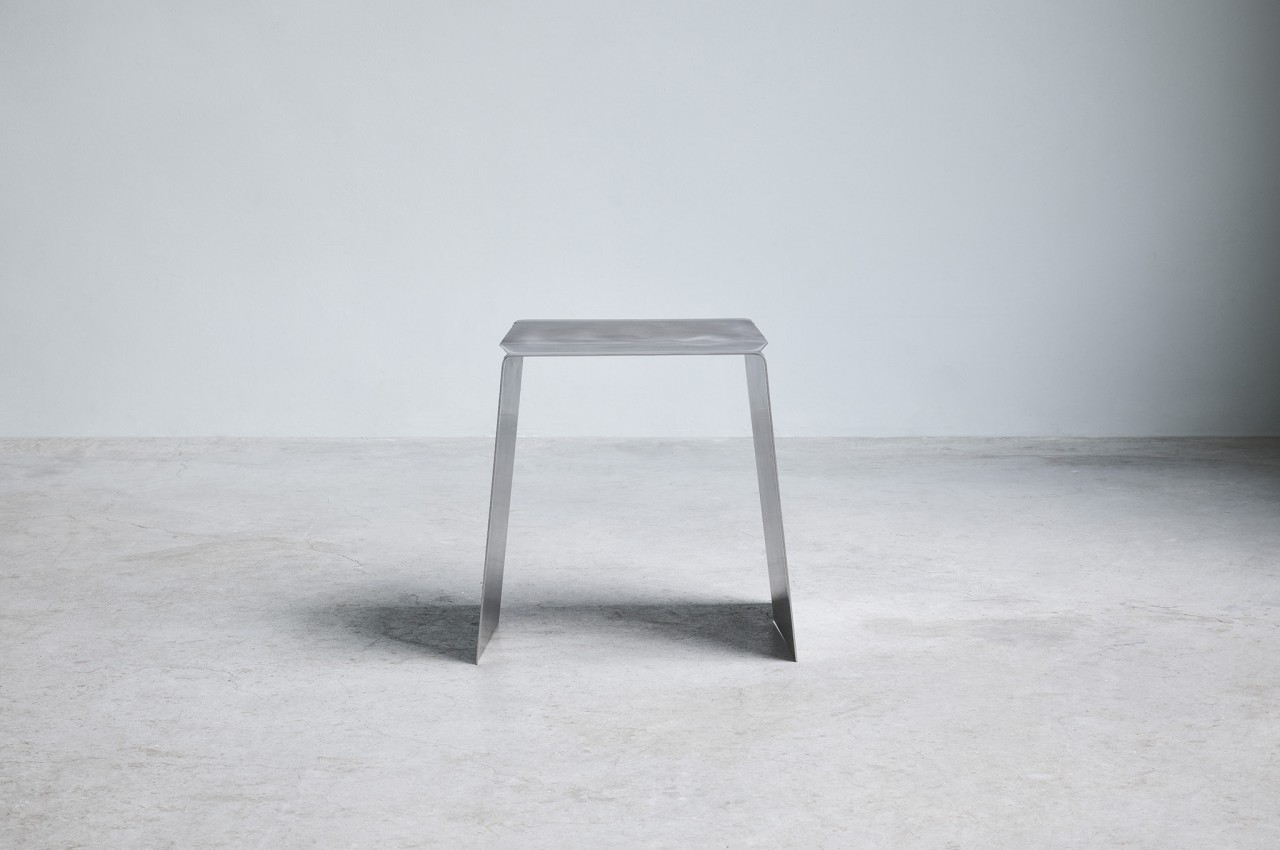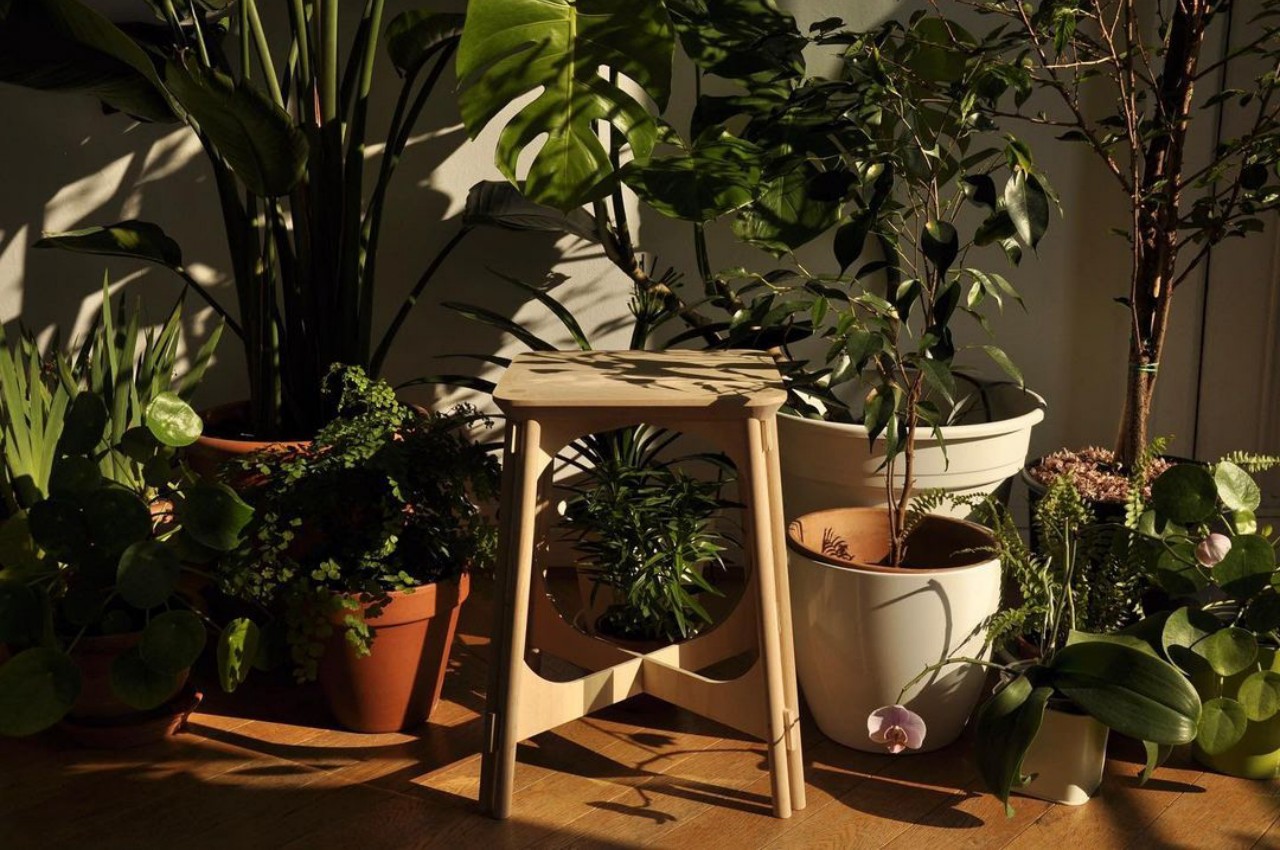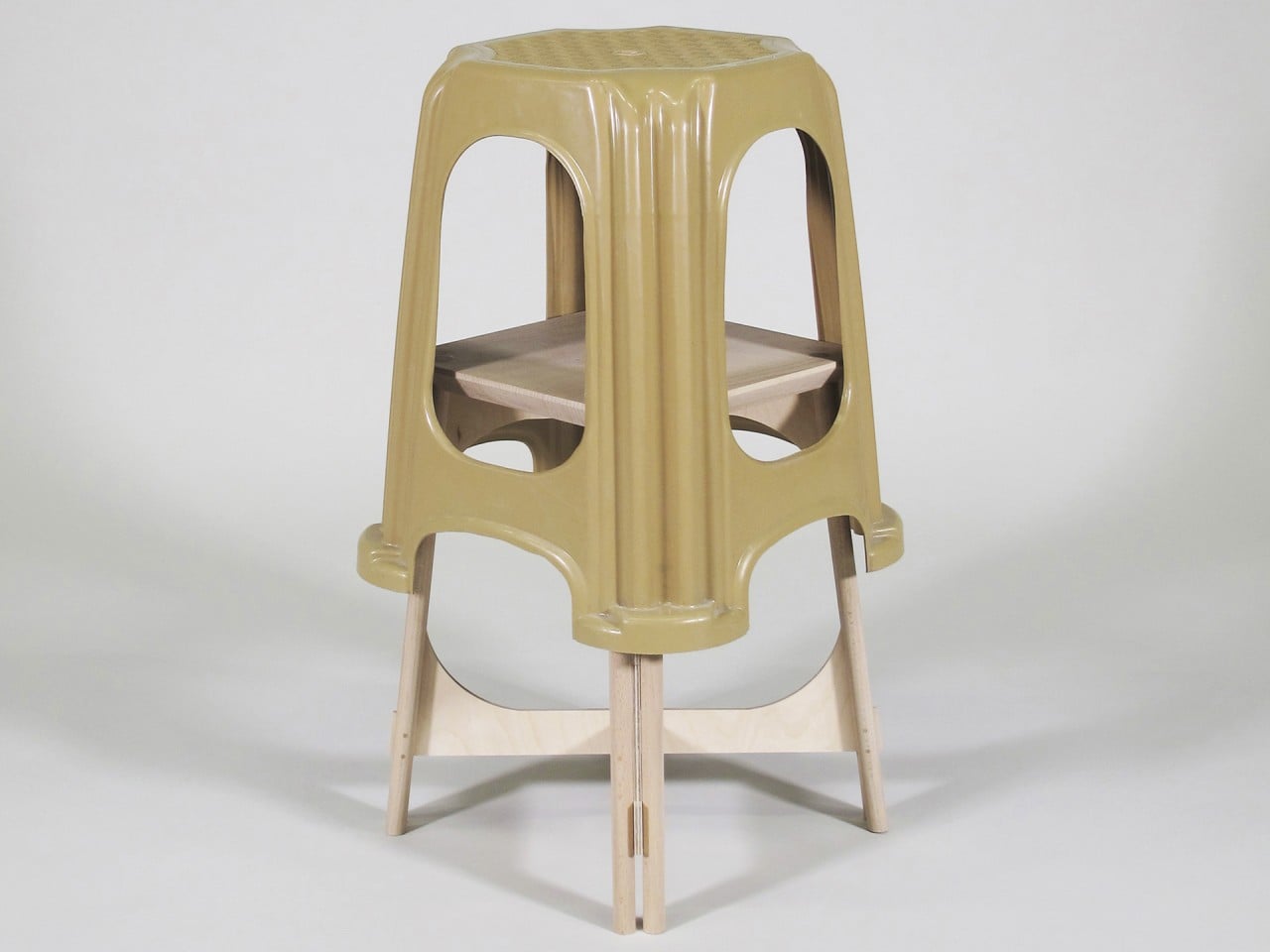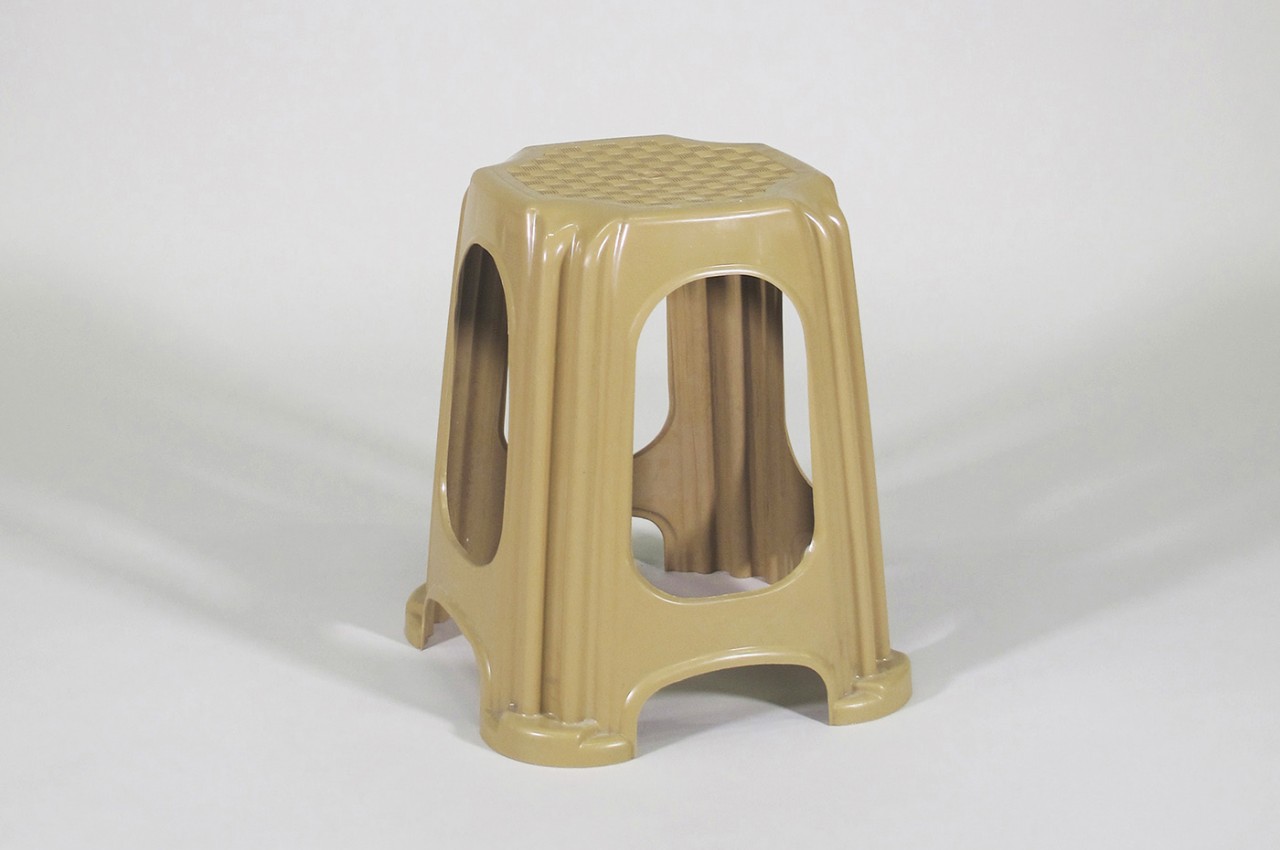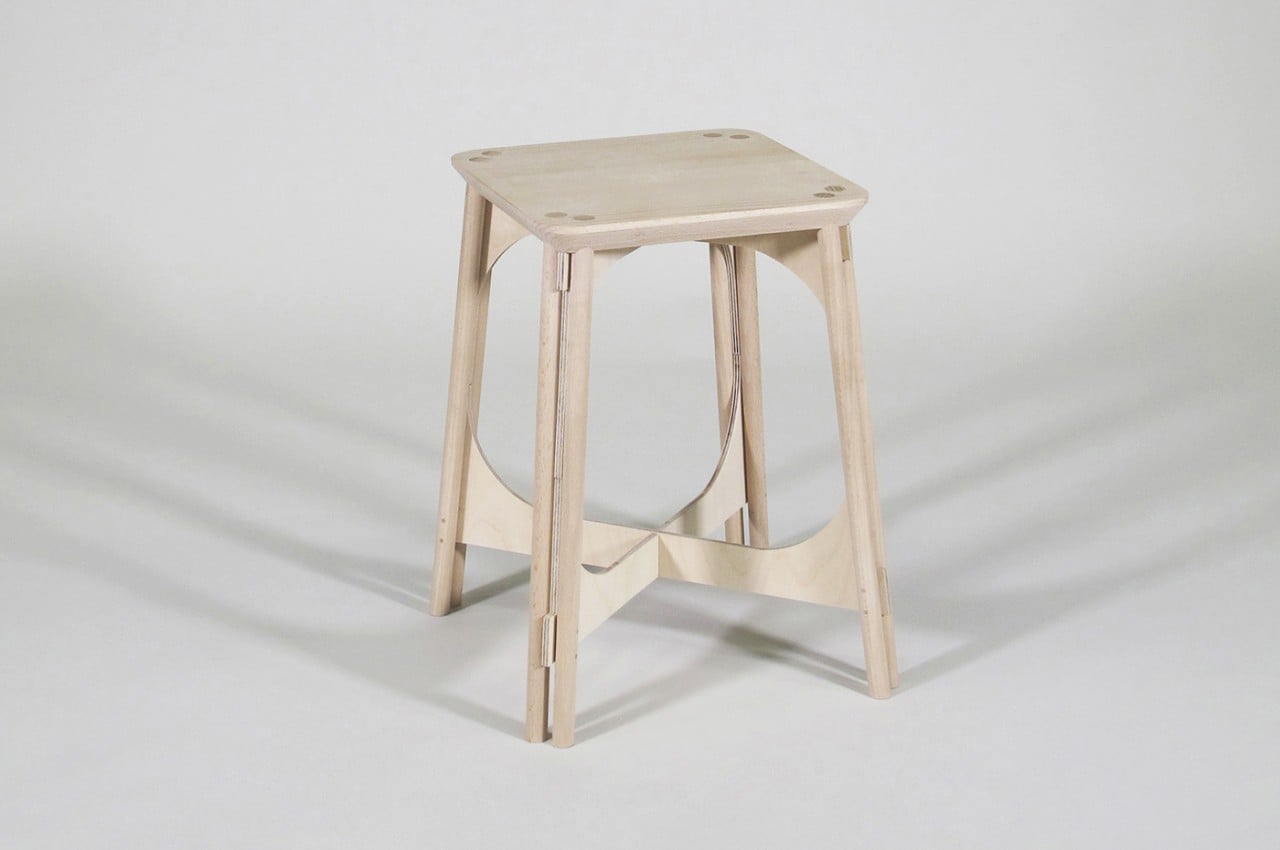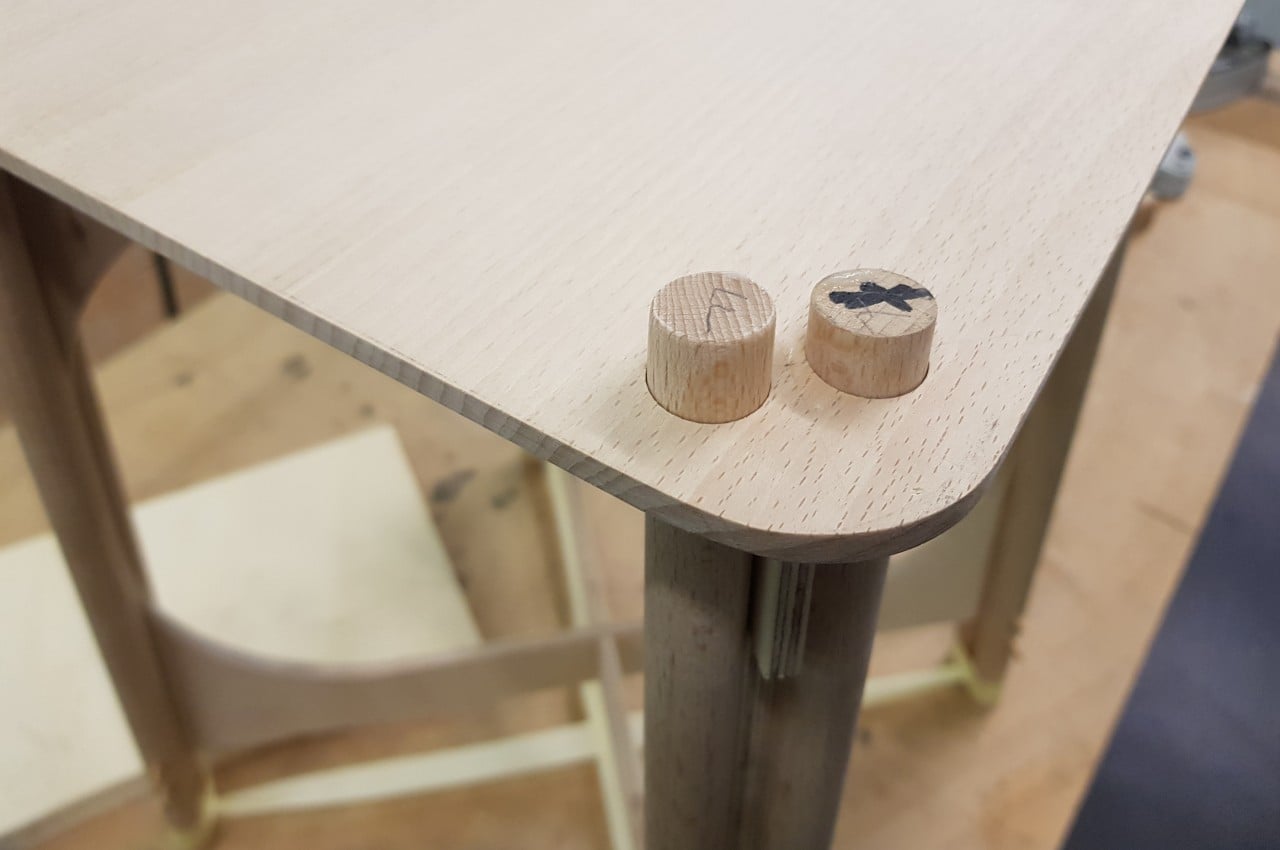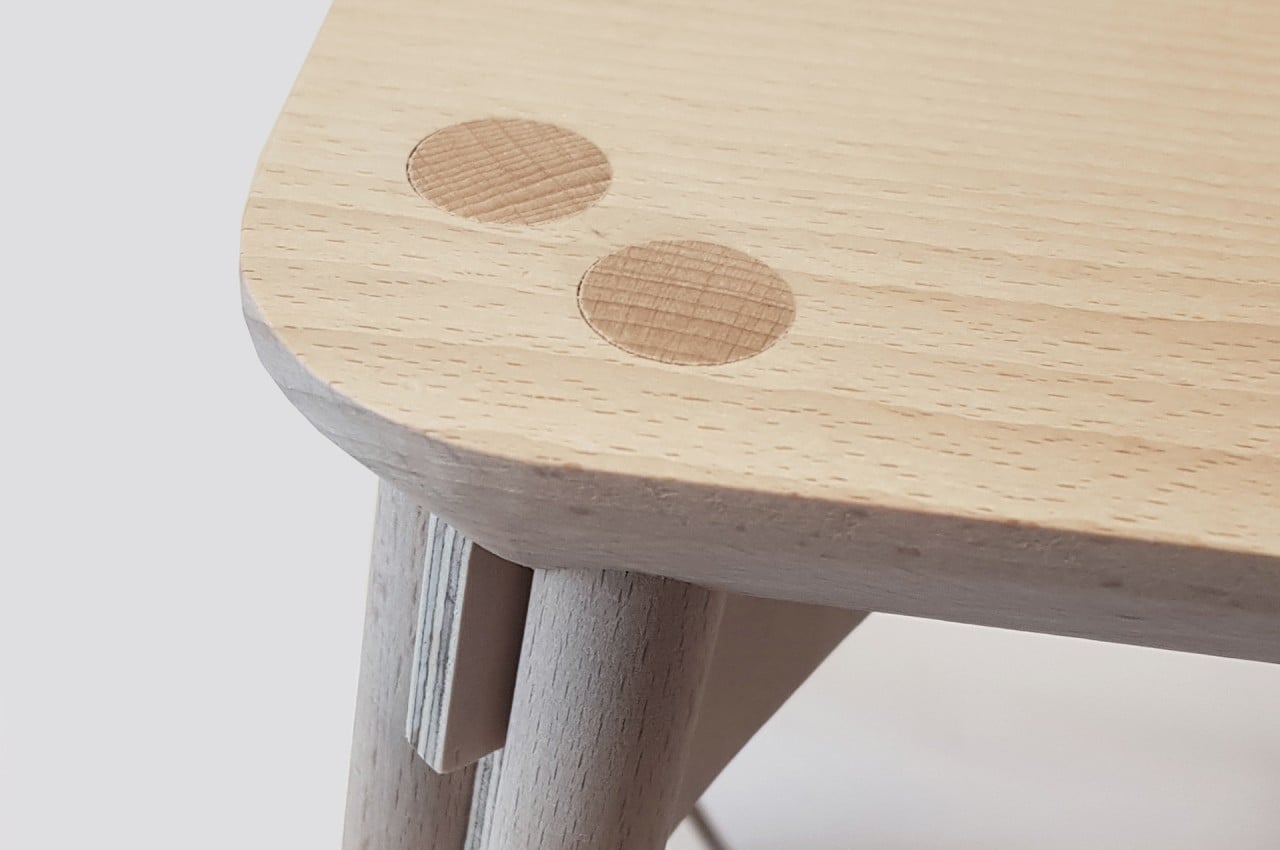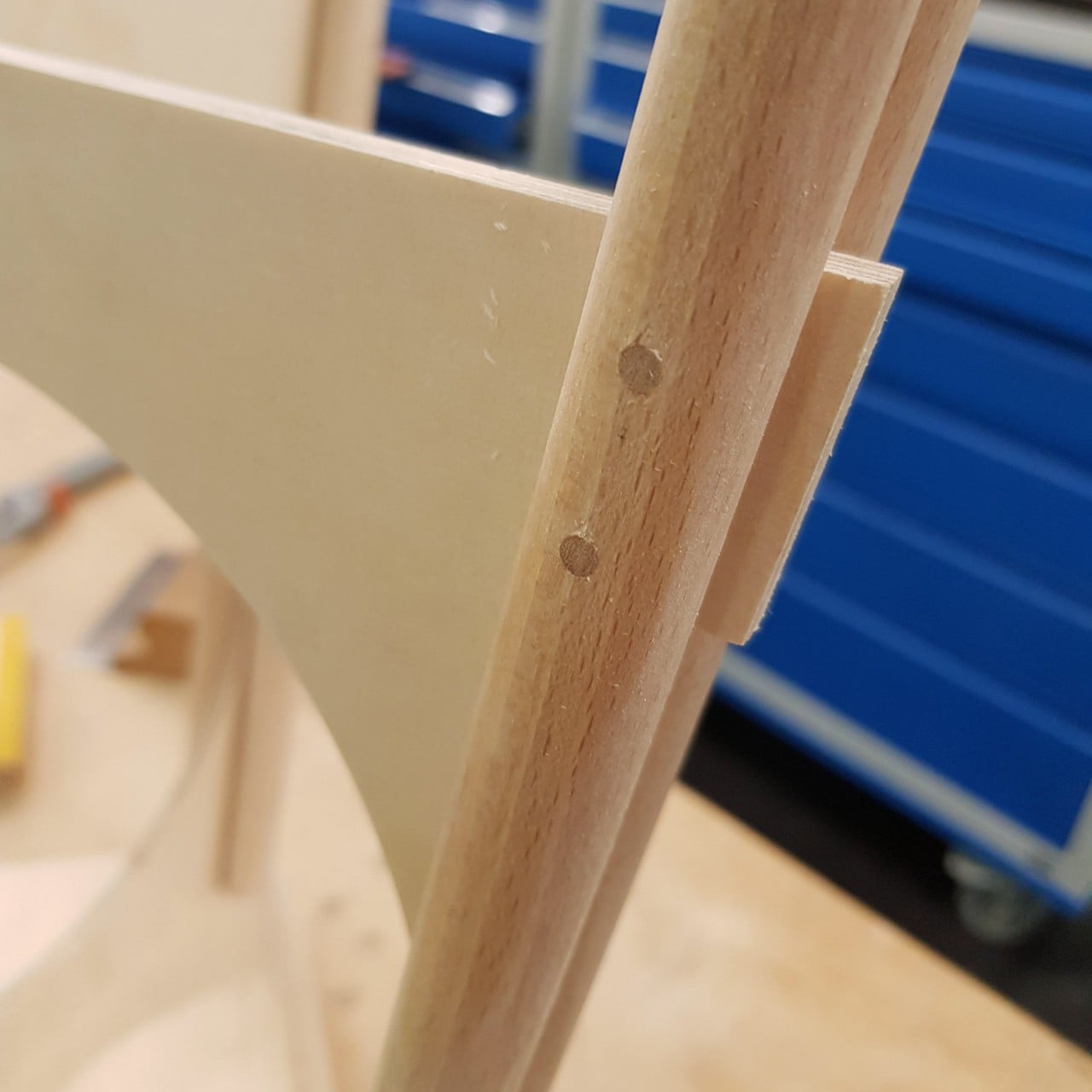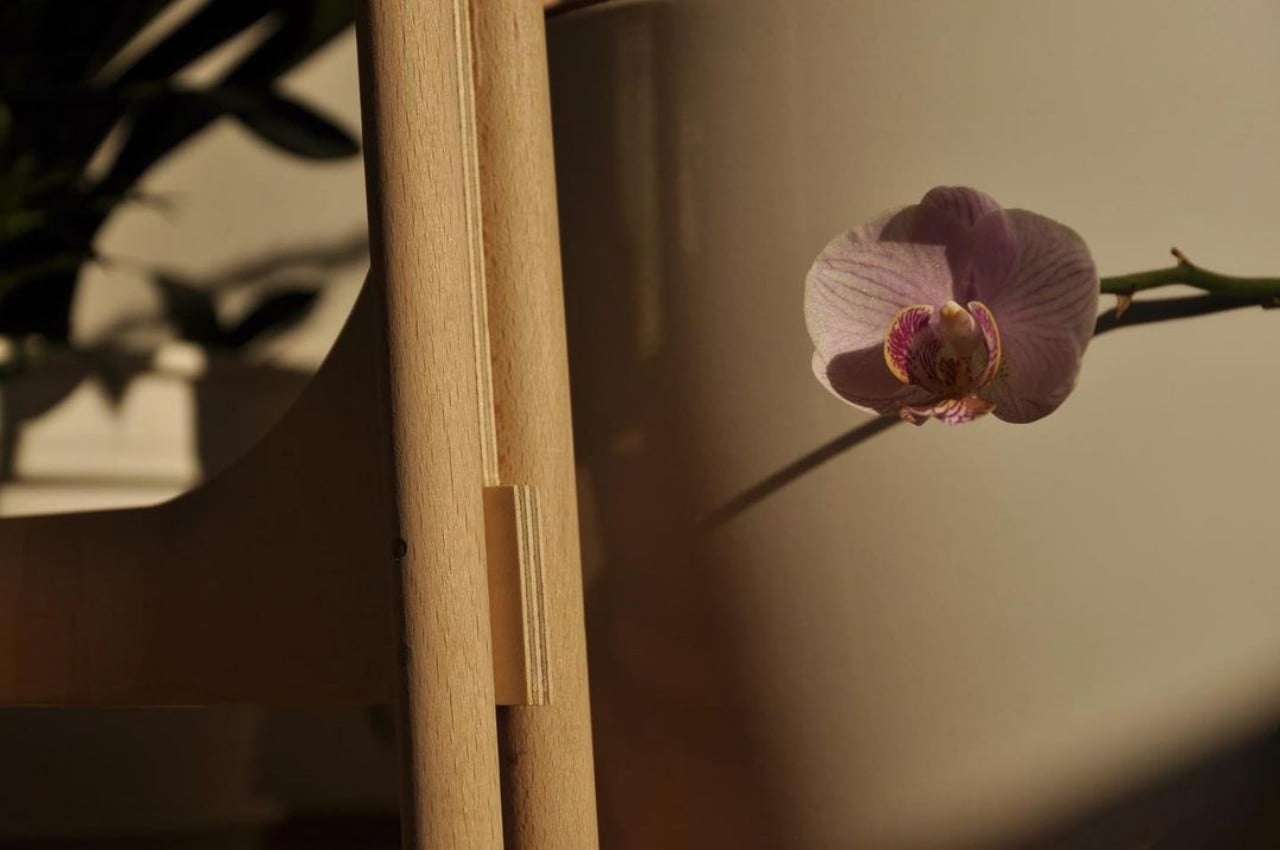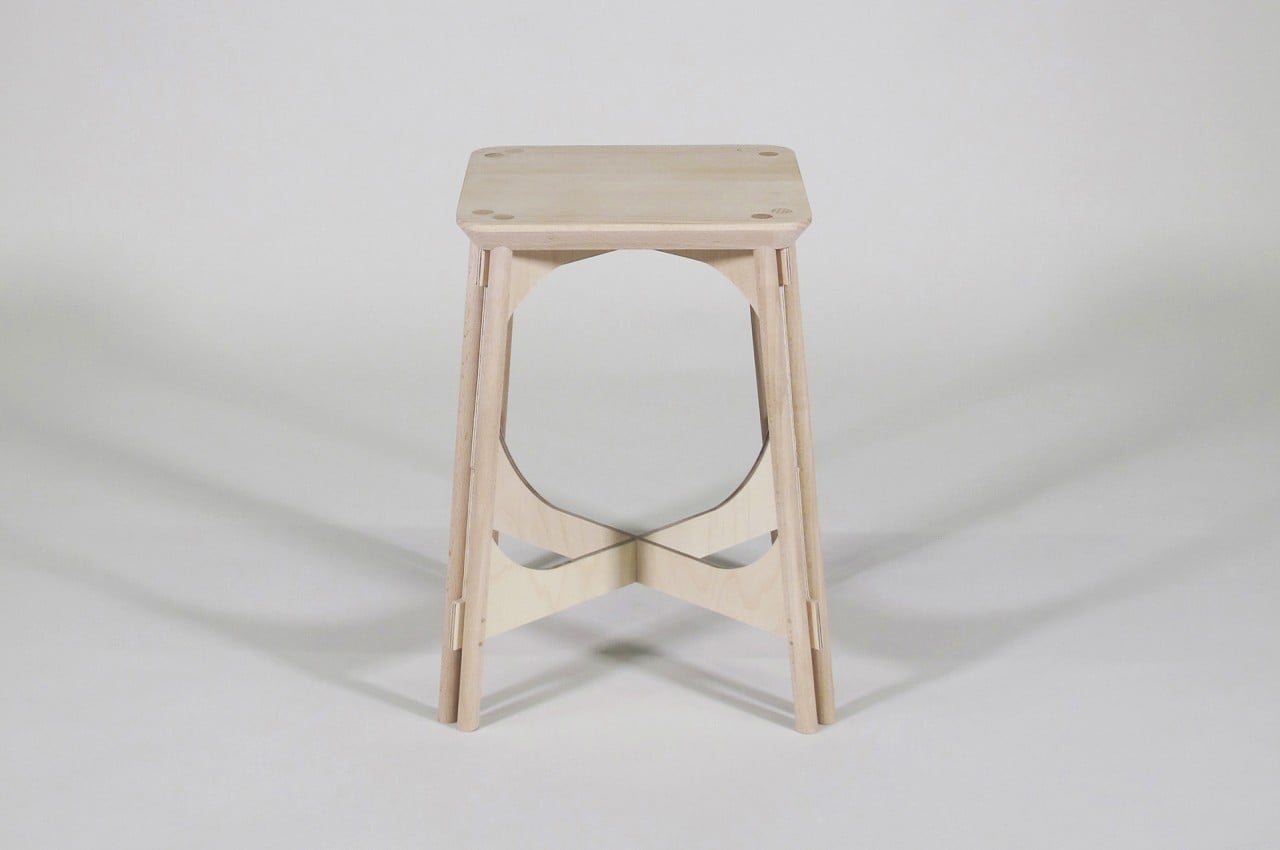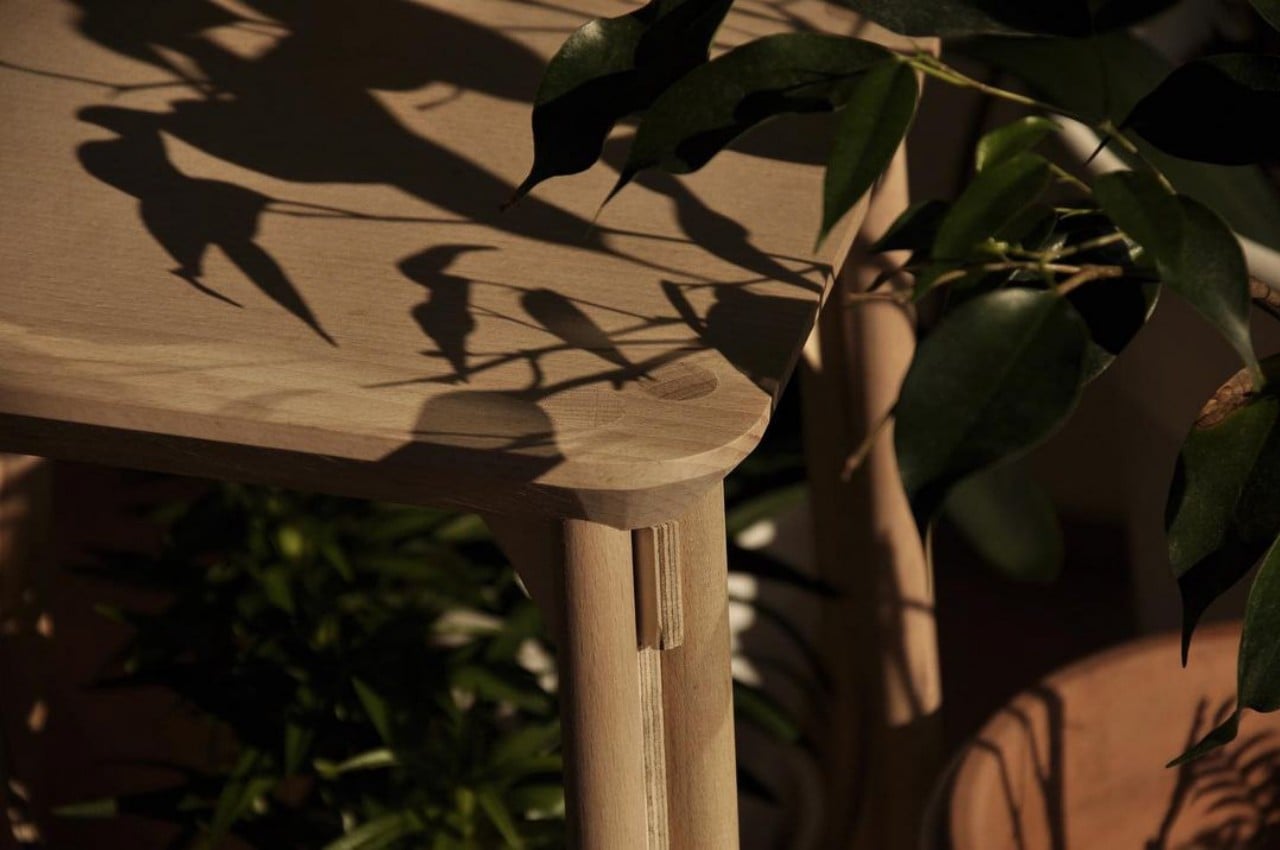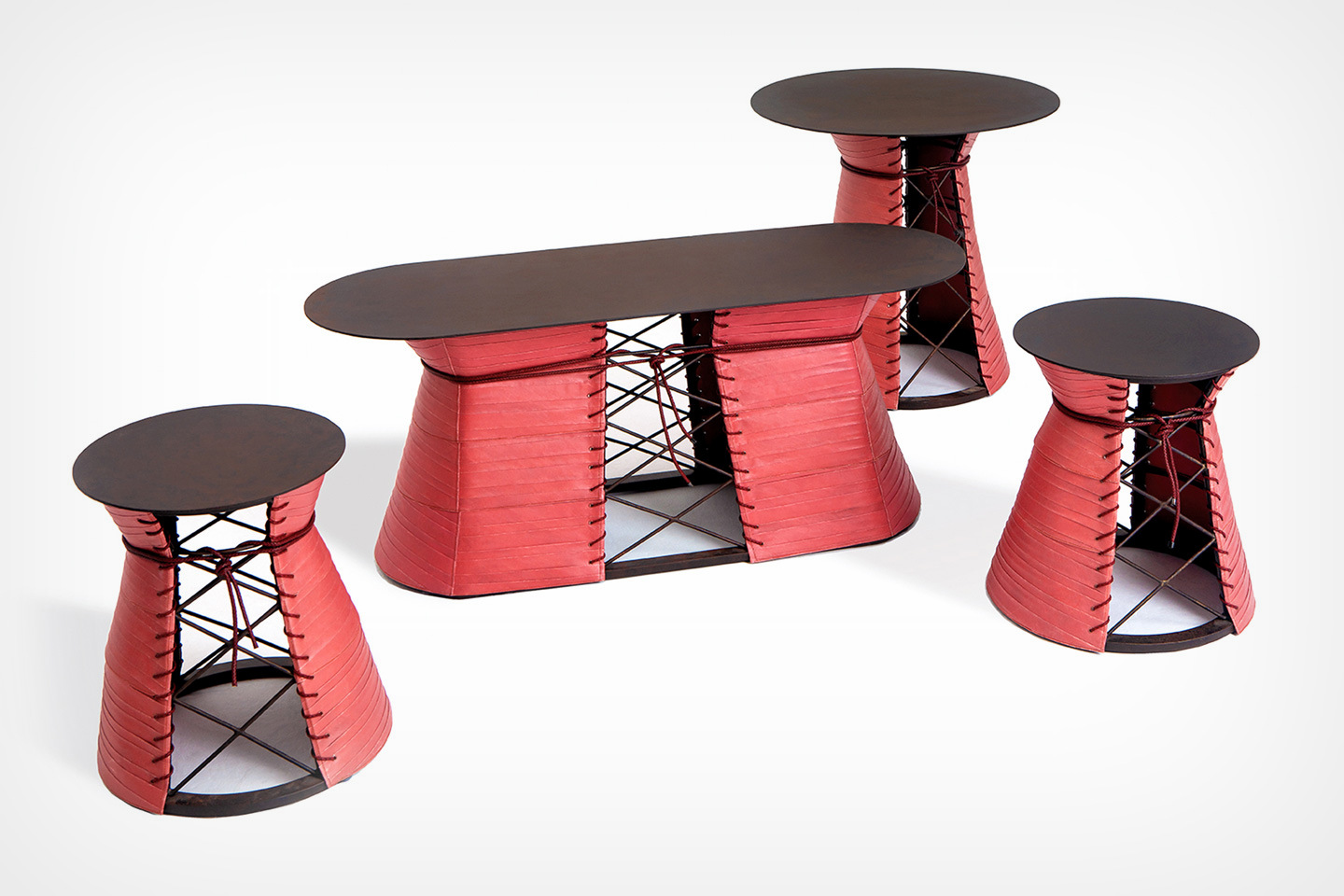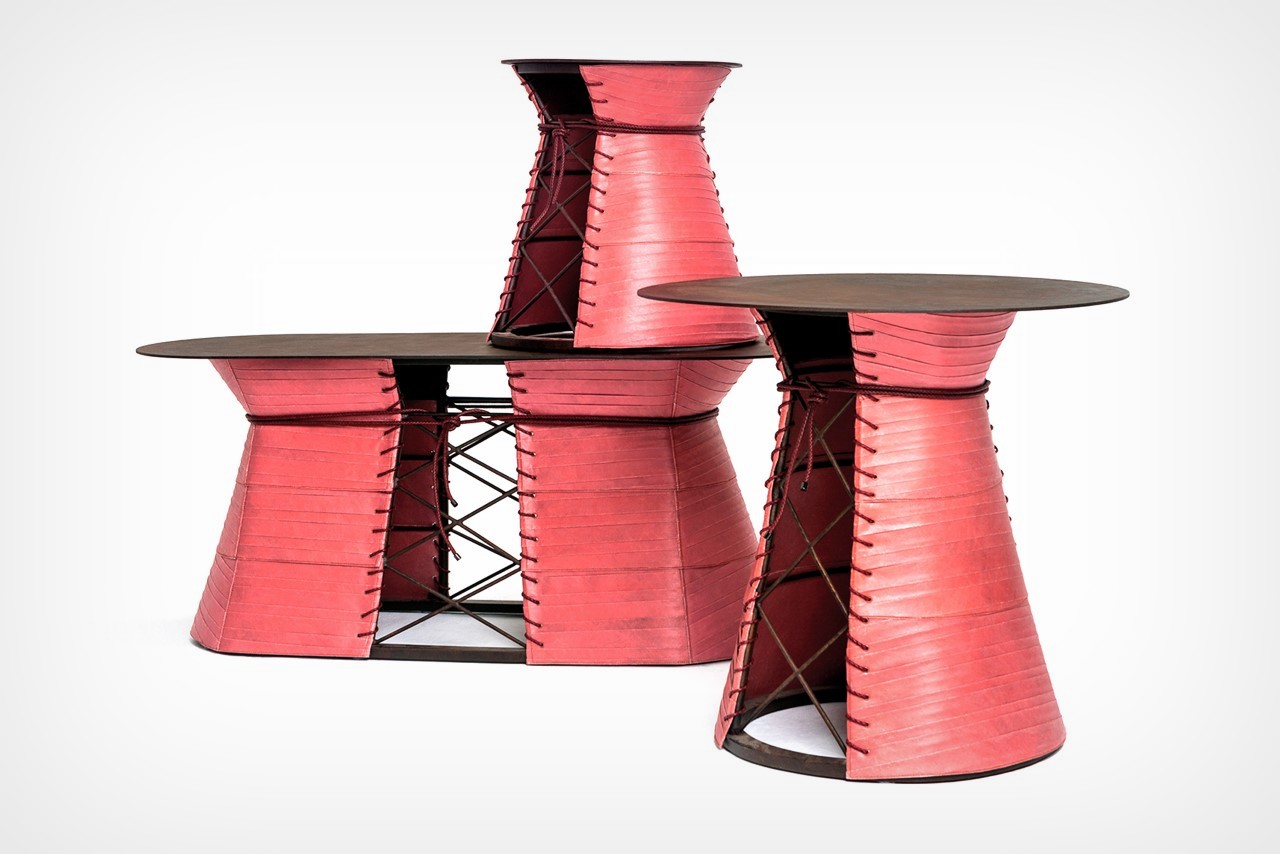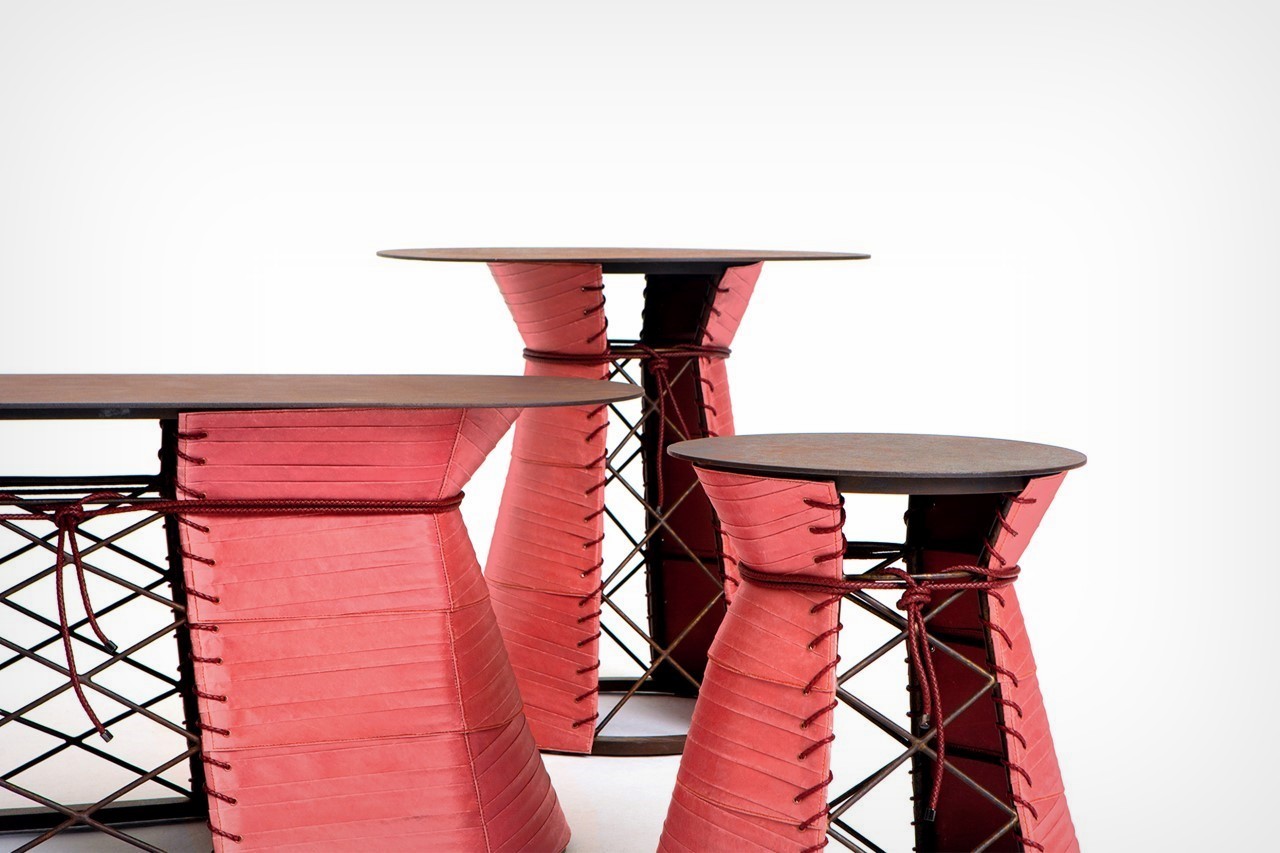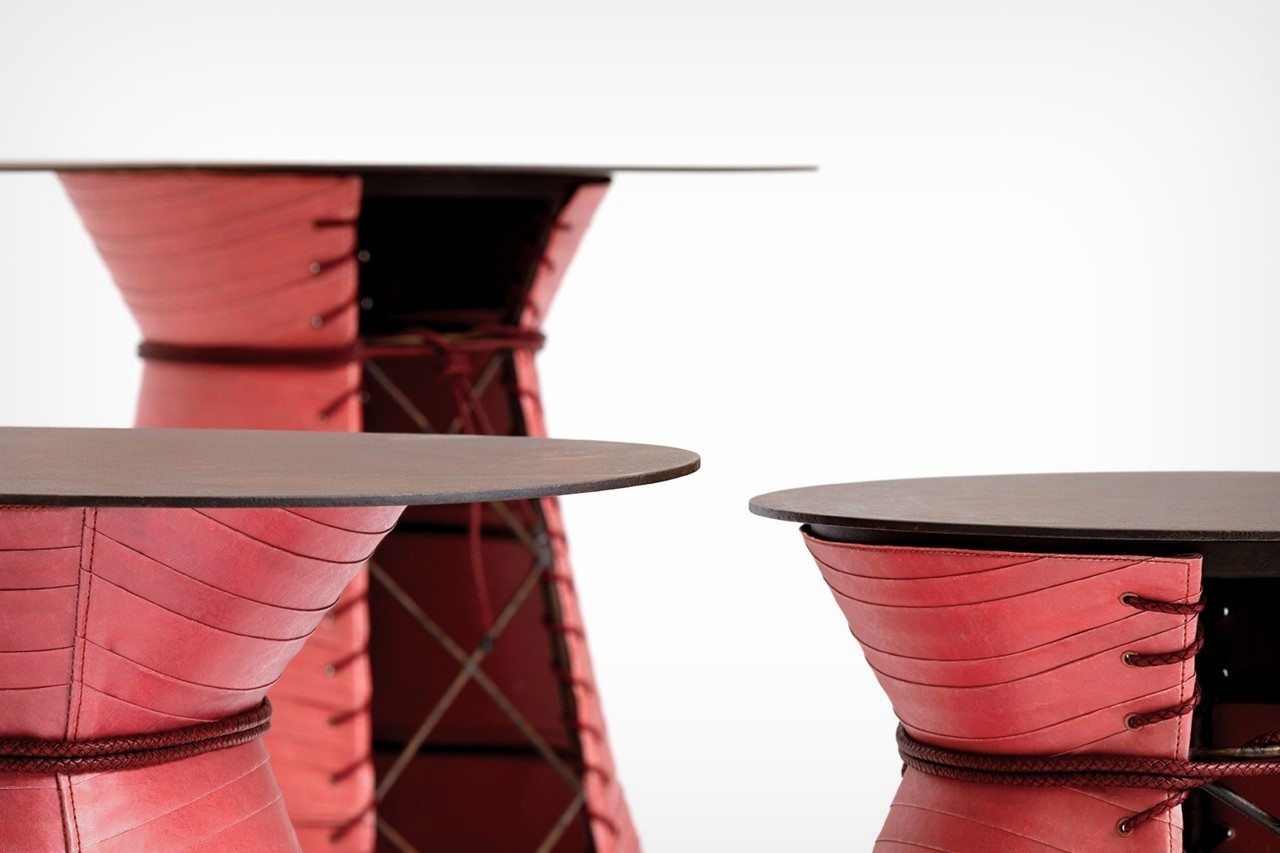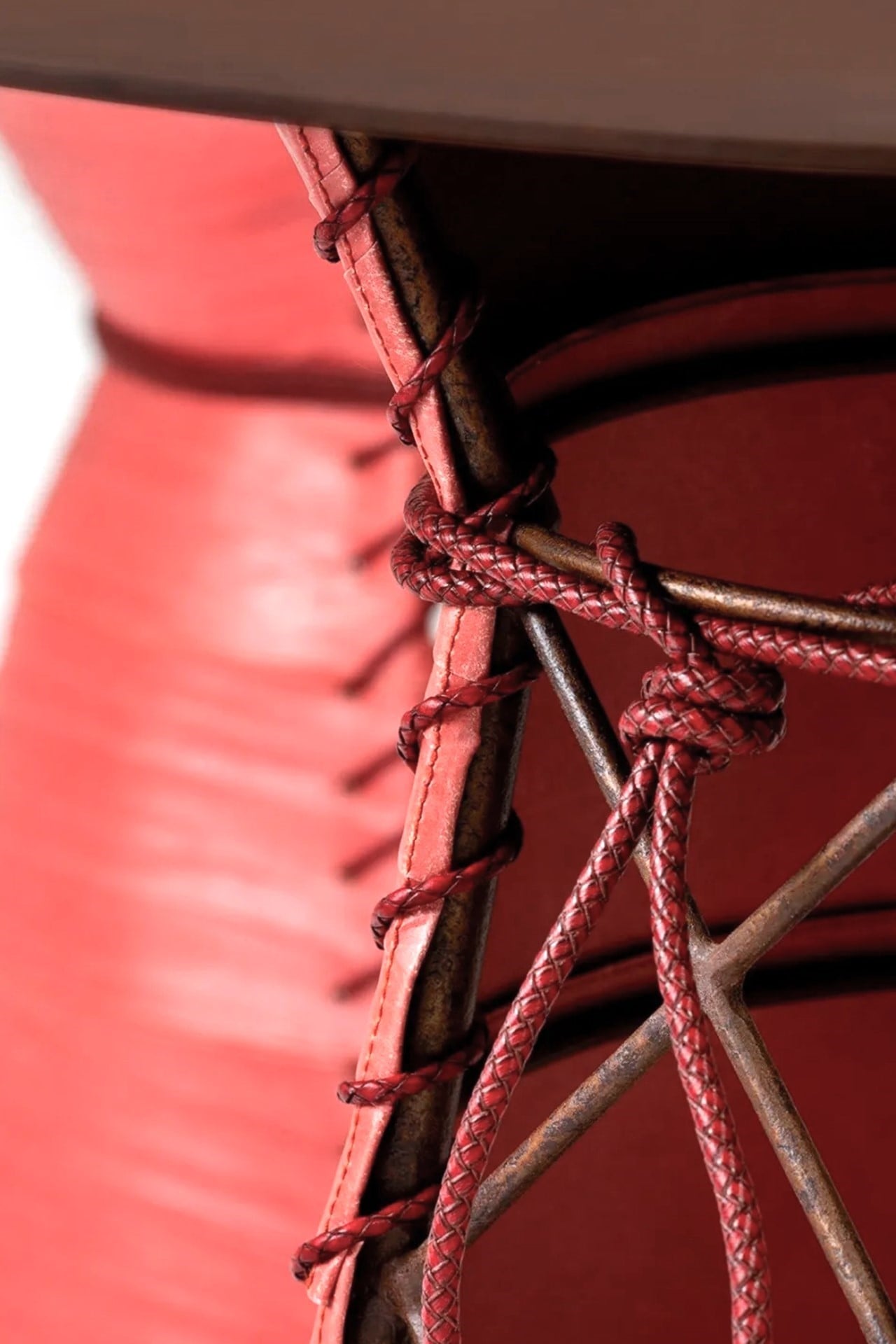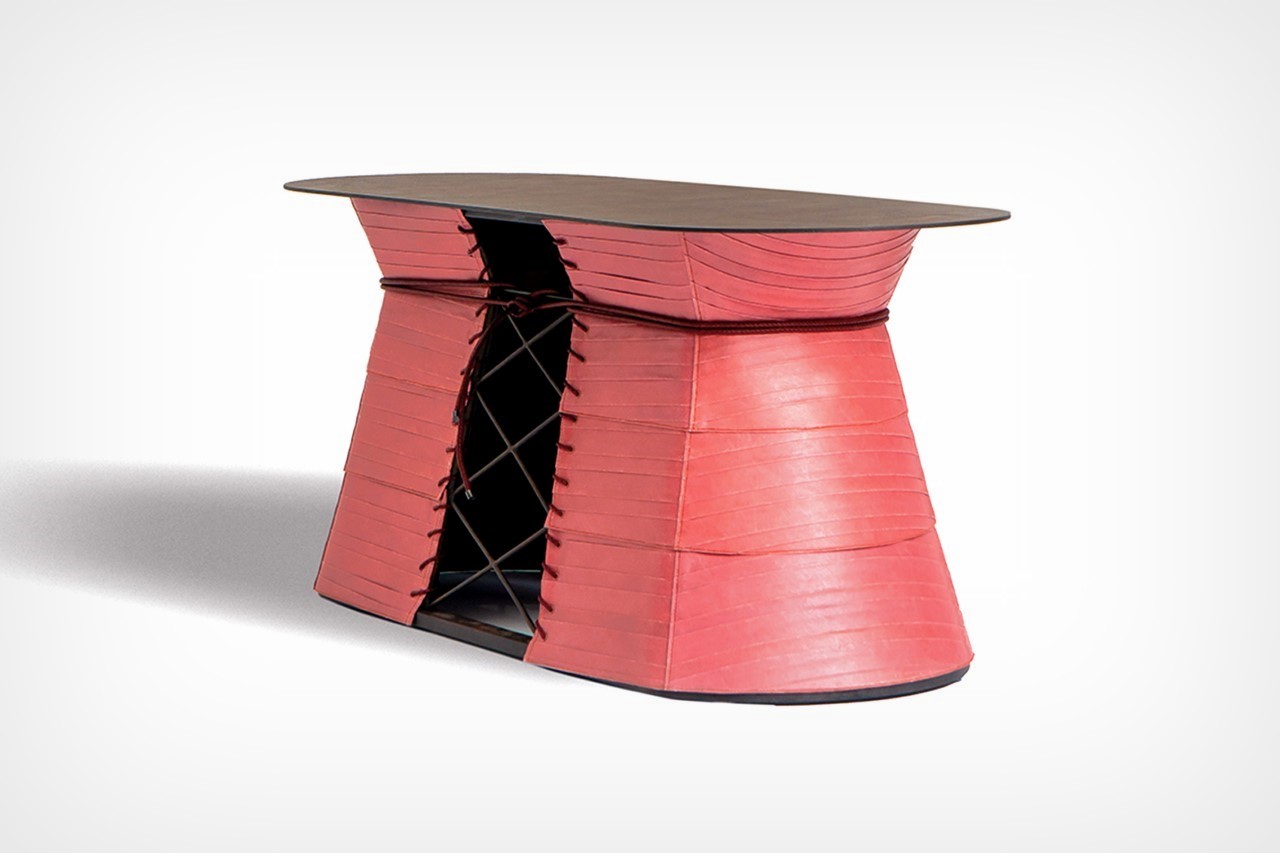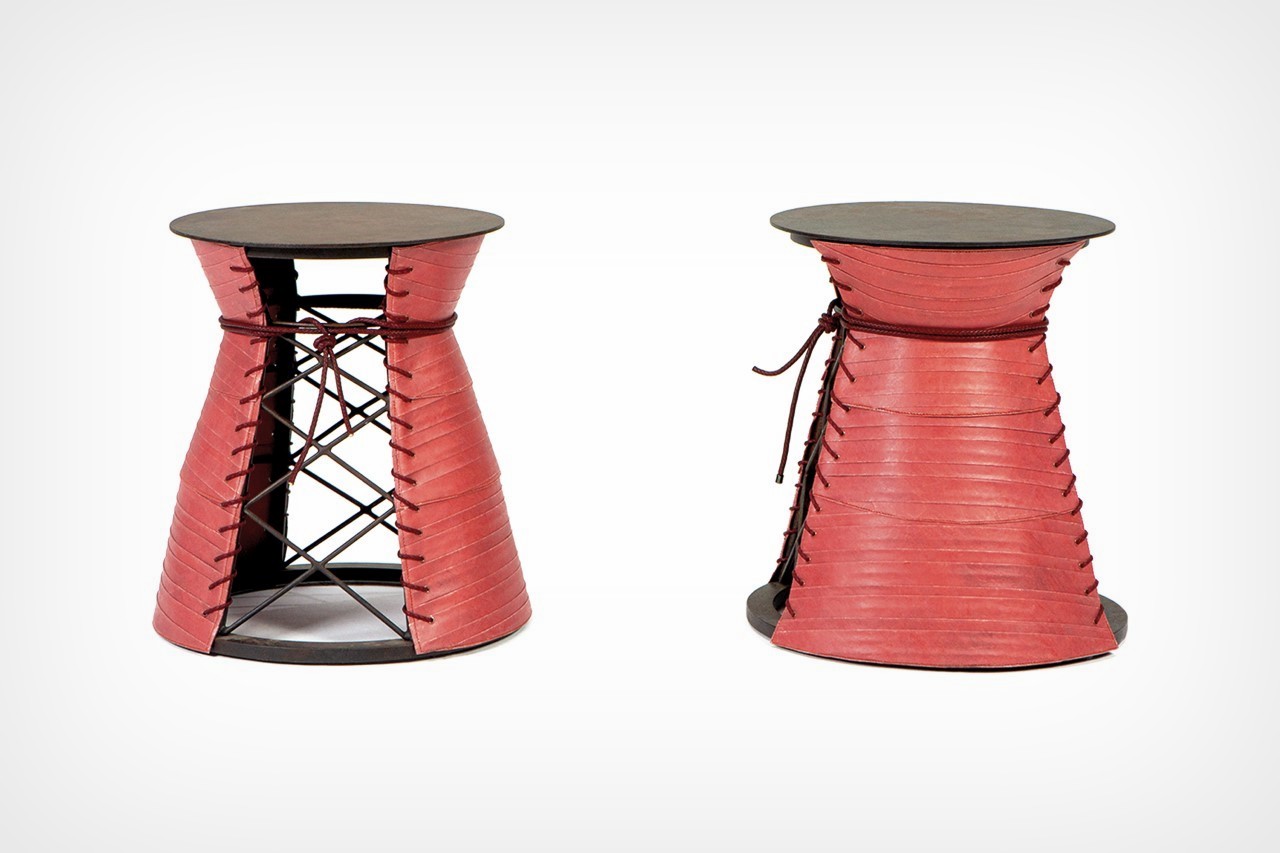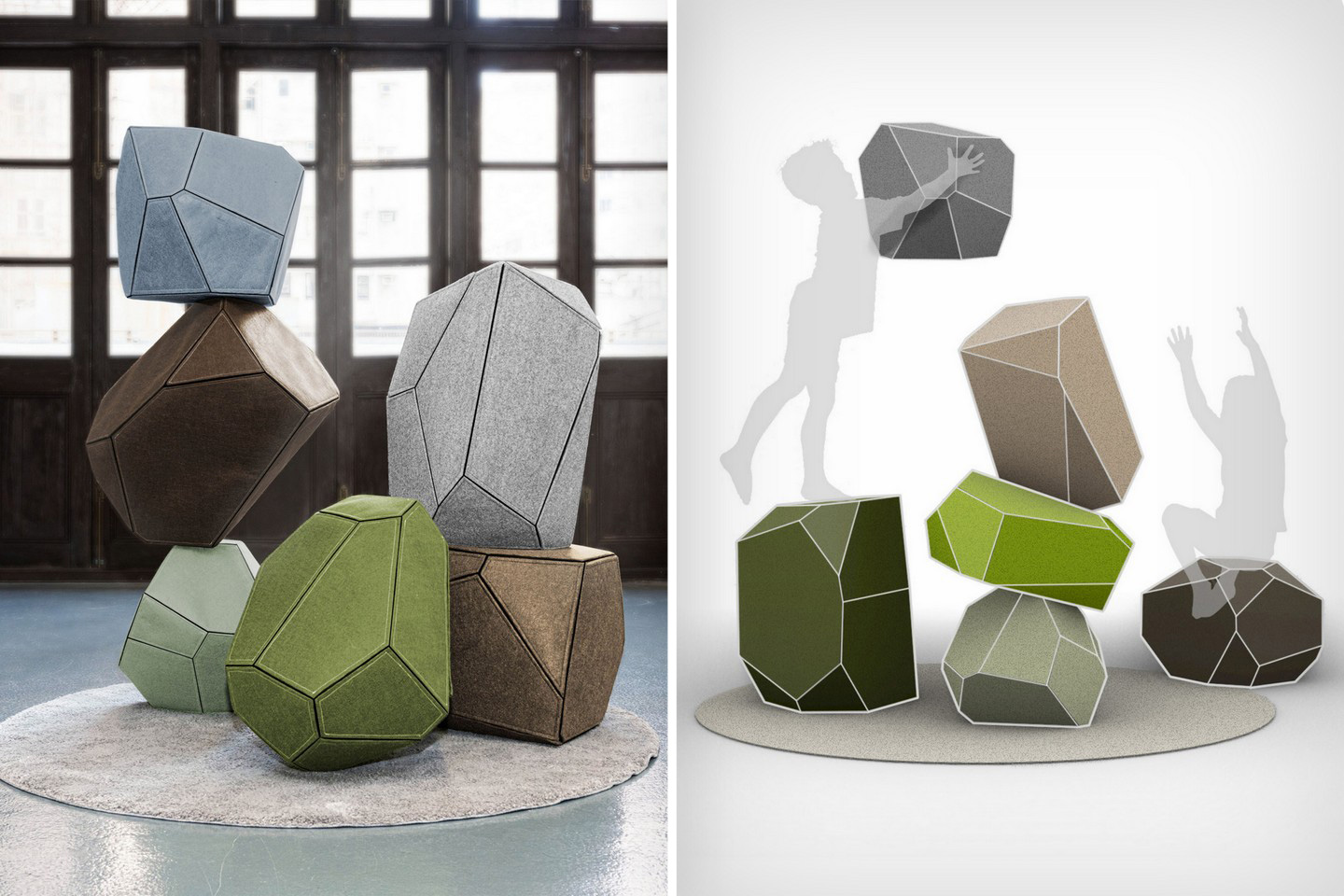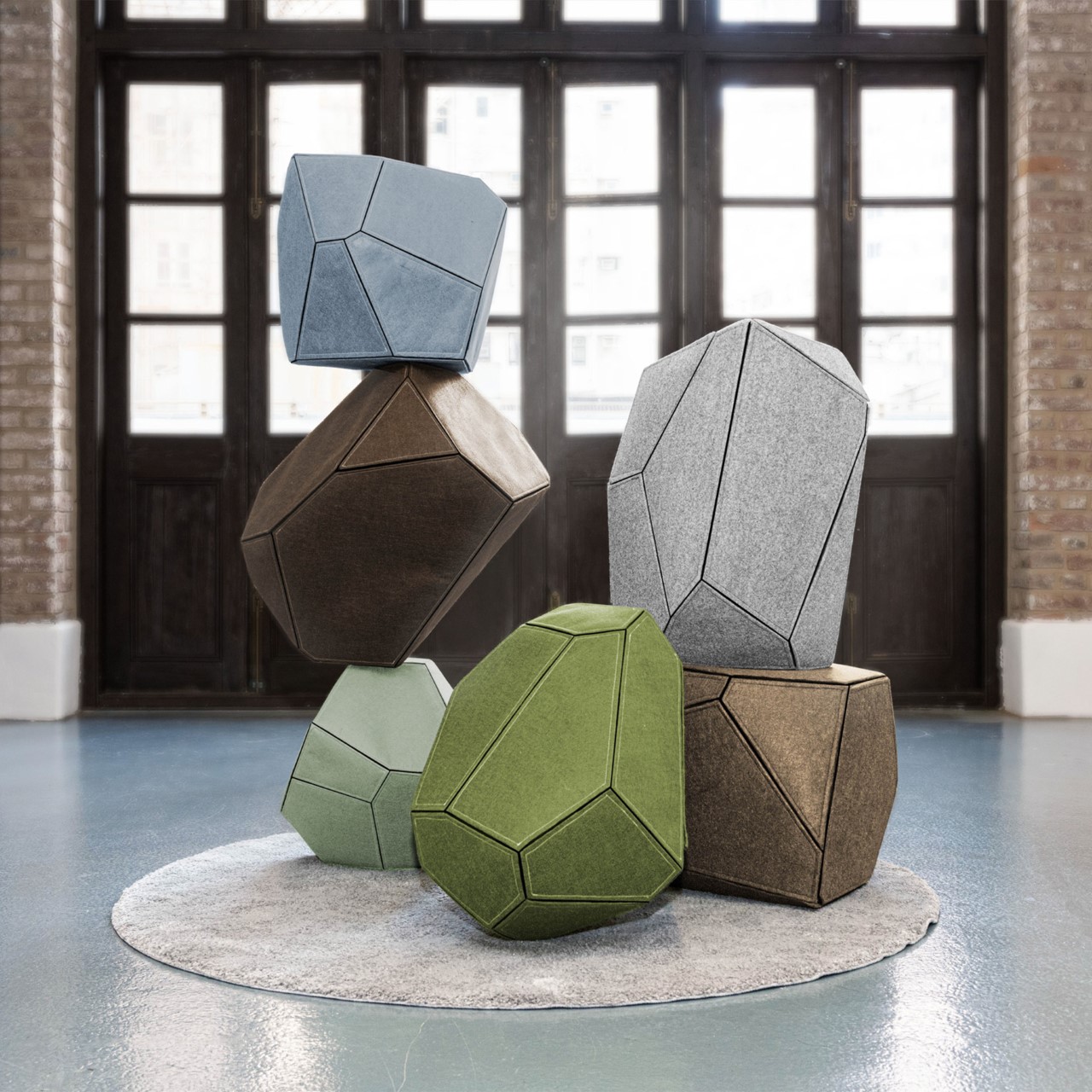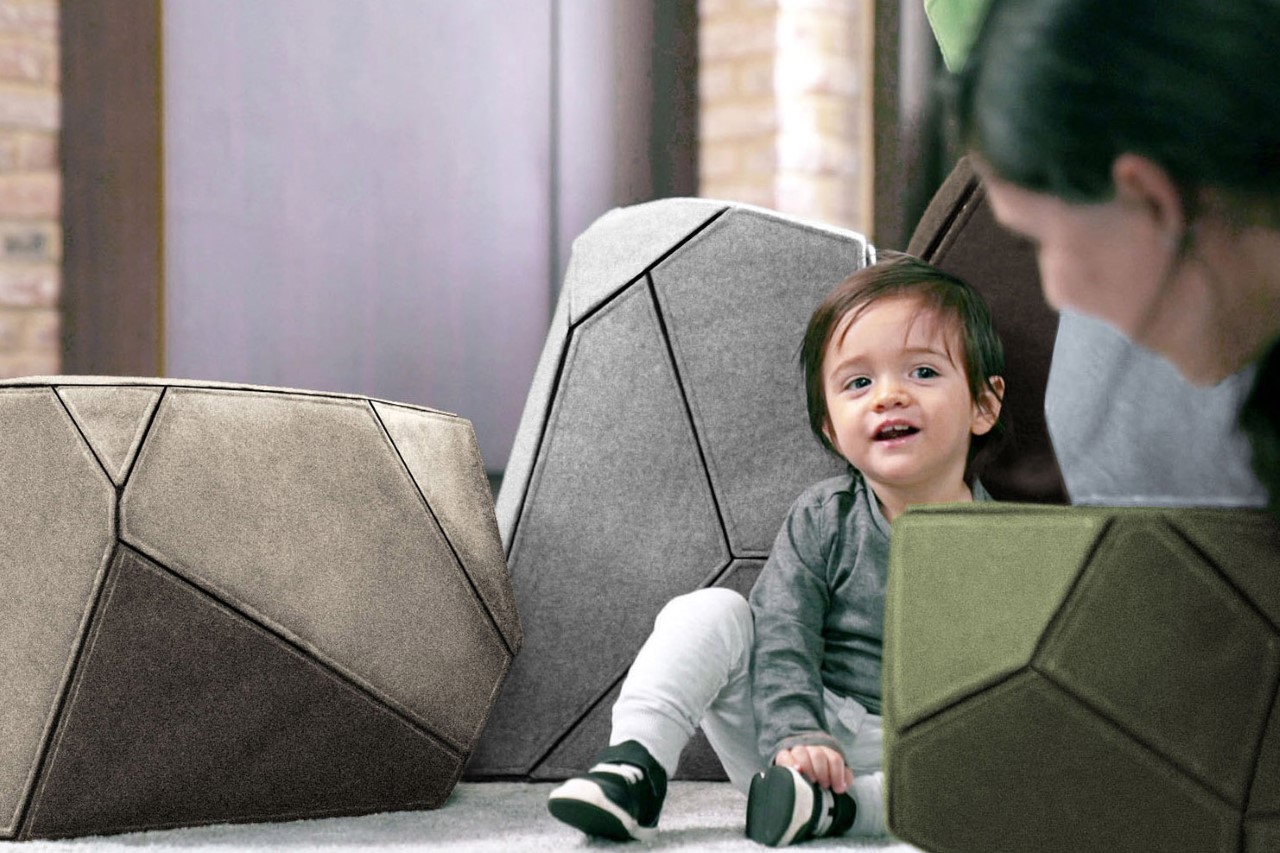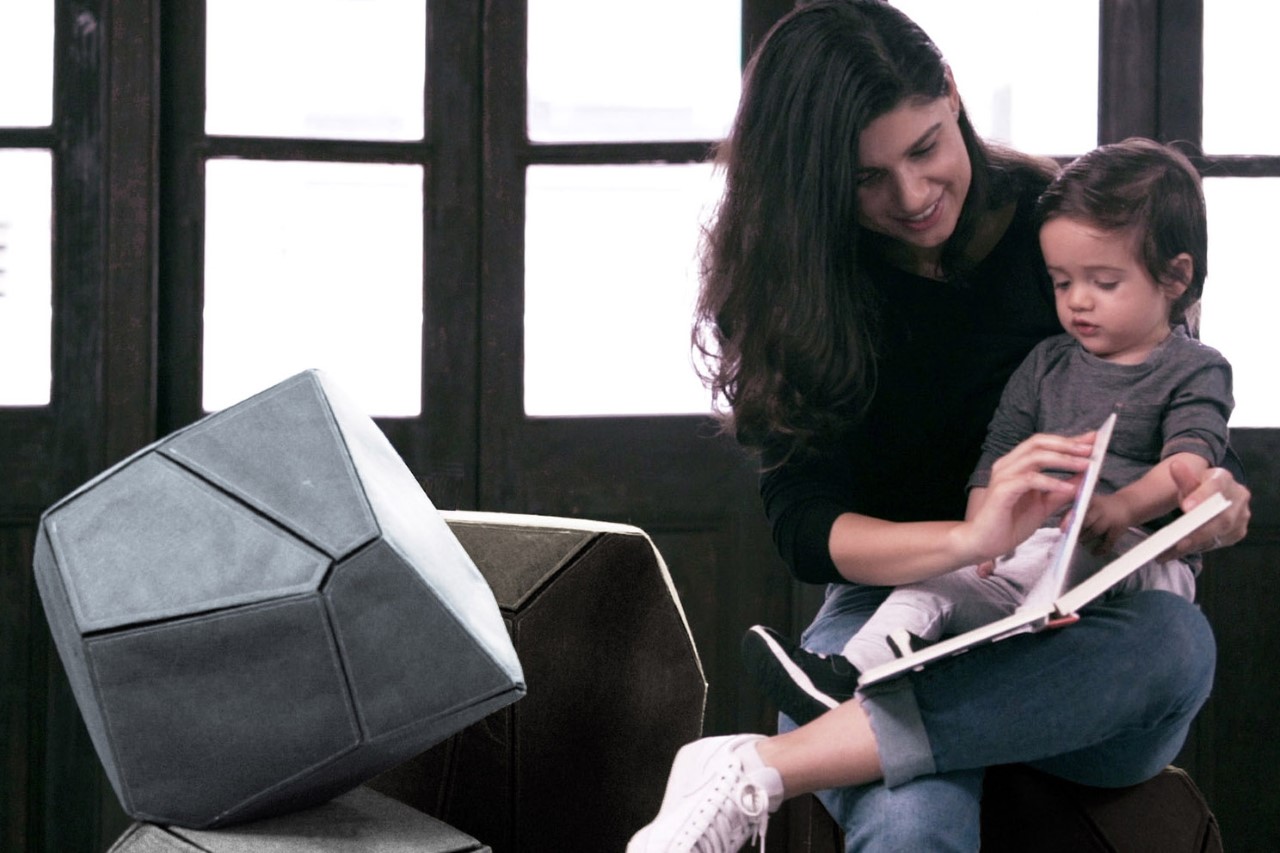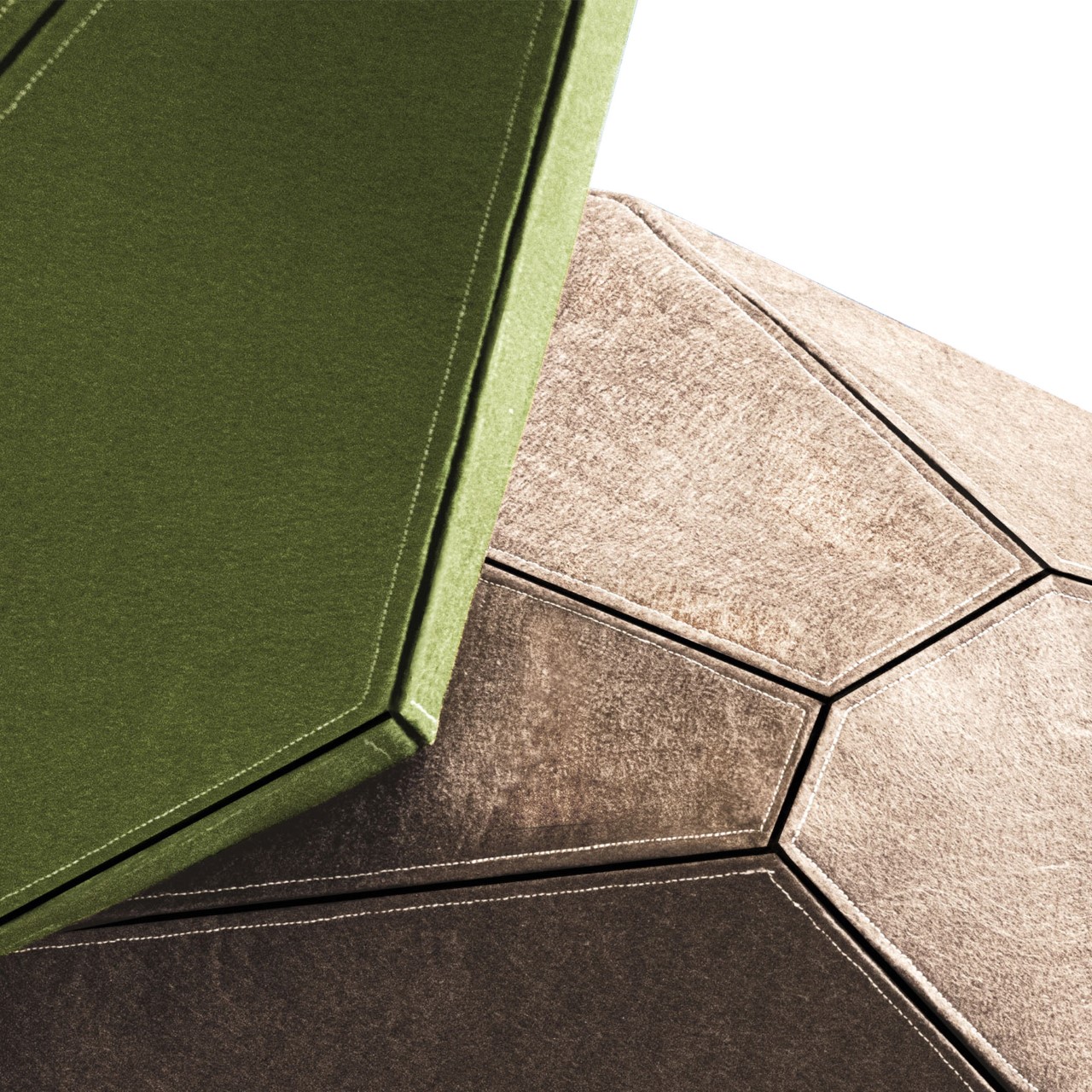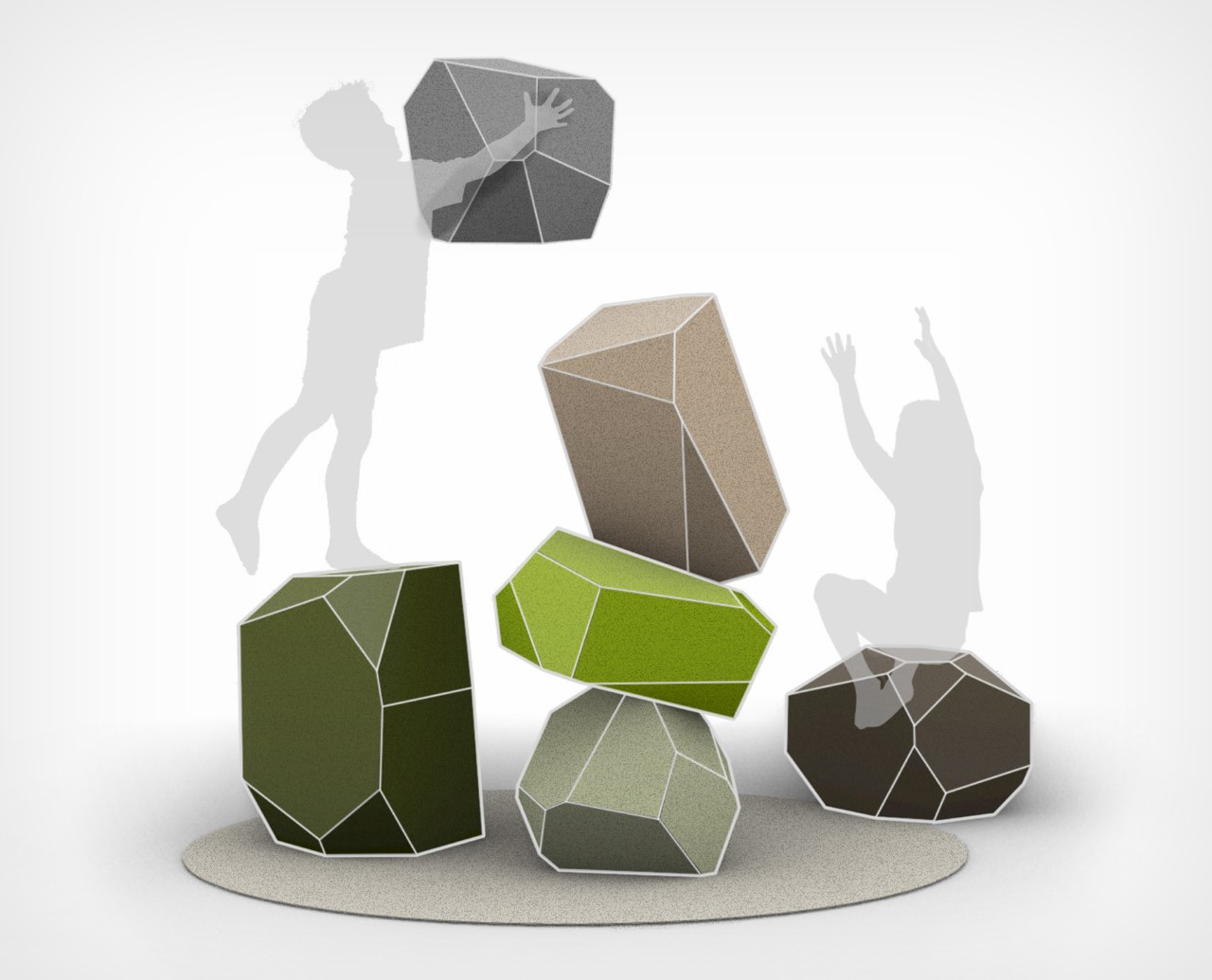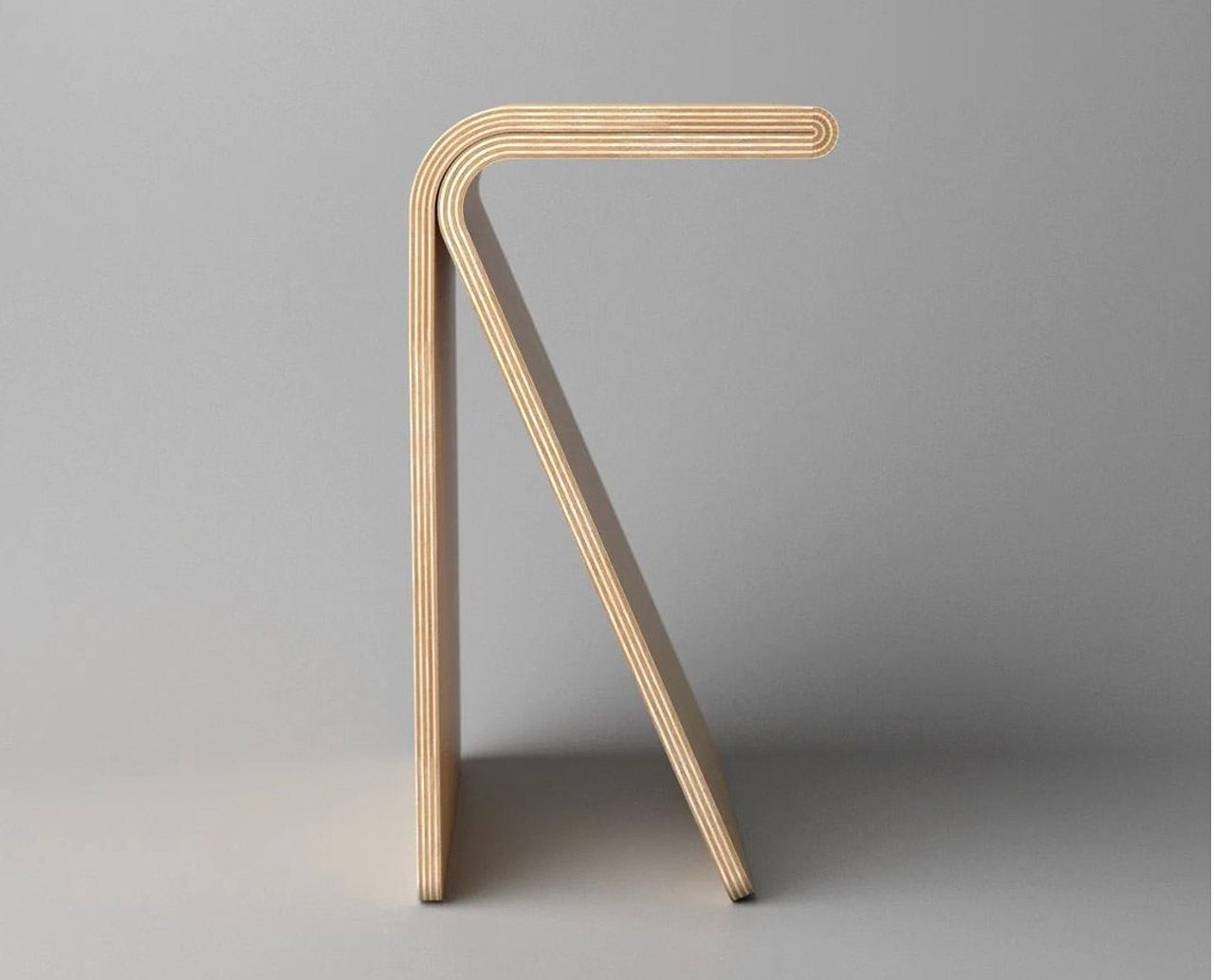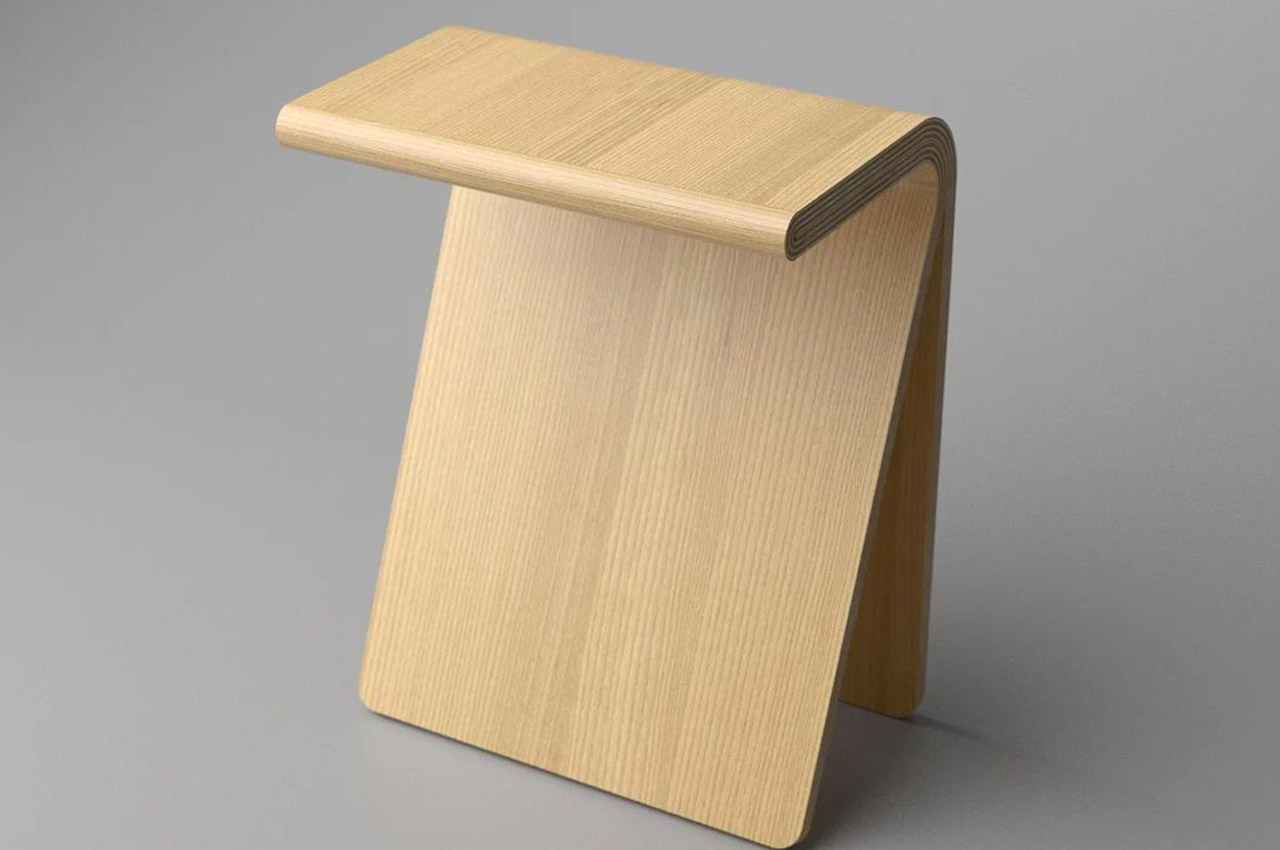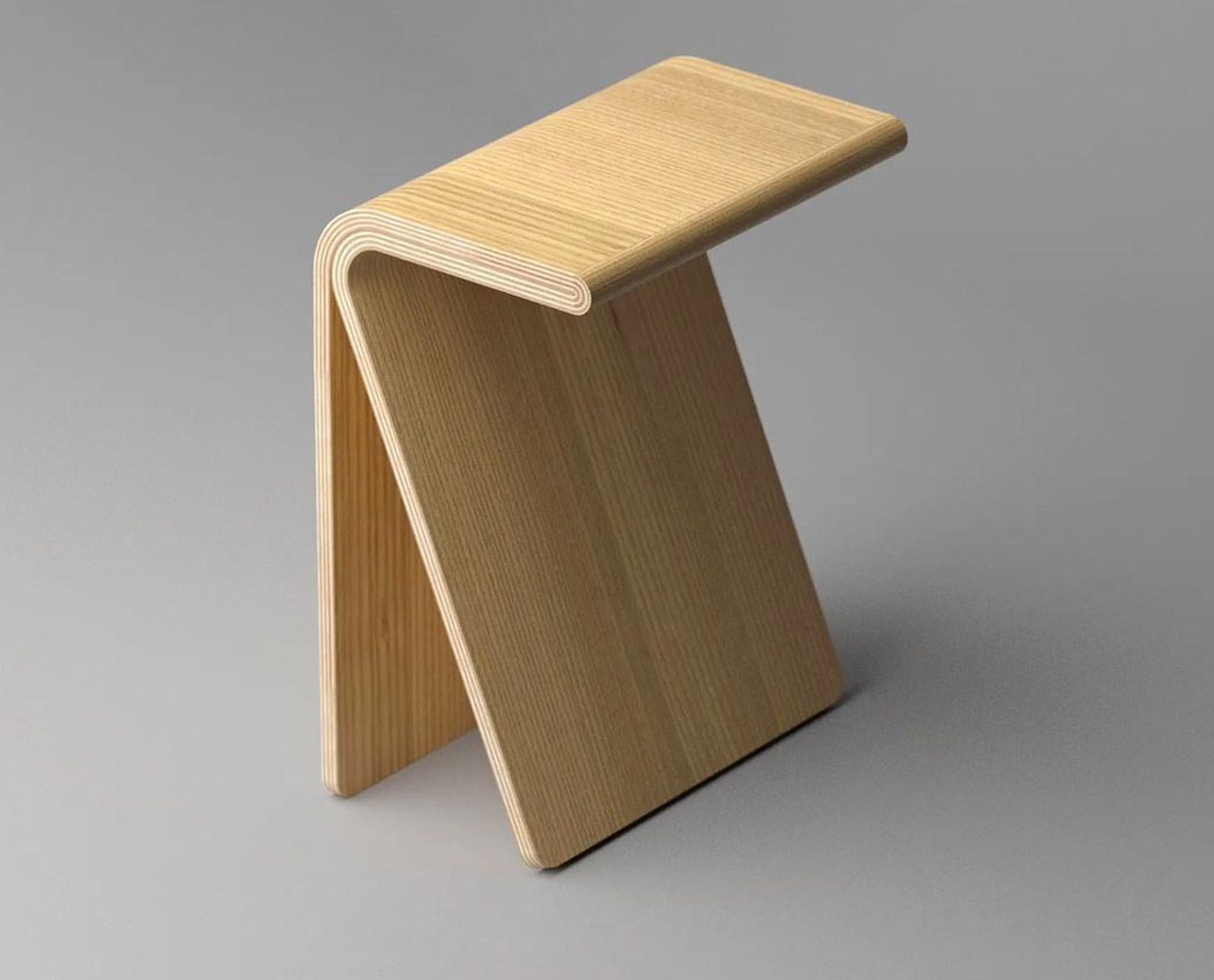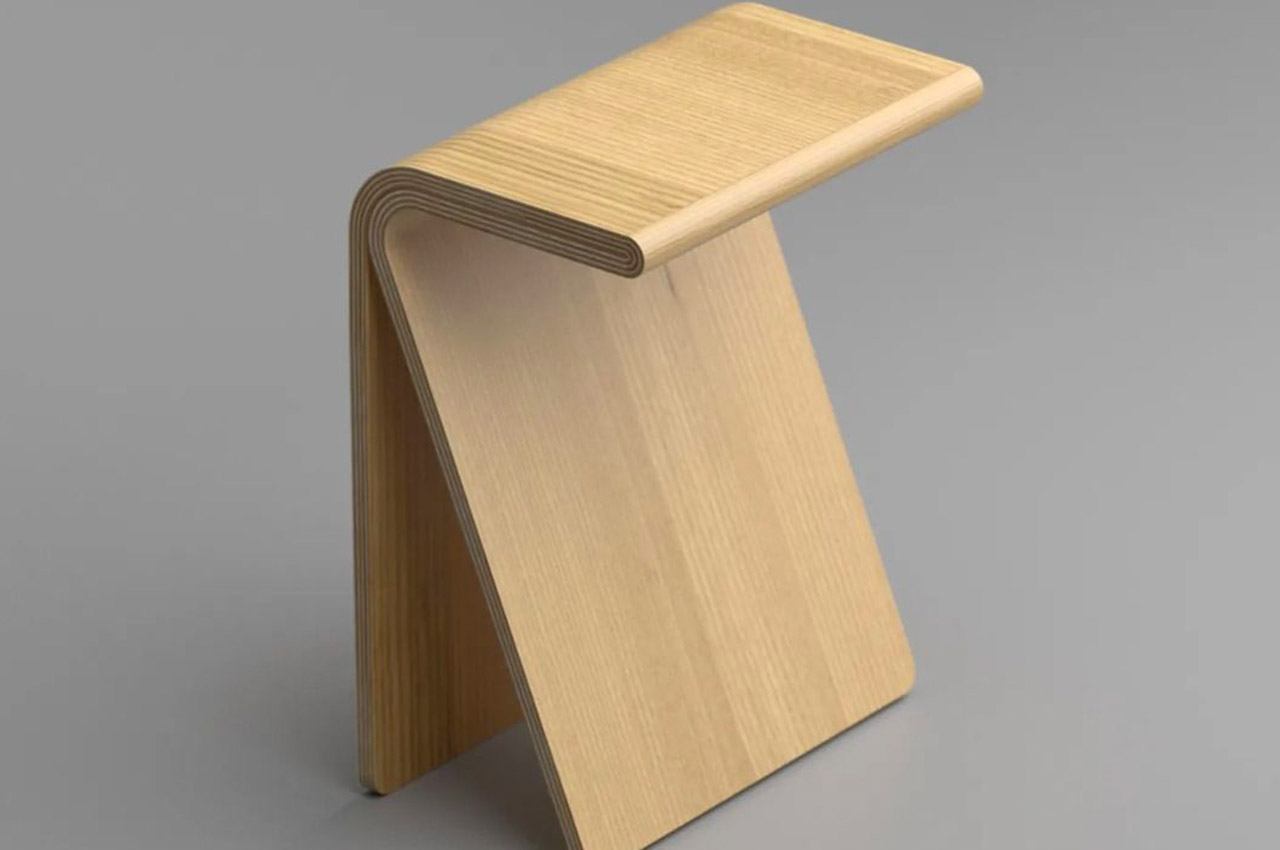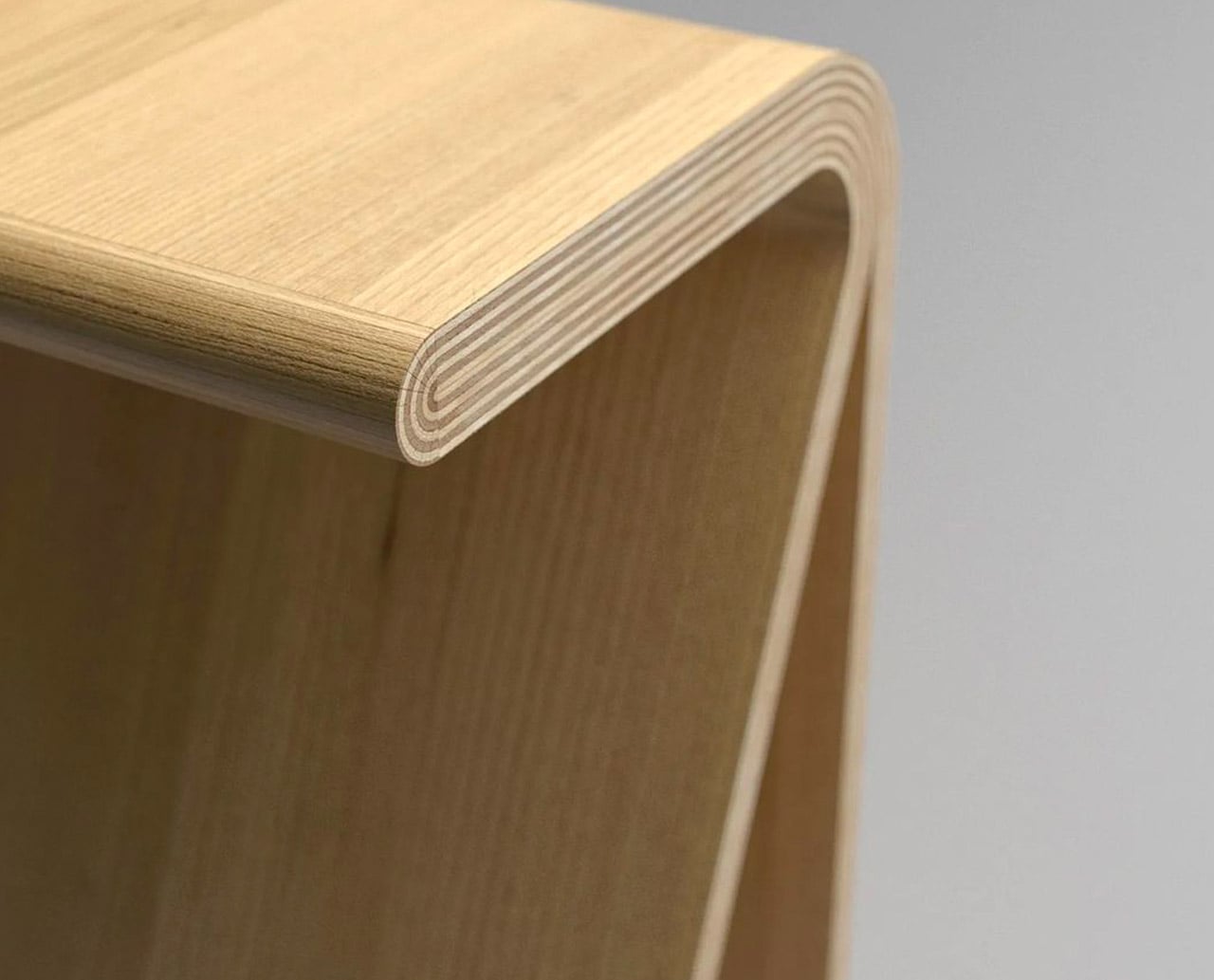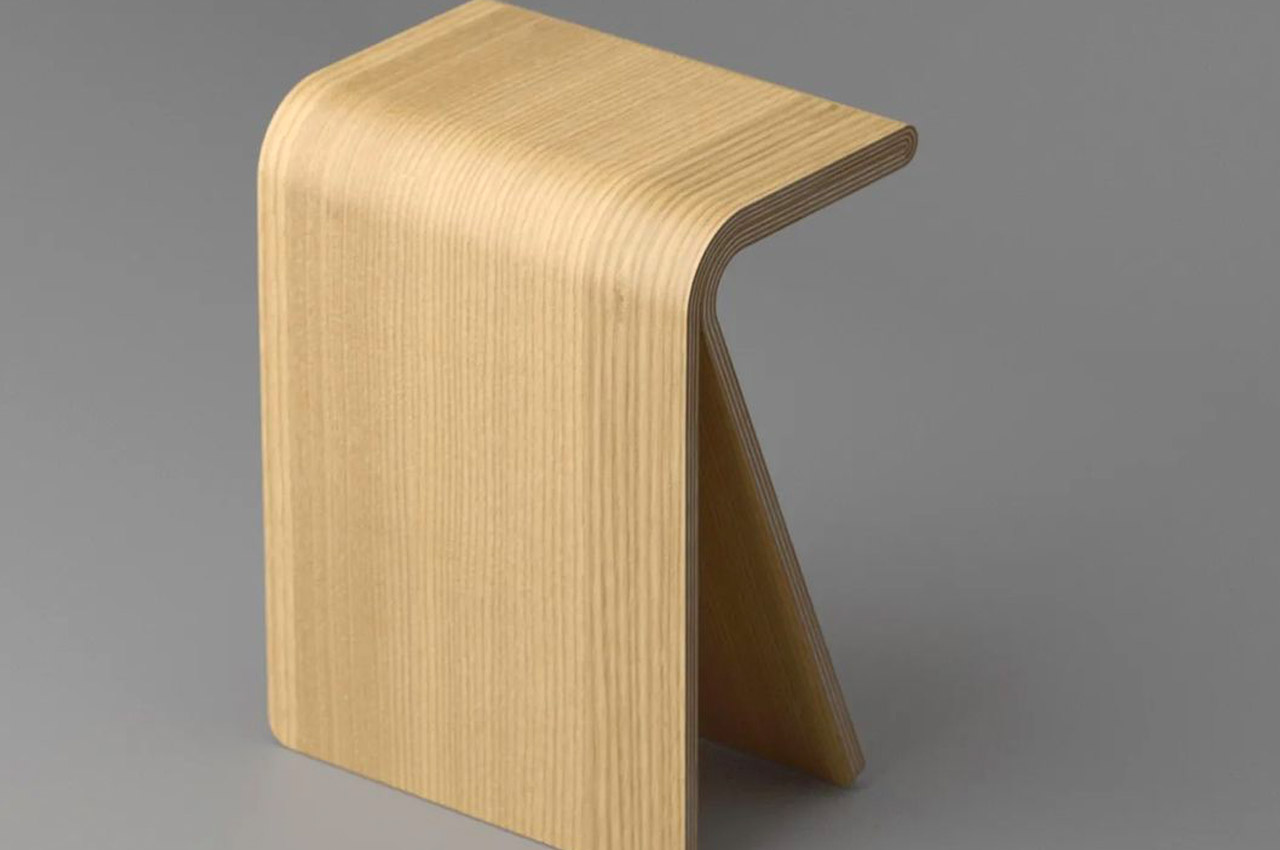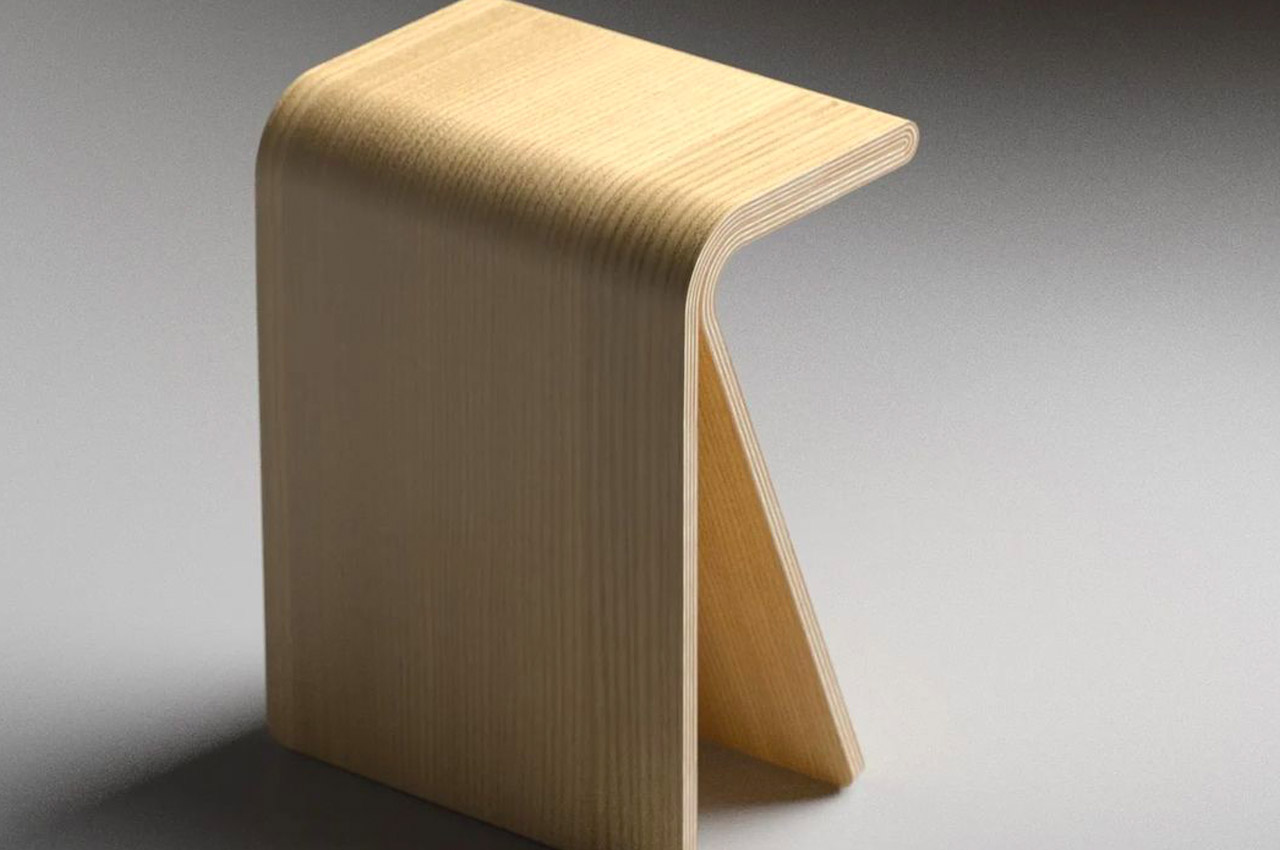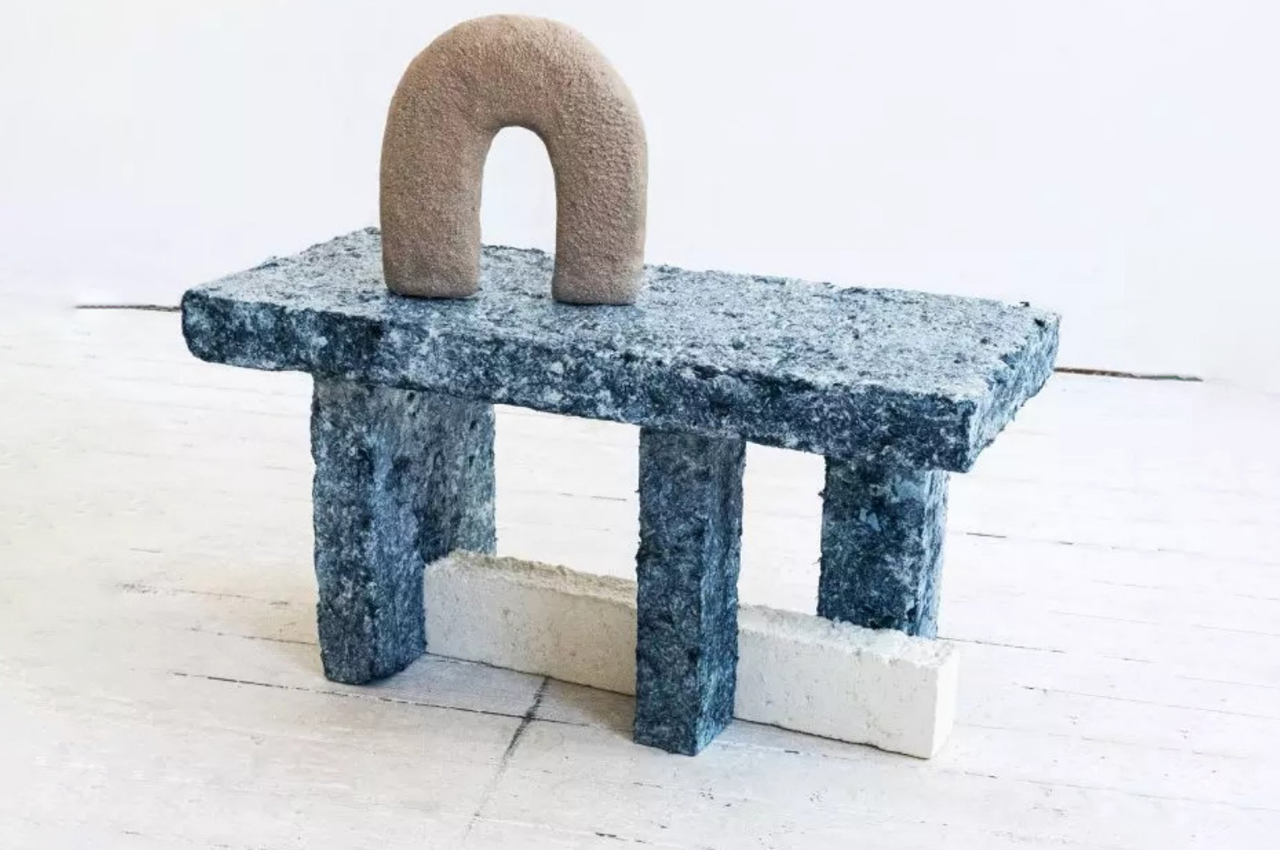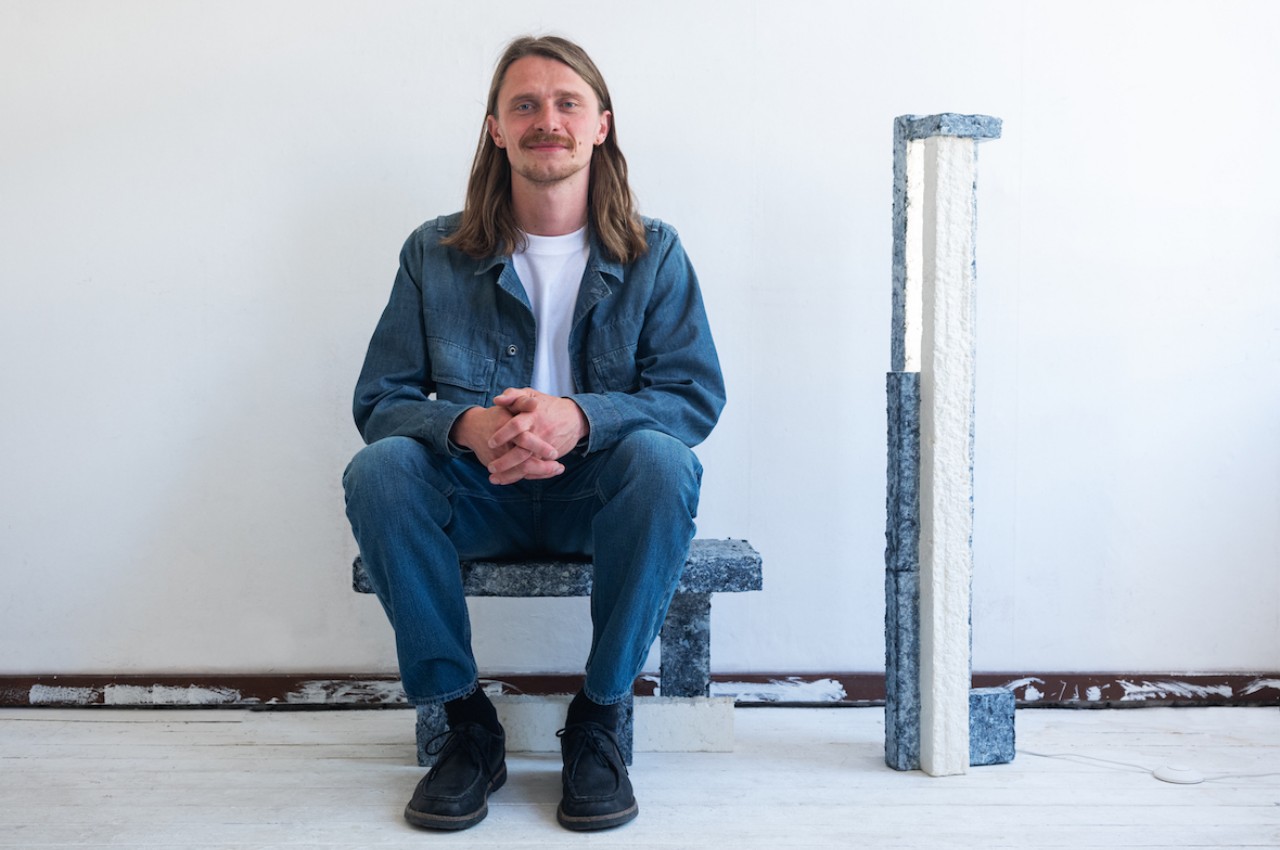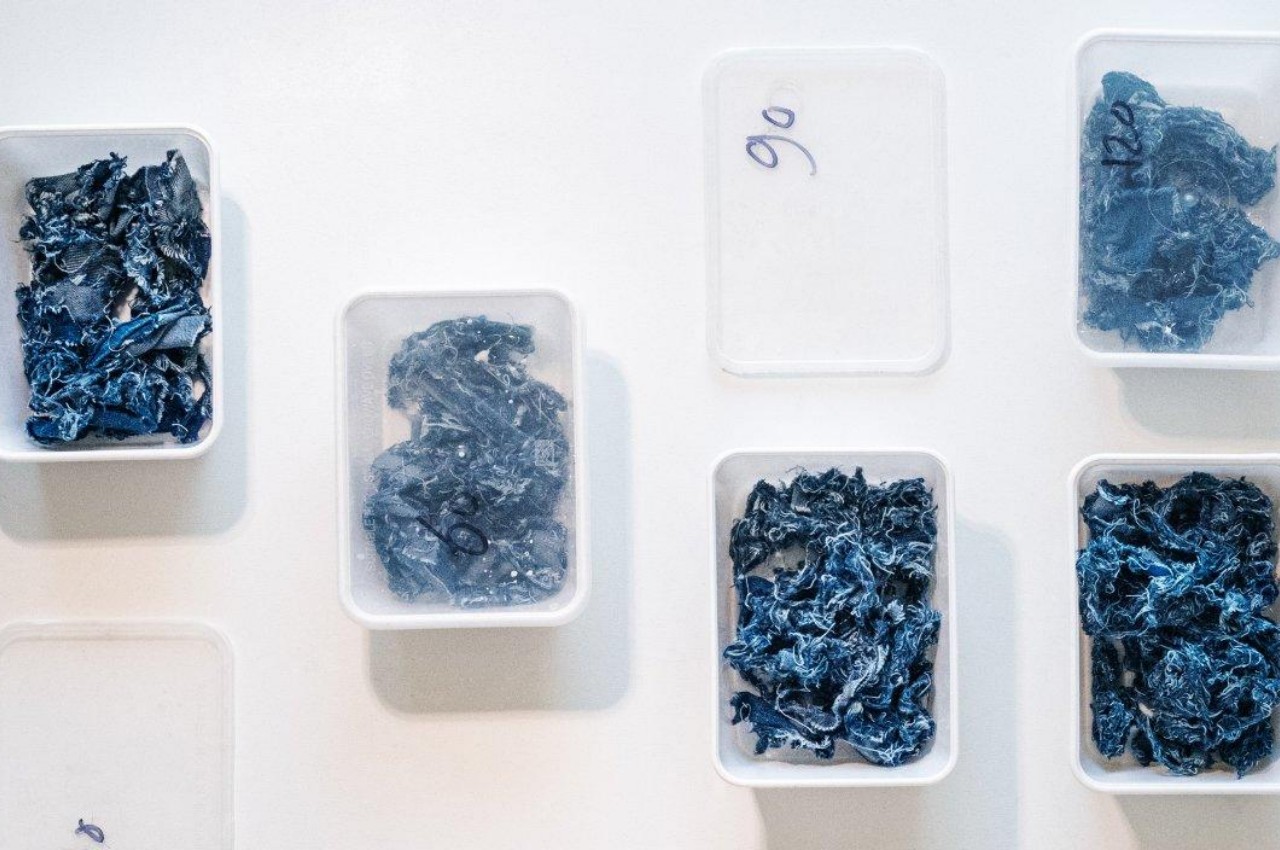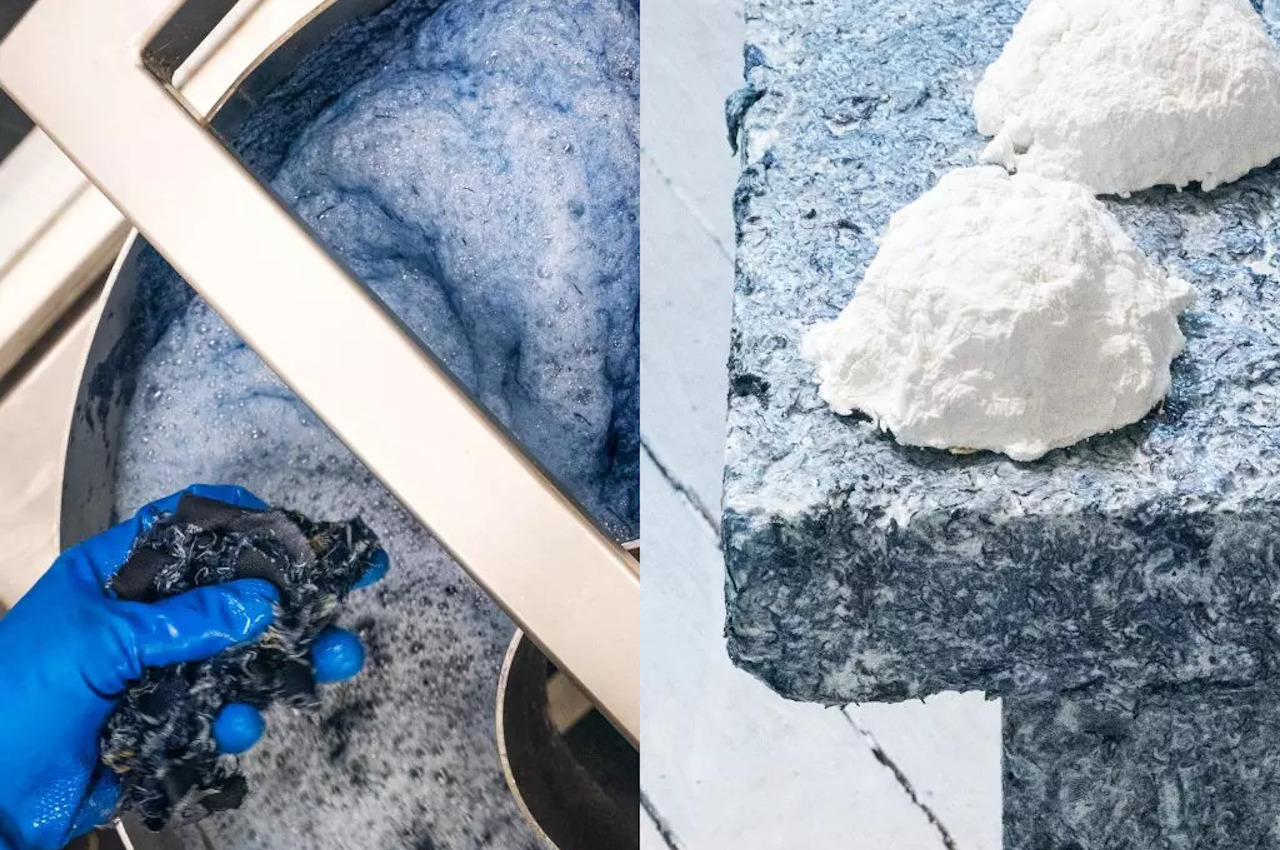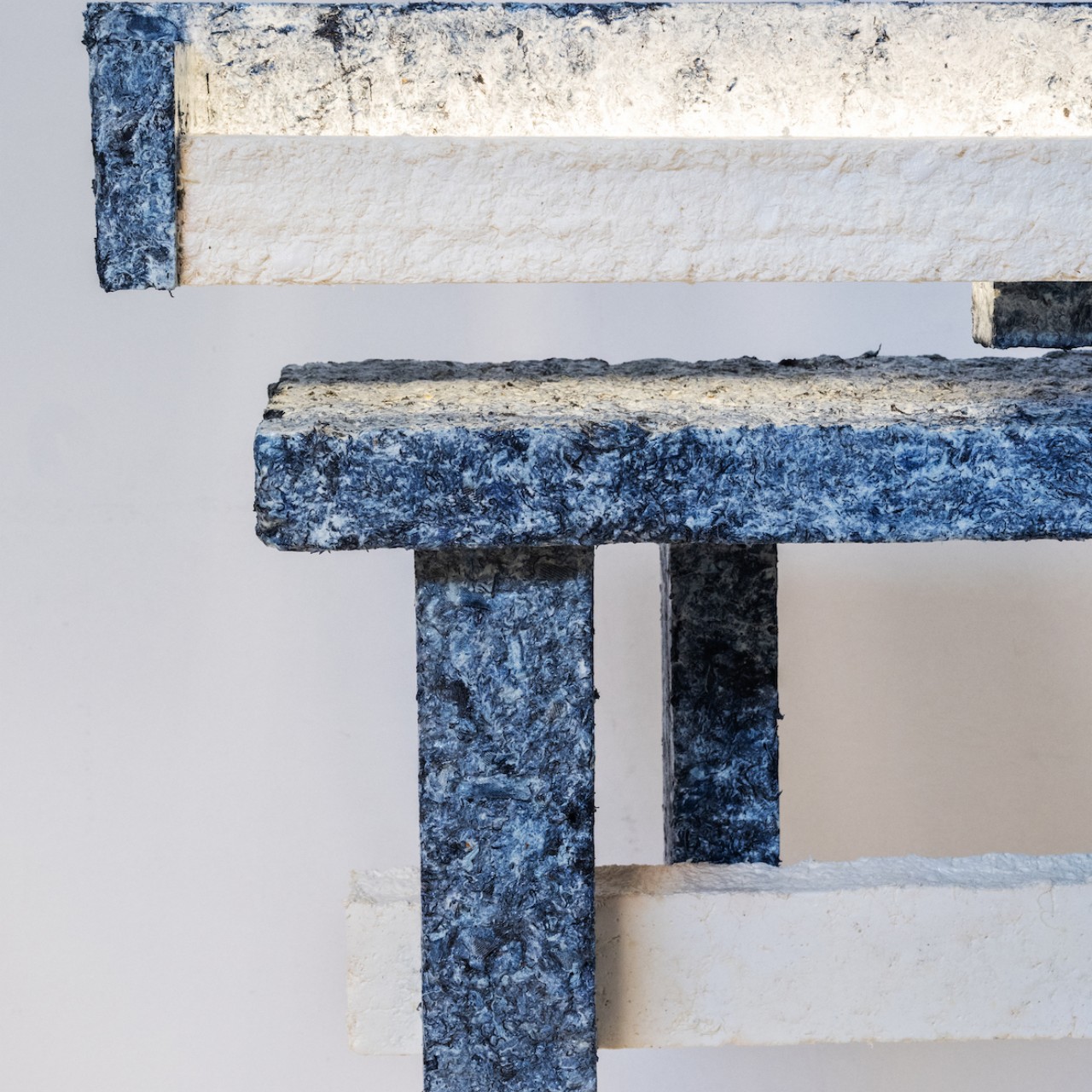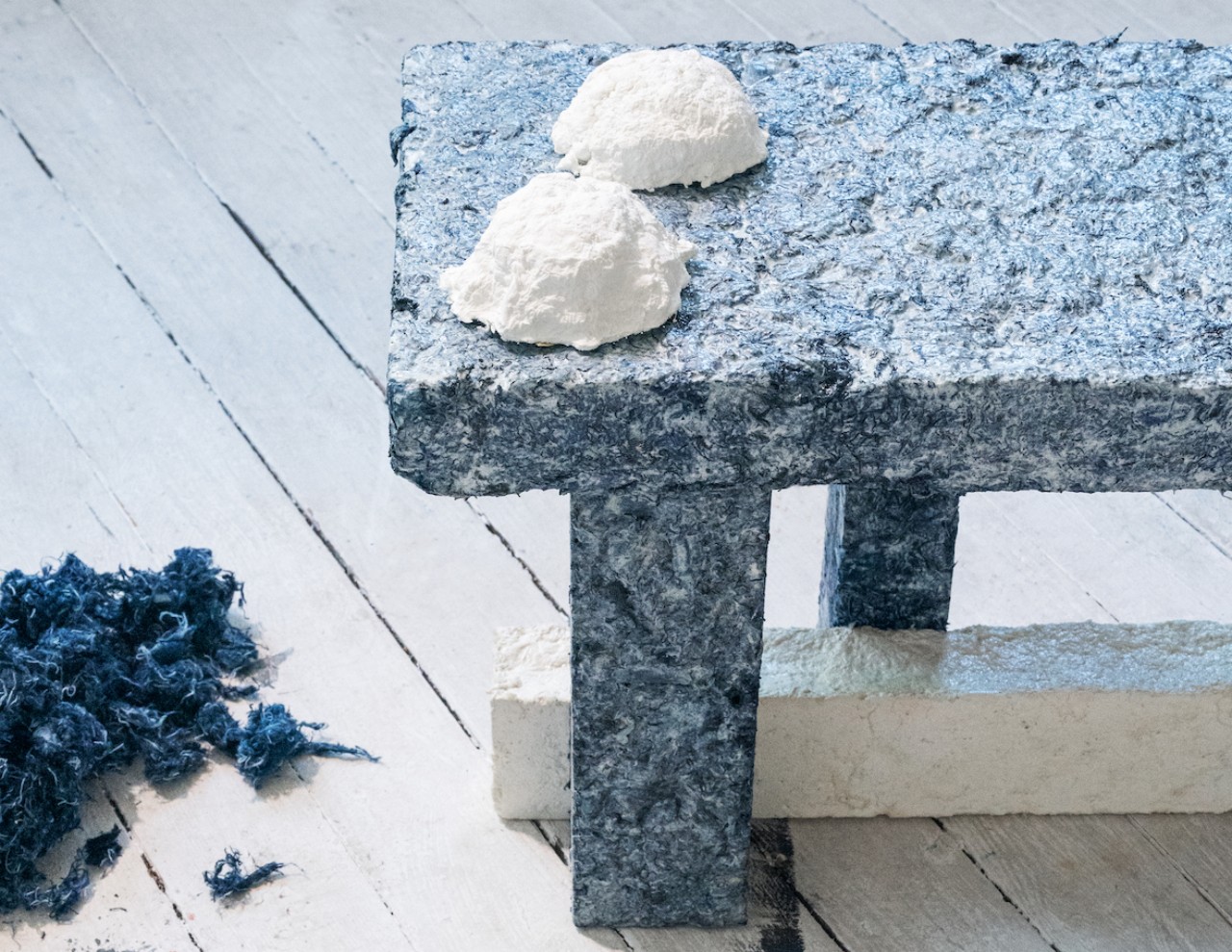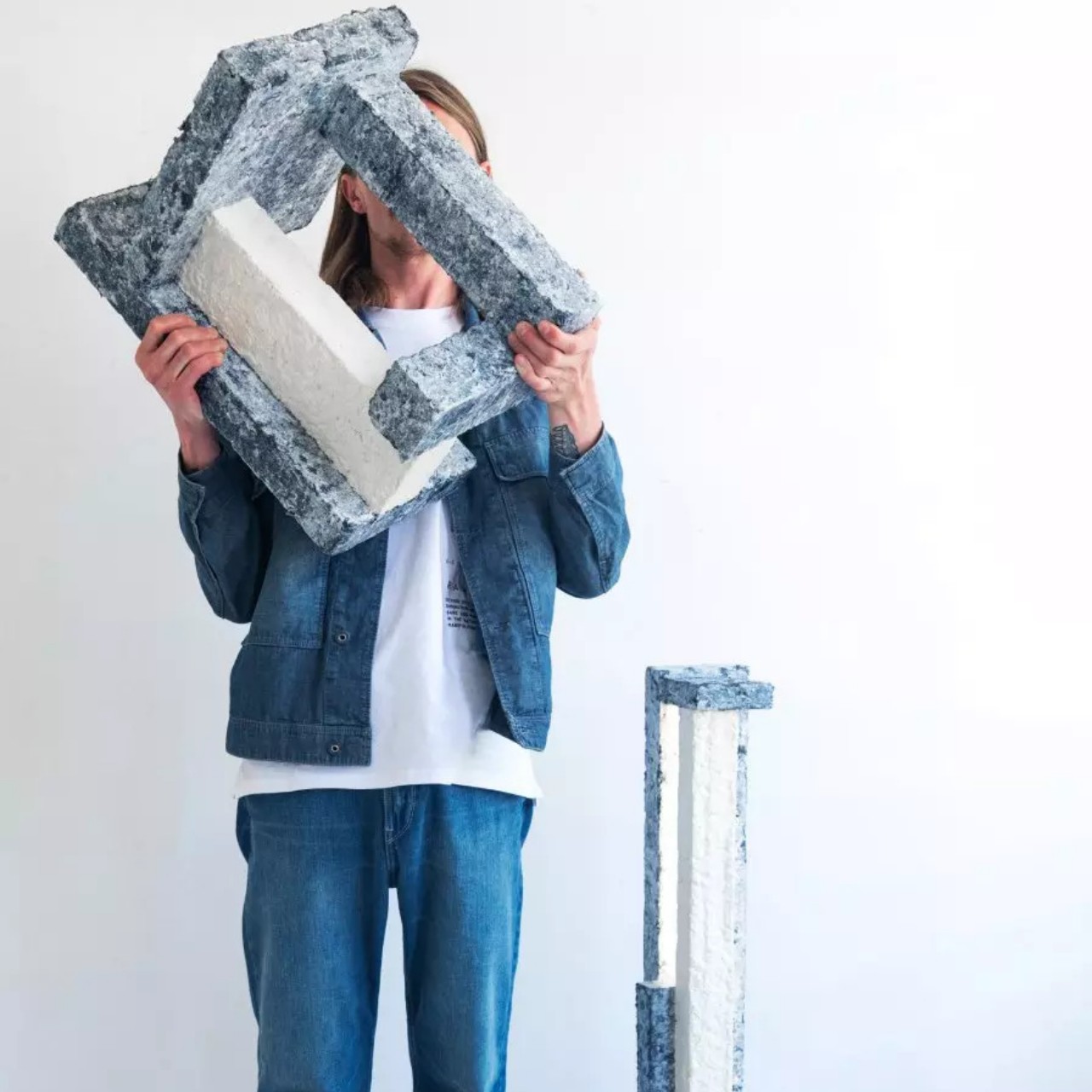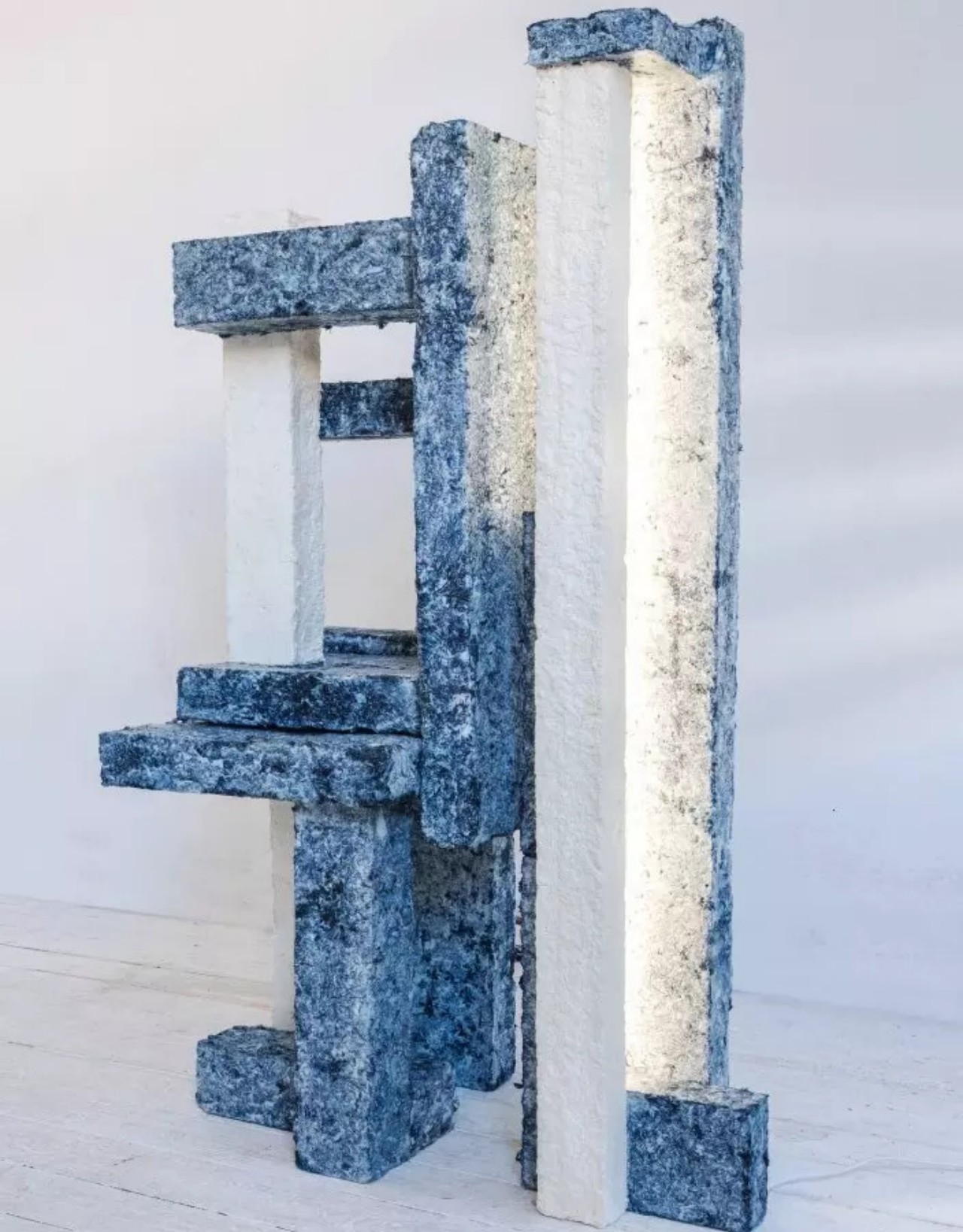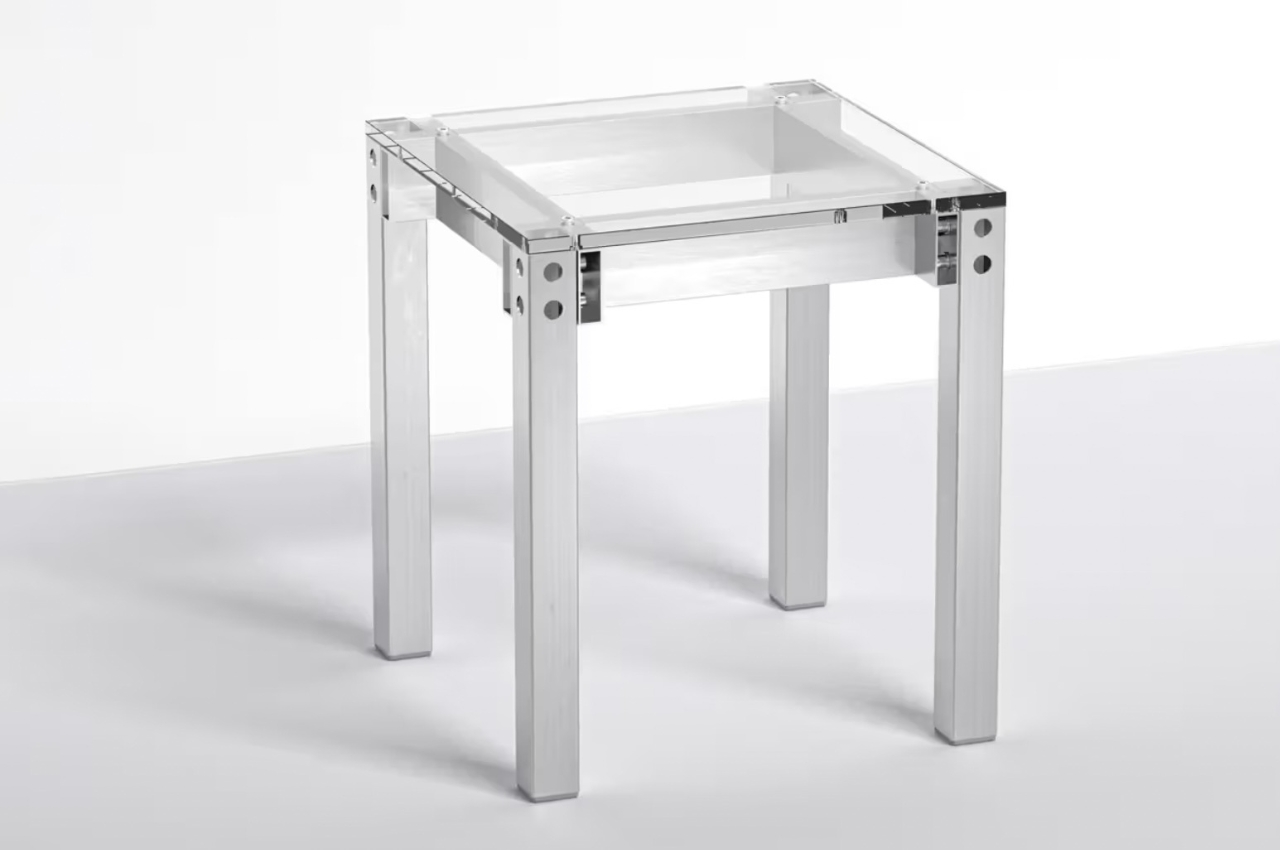
A lot of people have become more conscious about how the things that they consume are produced. A lot of brands and products have also jumped onto this bandwagon or hopefully, new lifestyle. Some of these are just cashing in on an eco-conscious society while some are pretty serious about really creating things that can be sustainable and at the same time, not giving up on the aesthetics and even adding affordability as a consideration. Furniture brand JOY Objects is one of those and their latest piece brings together “progressive design, small-scale production, and reasonable prices”.
Designer: Fredrik Paulsen

The JOY Stool One can be a side table, a chair, or whatever you need it to be. But what makes this minimalist piece of furniture stand out, so to speak, is that it is produced from recycled aluminum and can actually claim that it is produced with a lower carbon footprint. It is actually the first piece of furniture that is based on Hydro Extrusion’s Swedish EPD or Environment Product Declaration. Its carbon footprint is 3.58 kilo CO2 eq. per kilogram of aluminum produced. In case those numbers don’t mean anything to you, it is actually lower compared to the European average in the industry.

In terms of the design, it maintains the minimalist aesthetic we’ve come to expect from Swedish designers but also brings a bit of playfulness to its look. The Hydro Restore Innovate aluminum and recycled acrylic brings it a shiny but at the same time, peaceful and Zen vibe. Its simple square and transparent look means you can use it as a side table for your drinks or books. Whatever you place on it seems to become a bit cooler and instagrammable.


But of course, as stated in its name, it can also be used as a stool. It may look delicate but the aluminum should be sturdy enough to hold a human. I don’t know how comfortable you’ll be on it but at least you would also look picturesque. And the important thing about the JOY Stool One is that the makers mean it when they say they it is sustainable, from the materials to the manufacturing to the packaging. The price may be a bit steeper than other stools but it should be worth it.

The post Minimalist stool made from recycled aluminum boasts a carbon footprint lower than the European average first appeared on Yanko Design.
